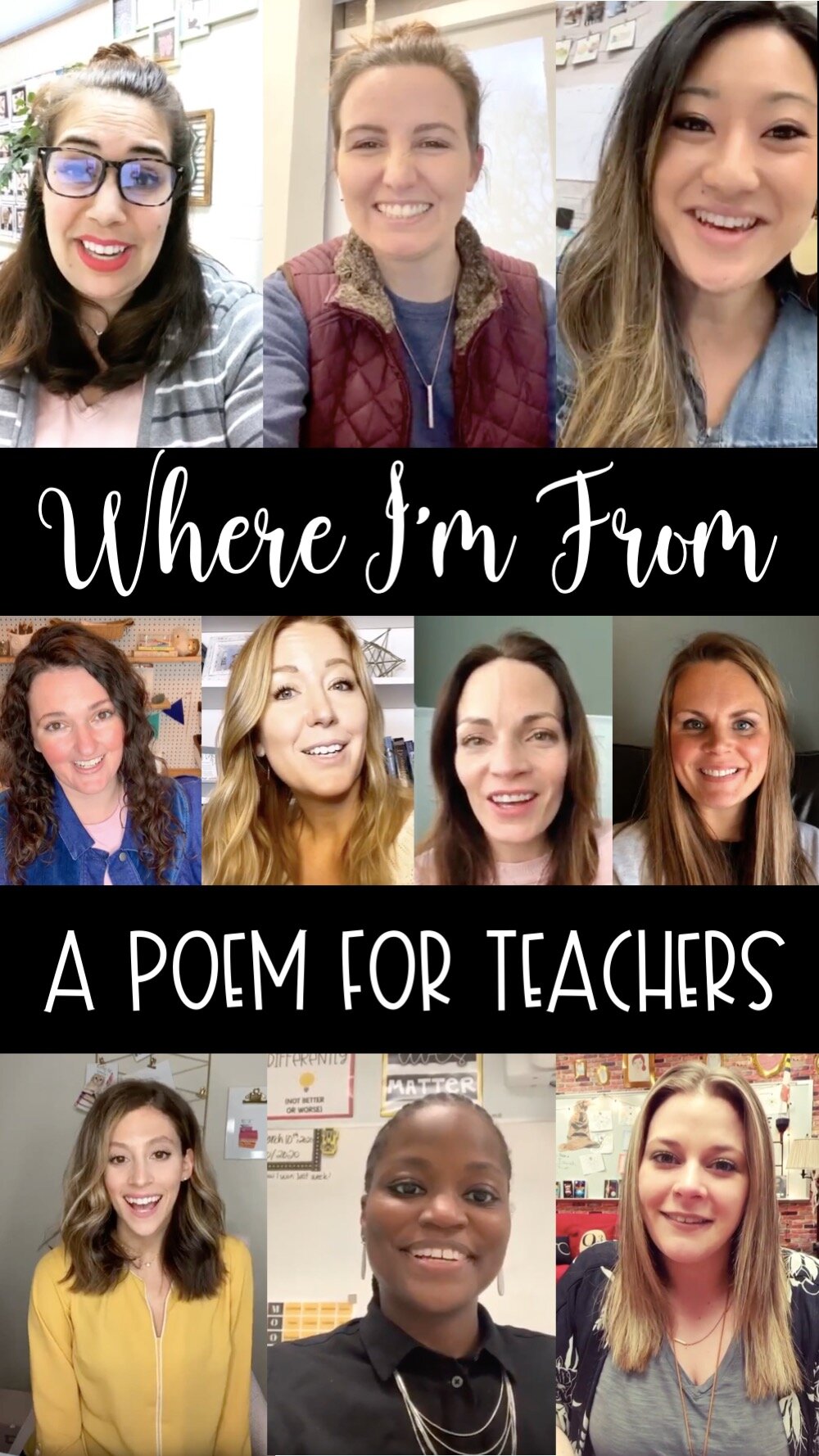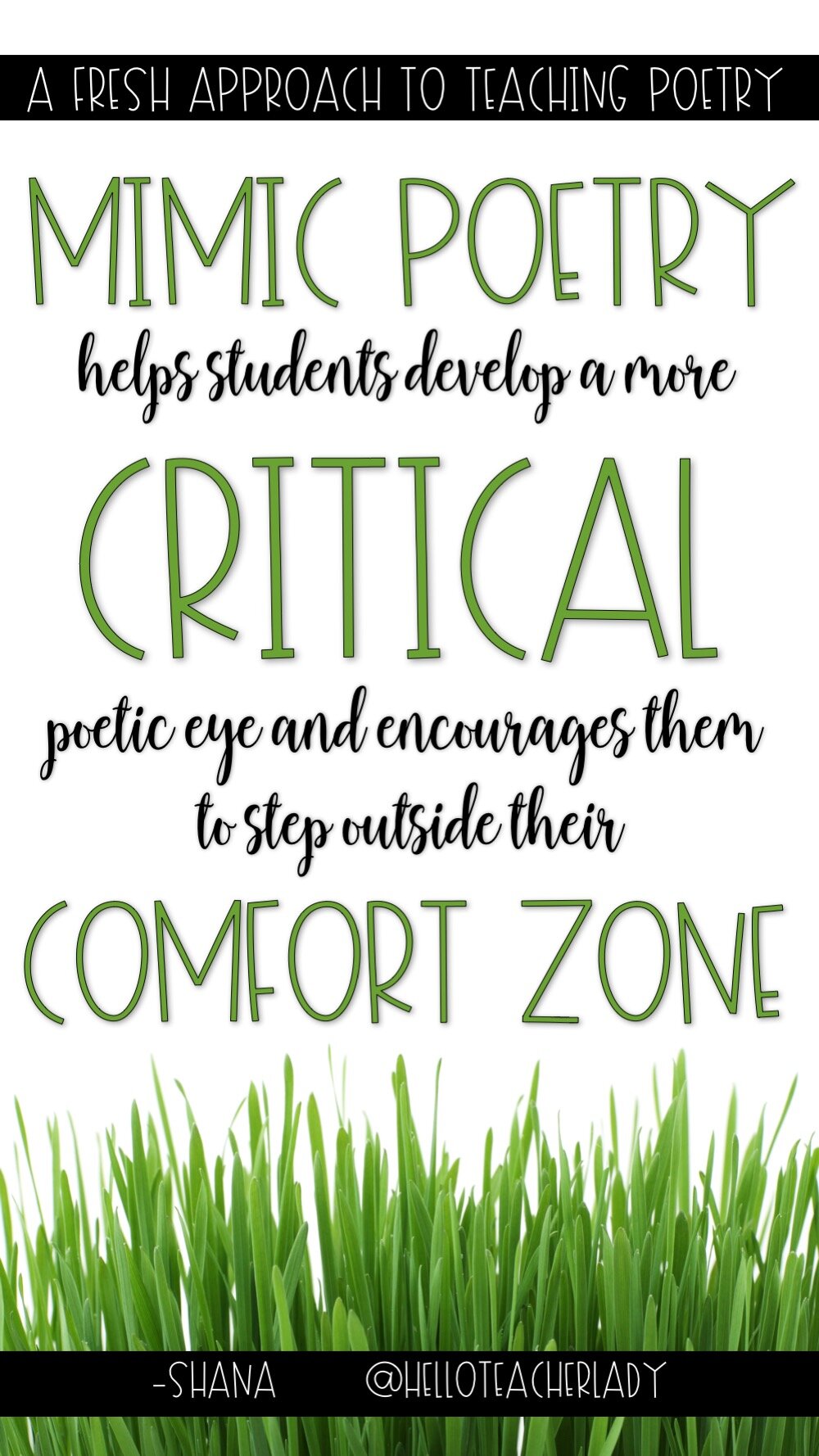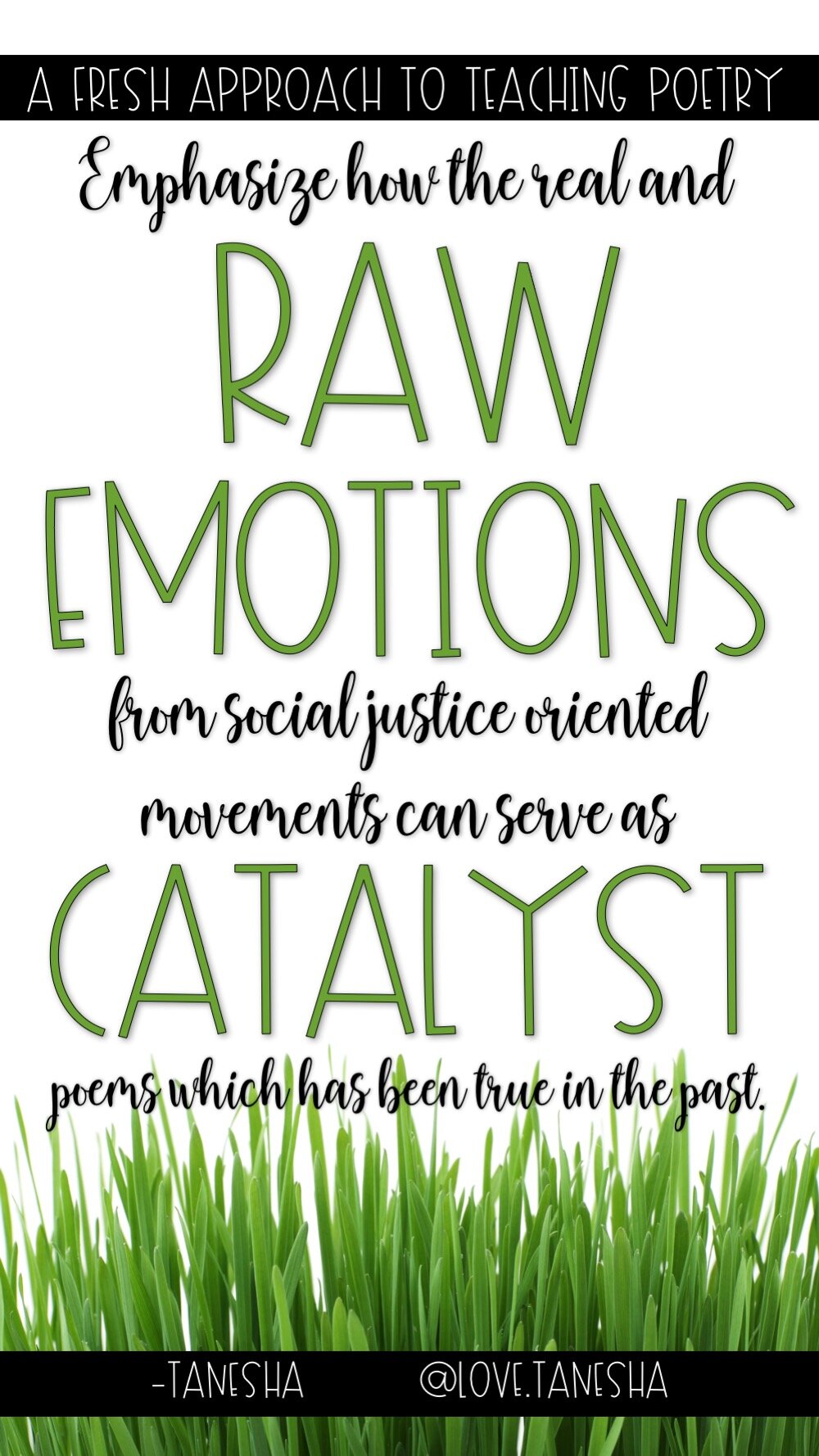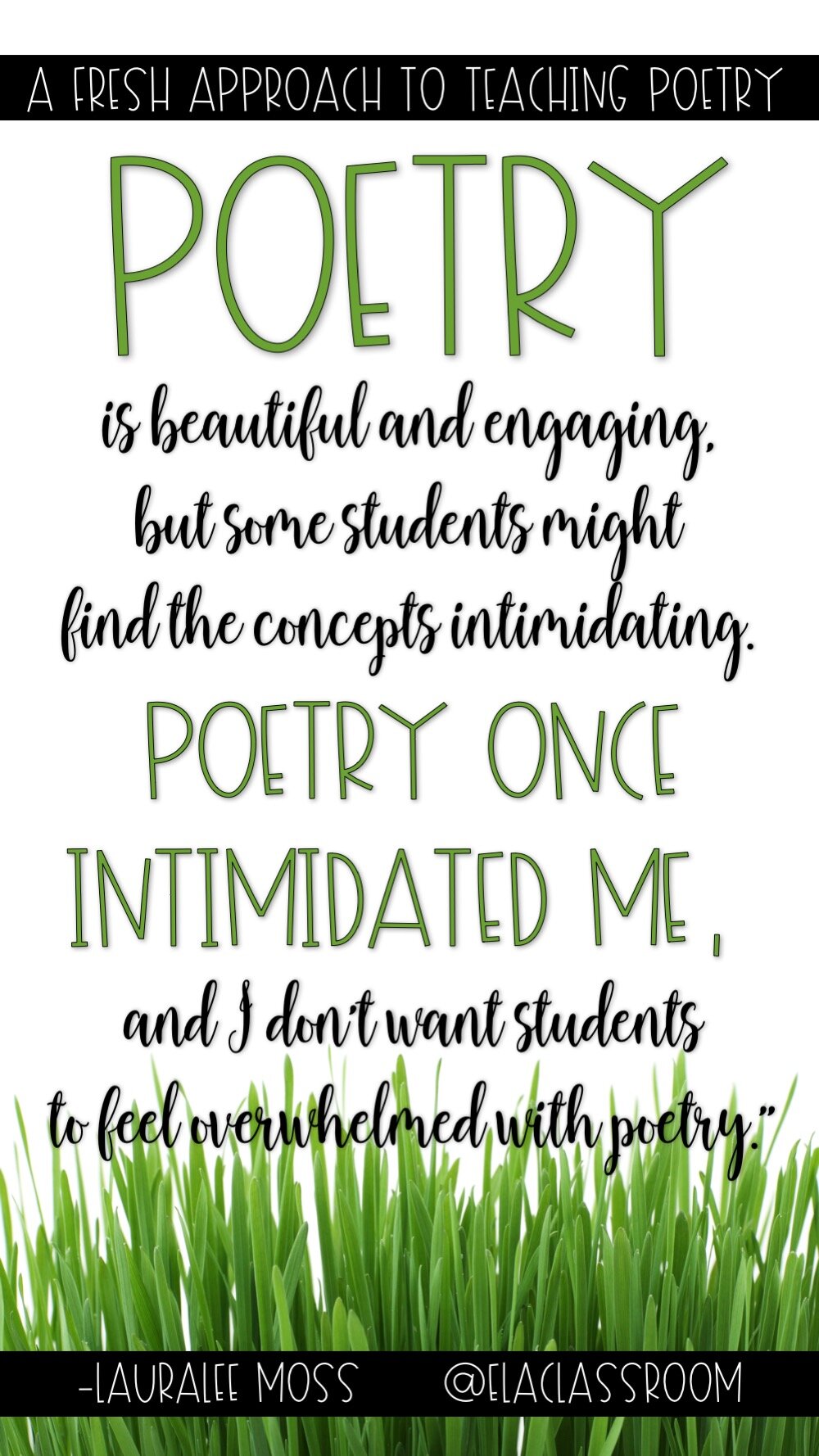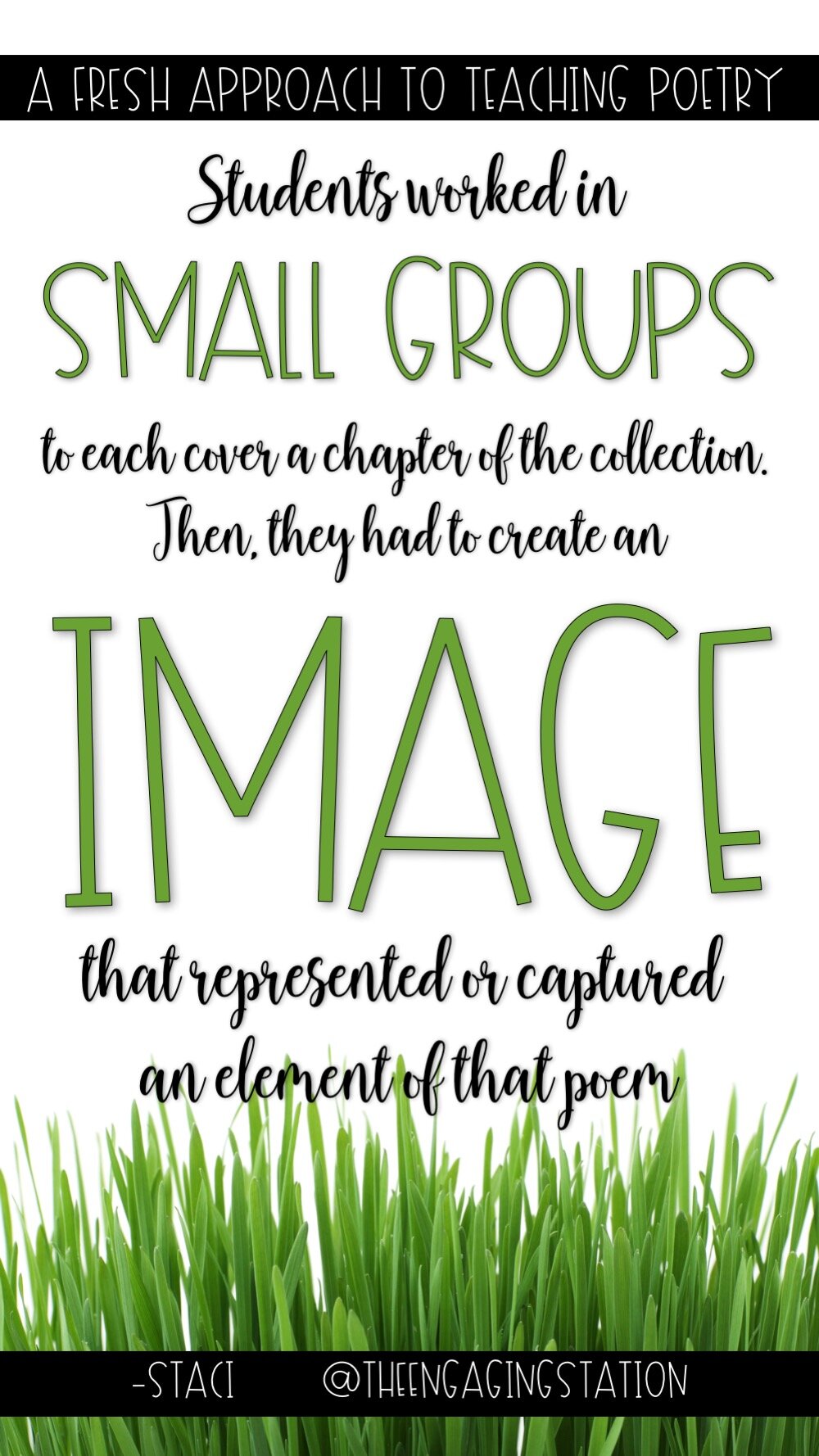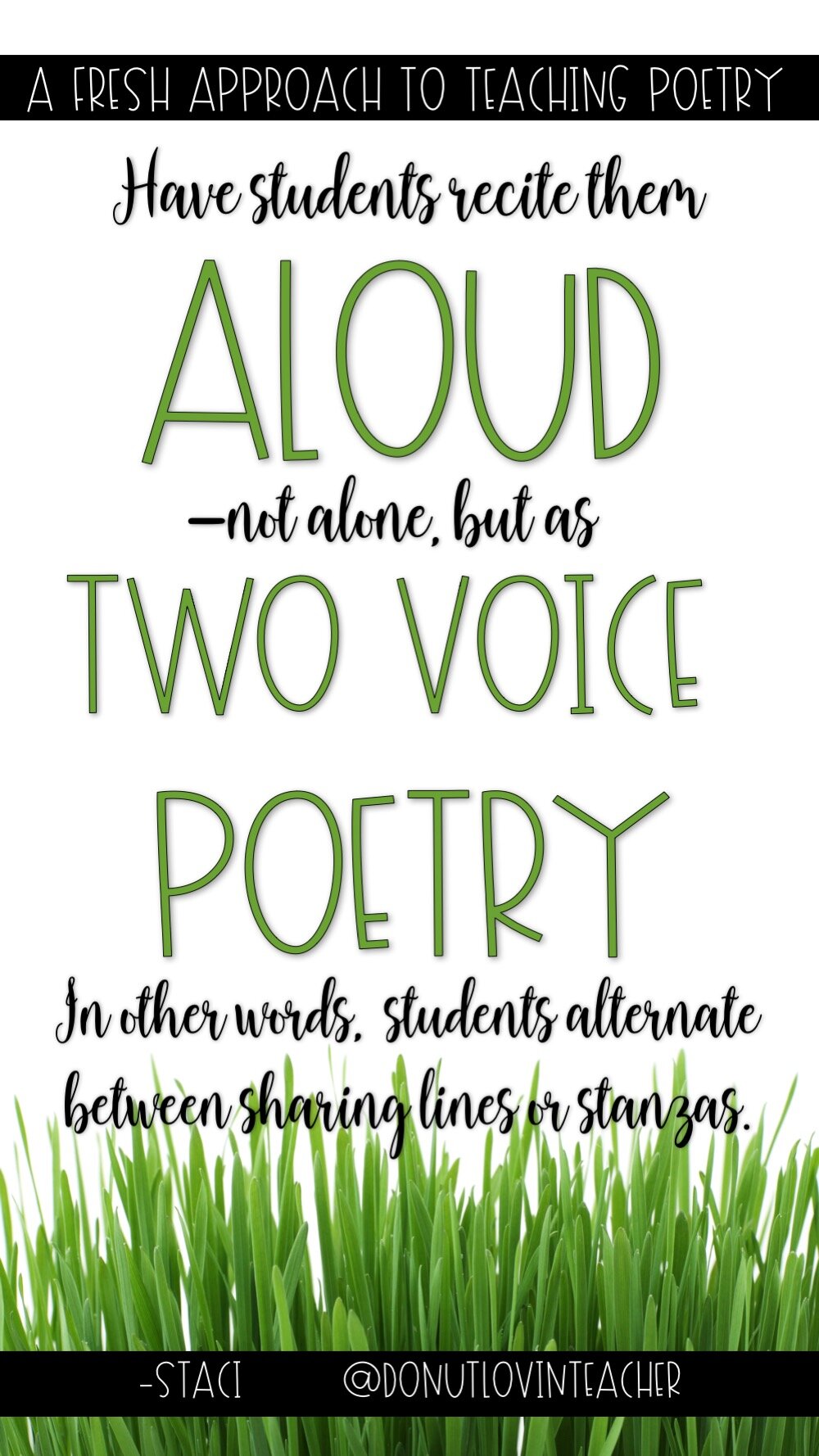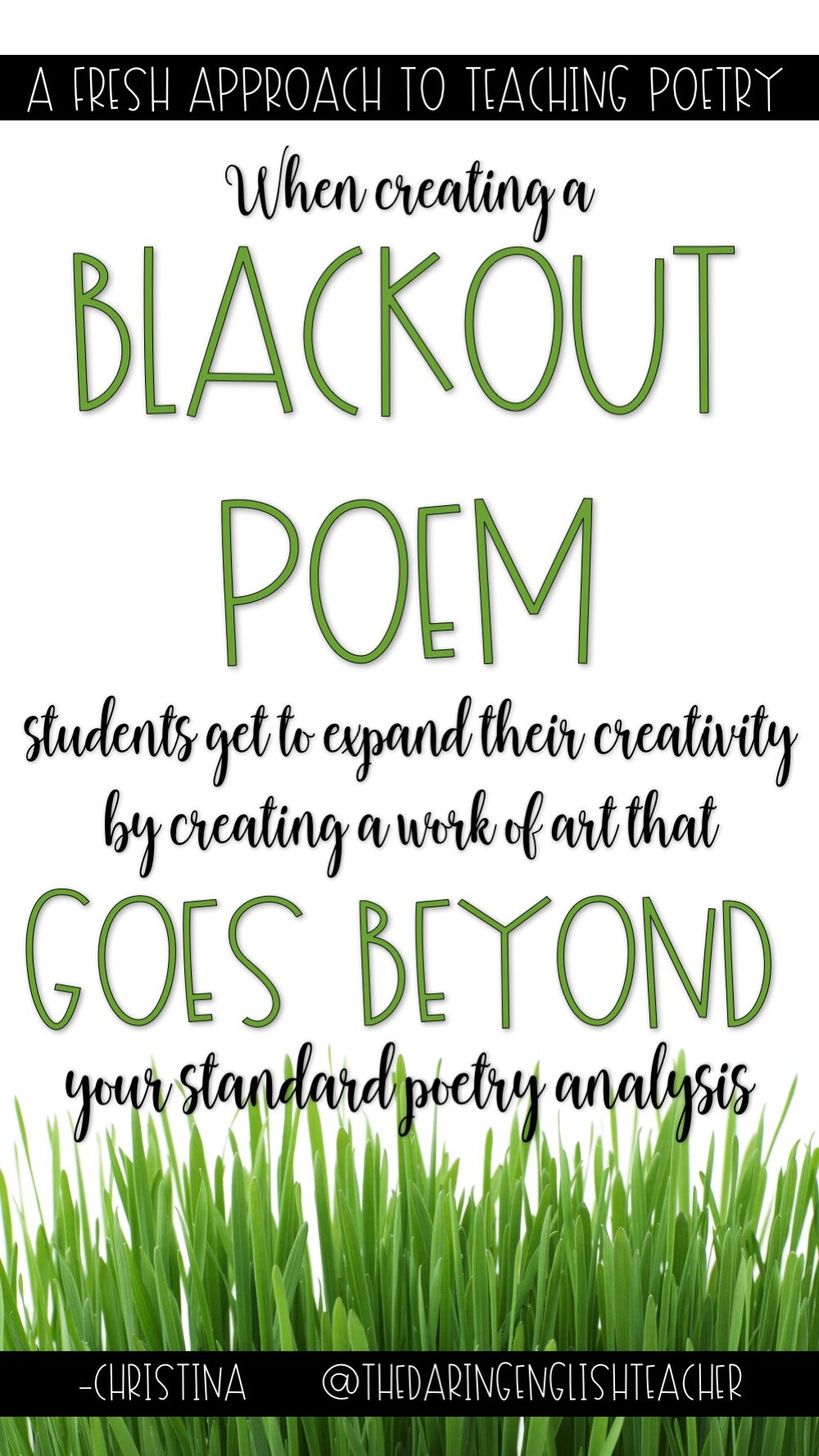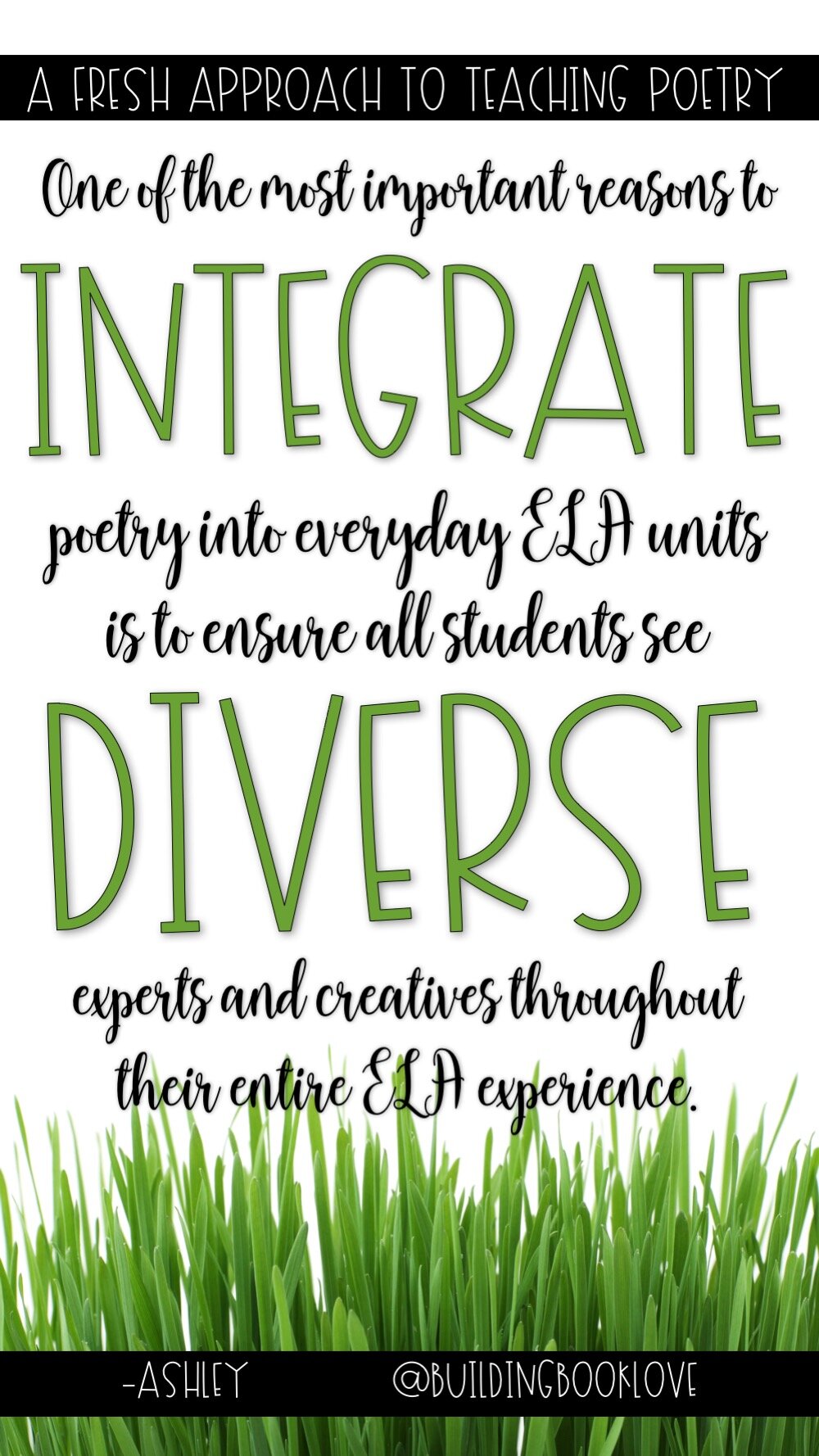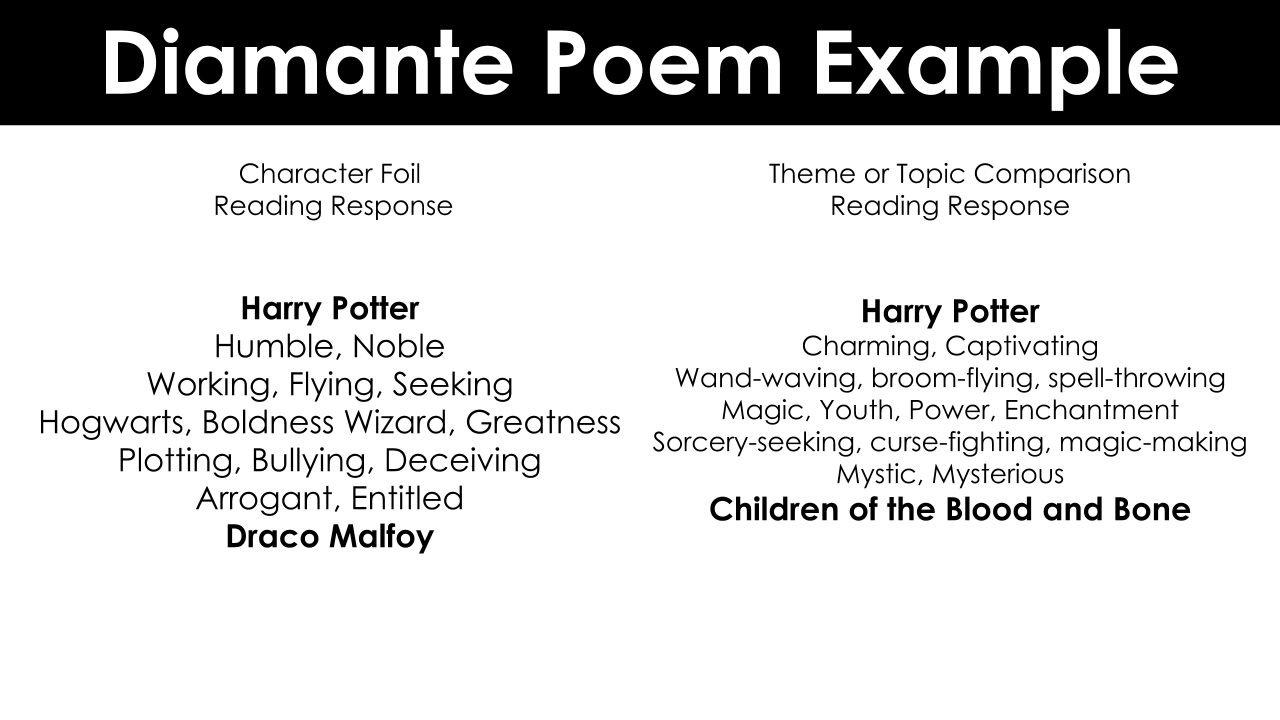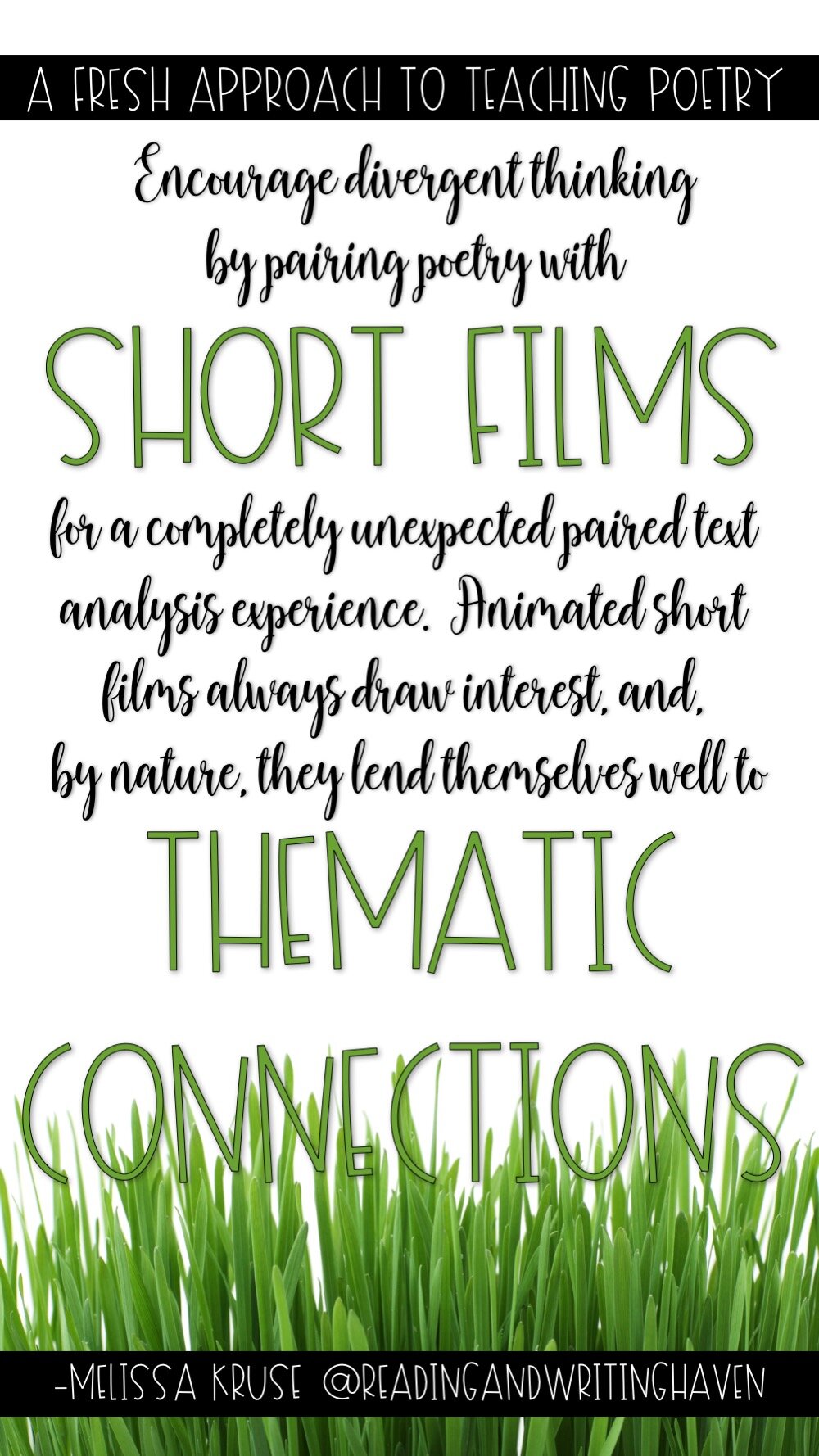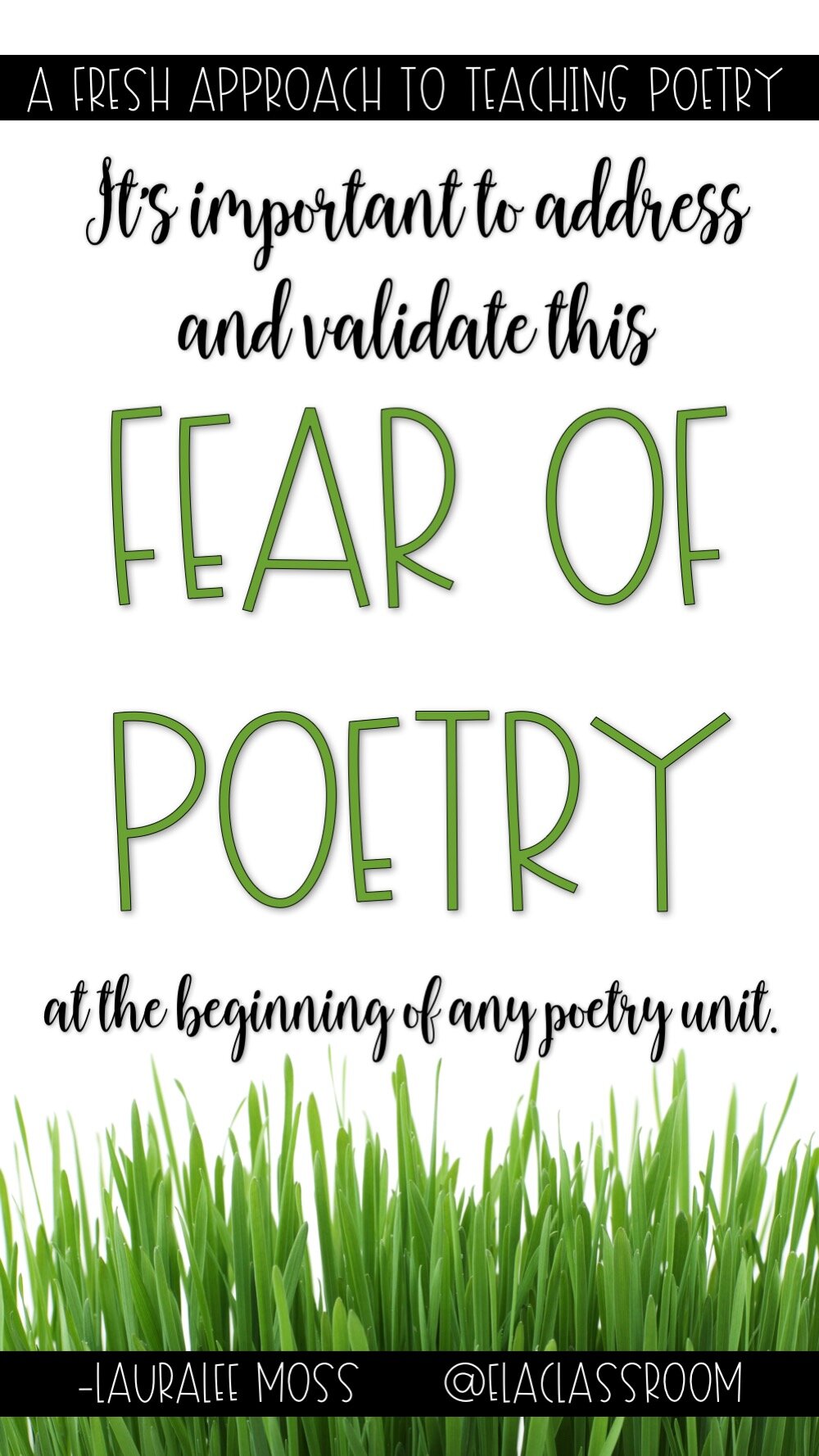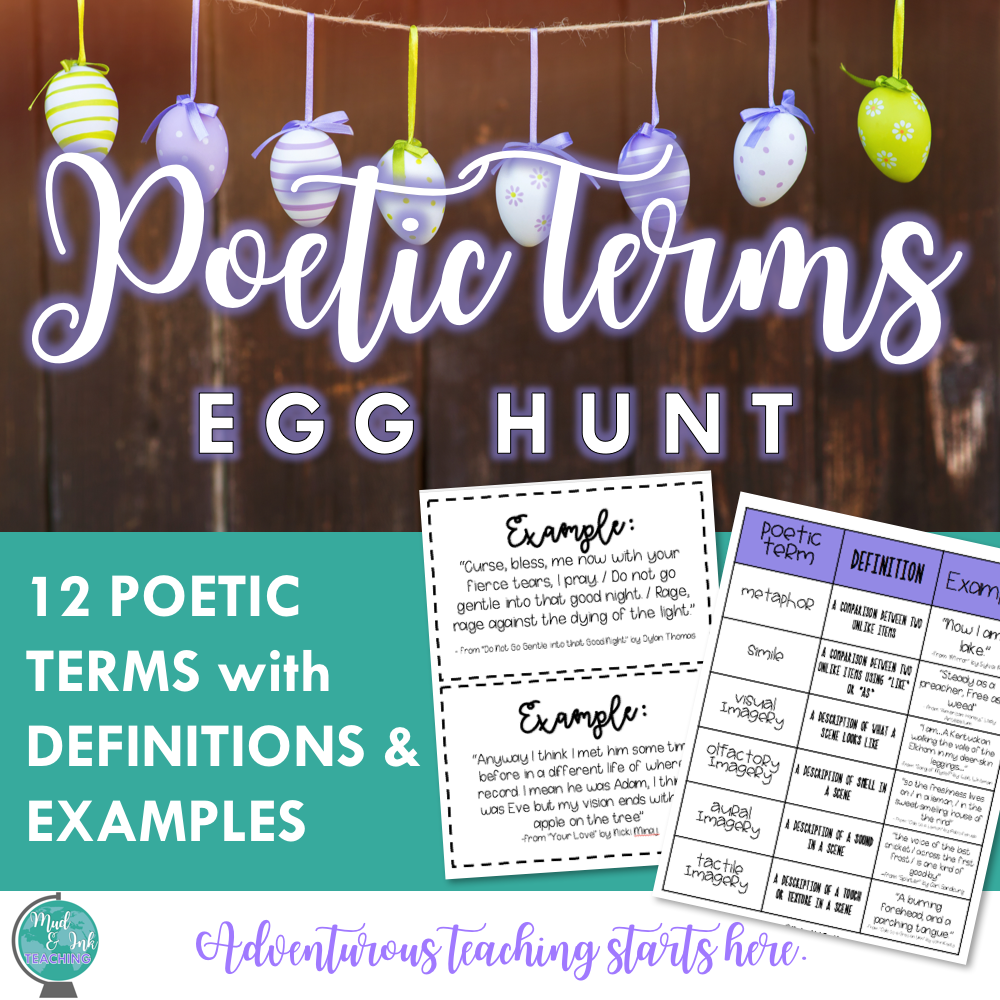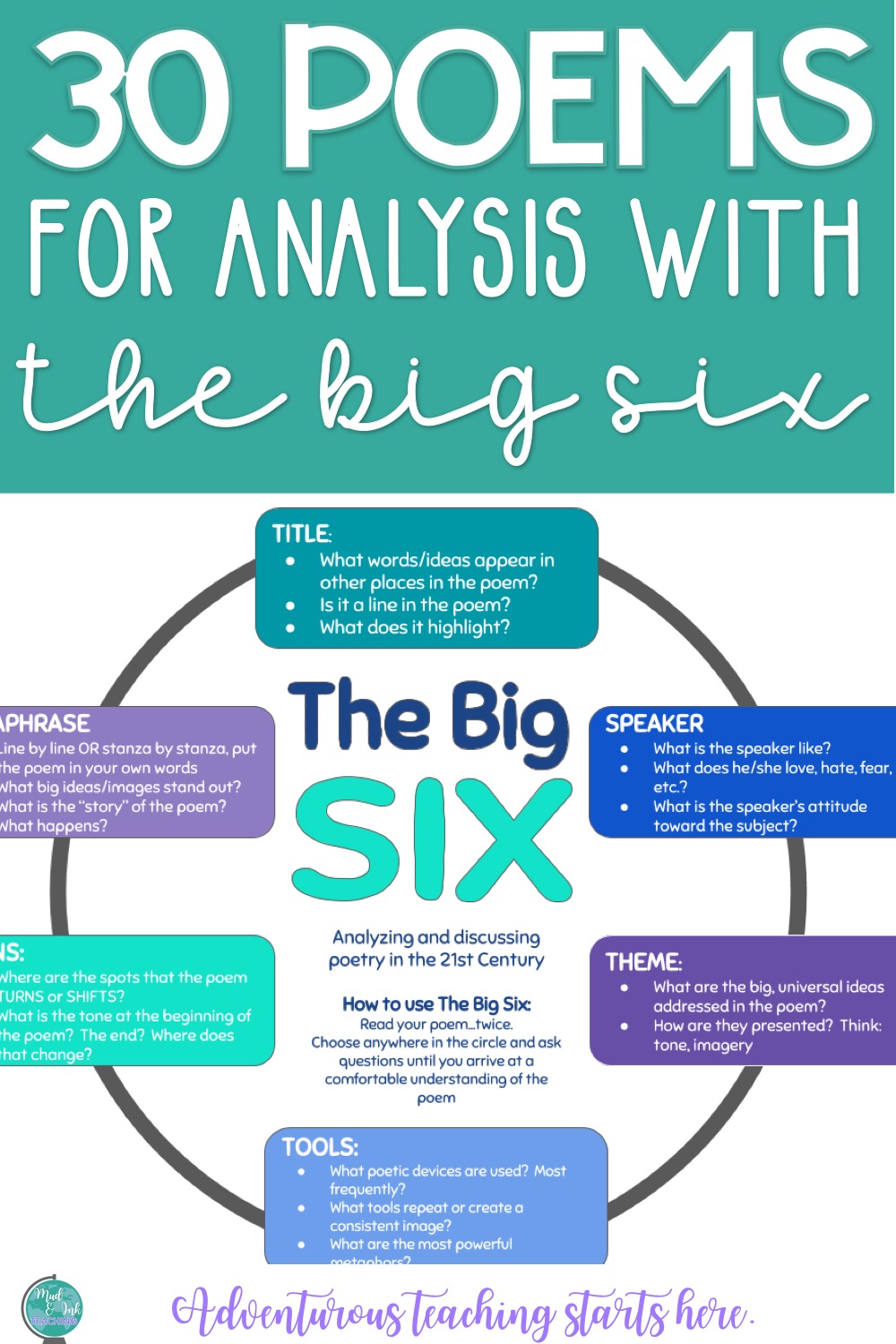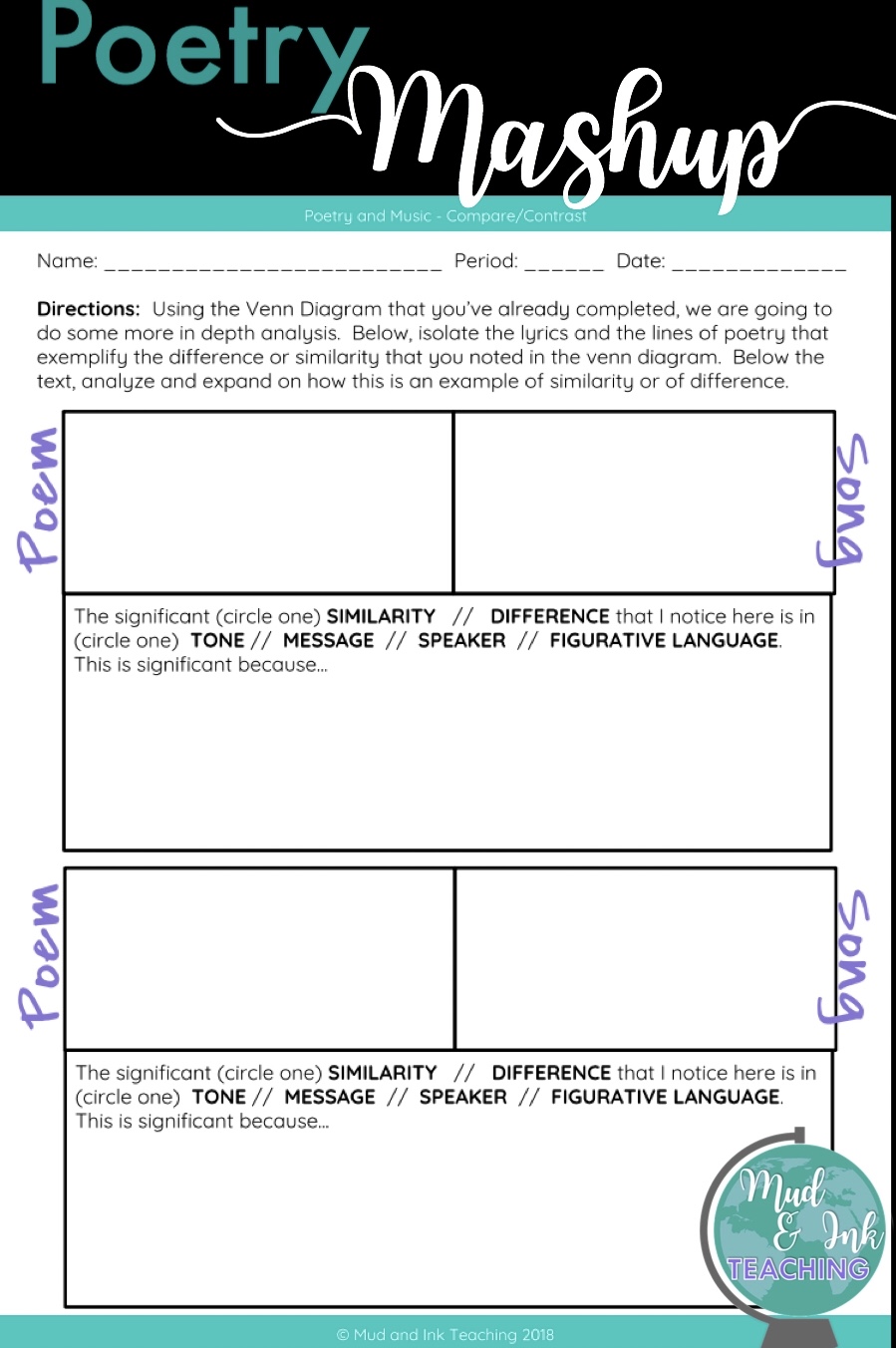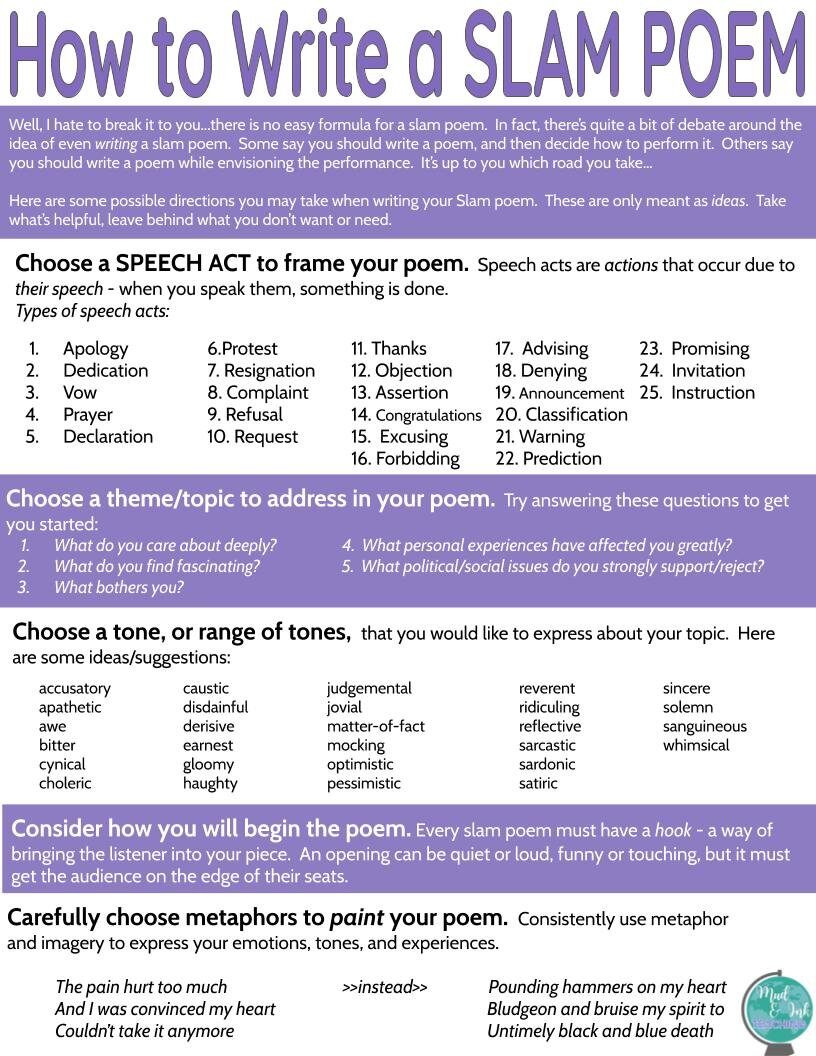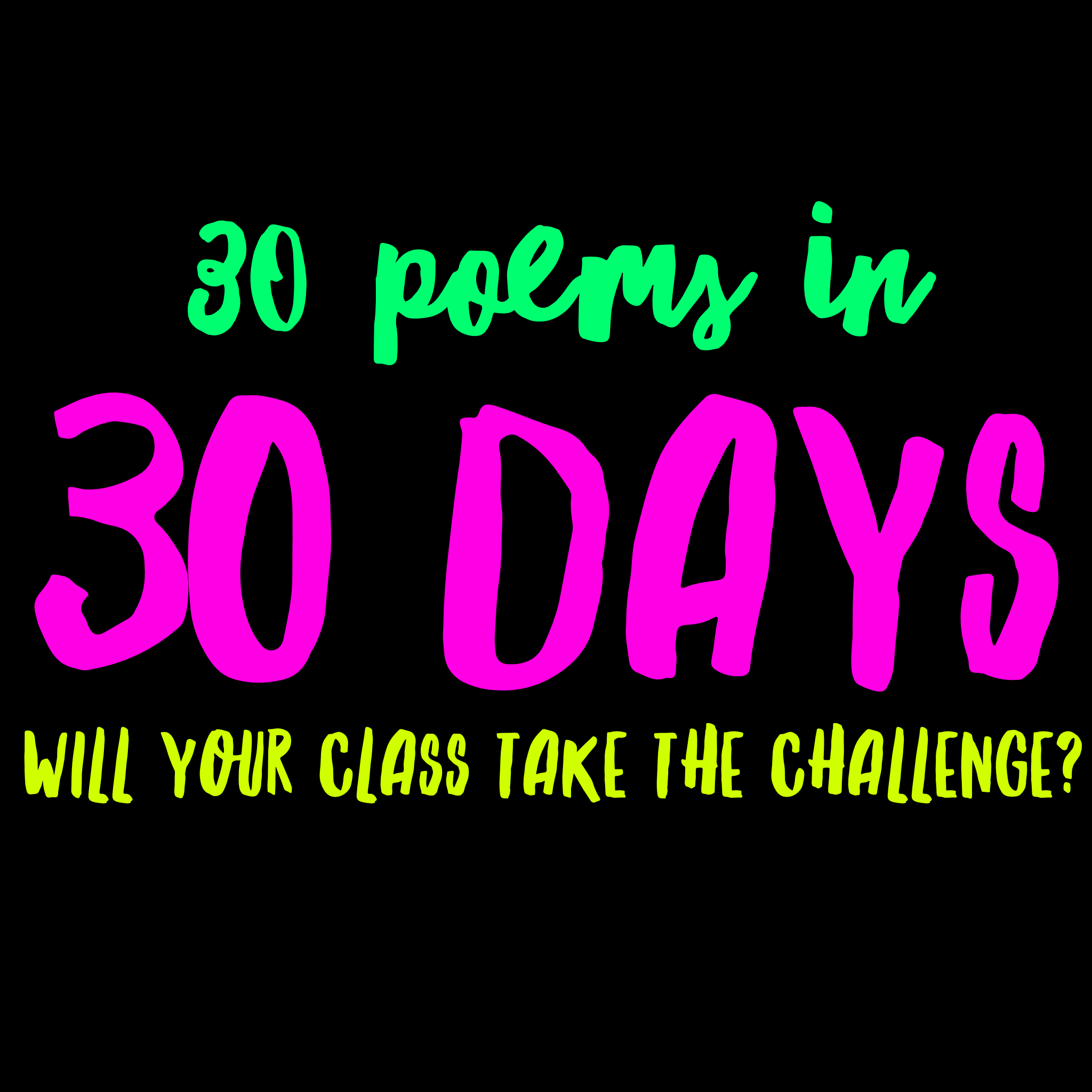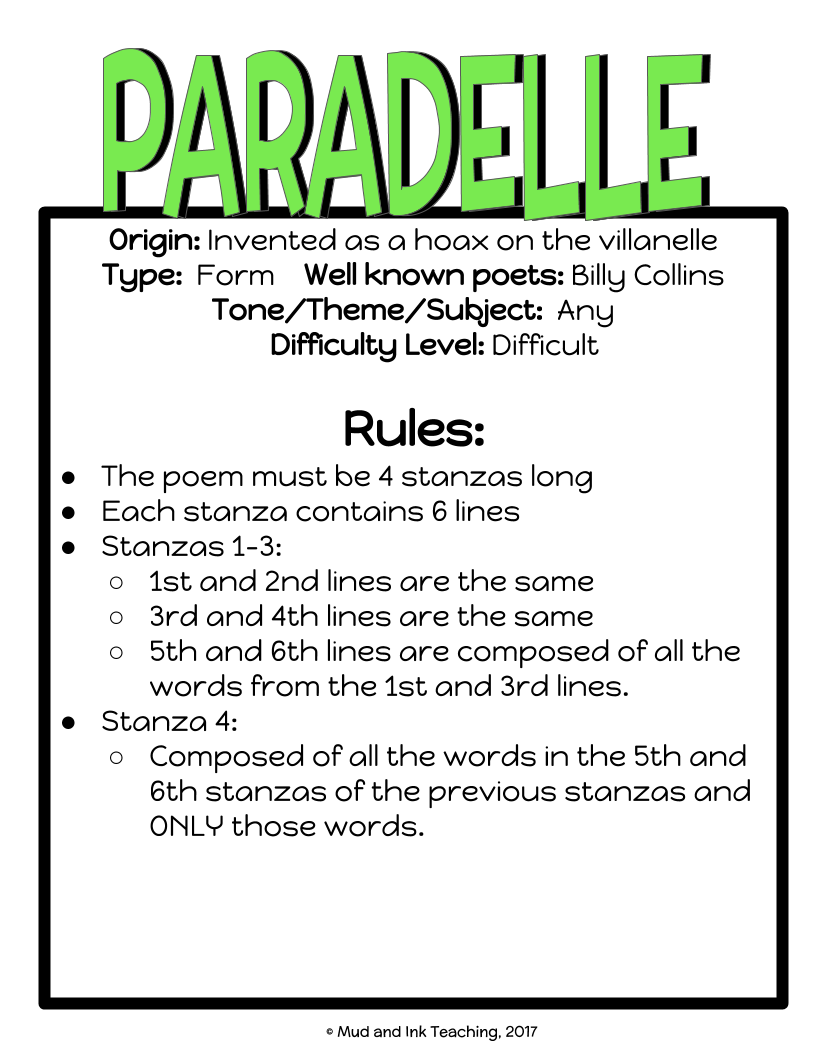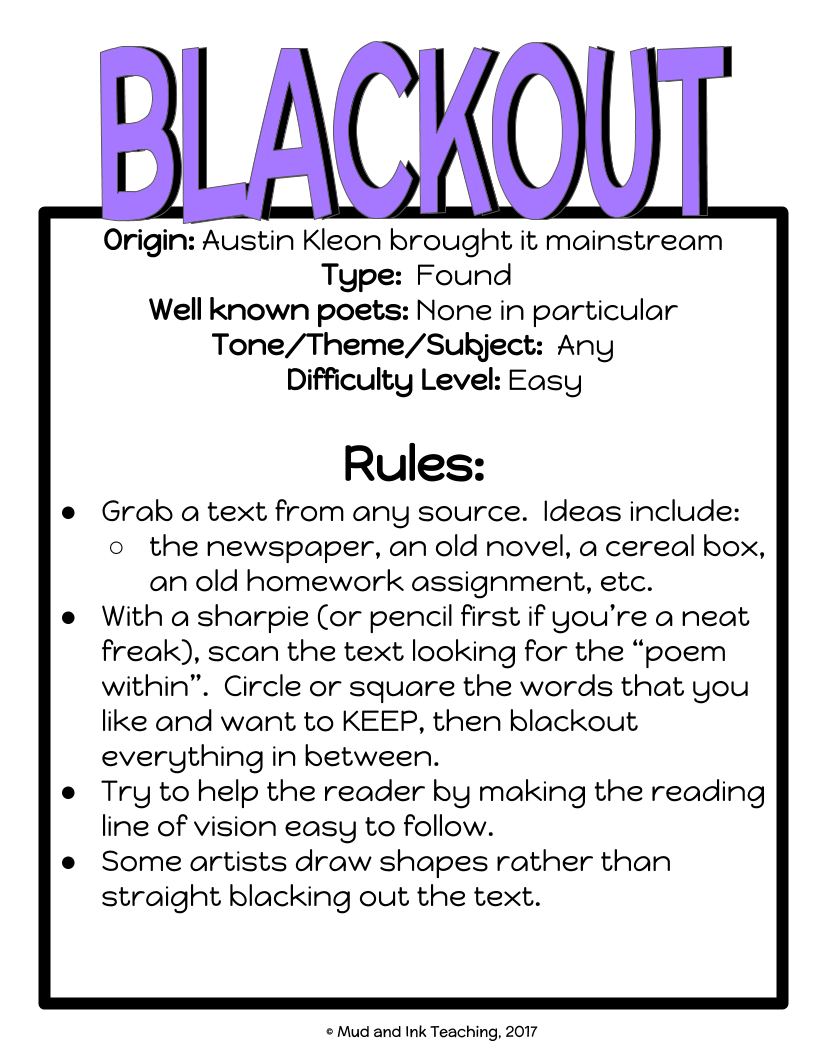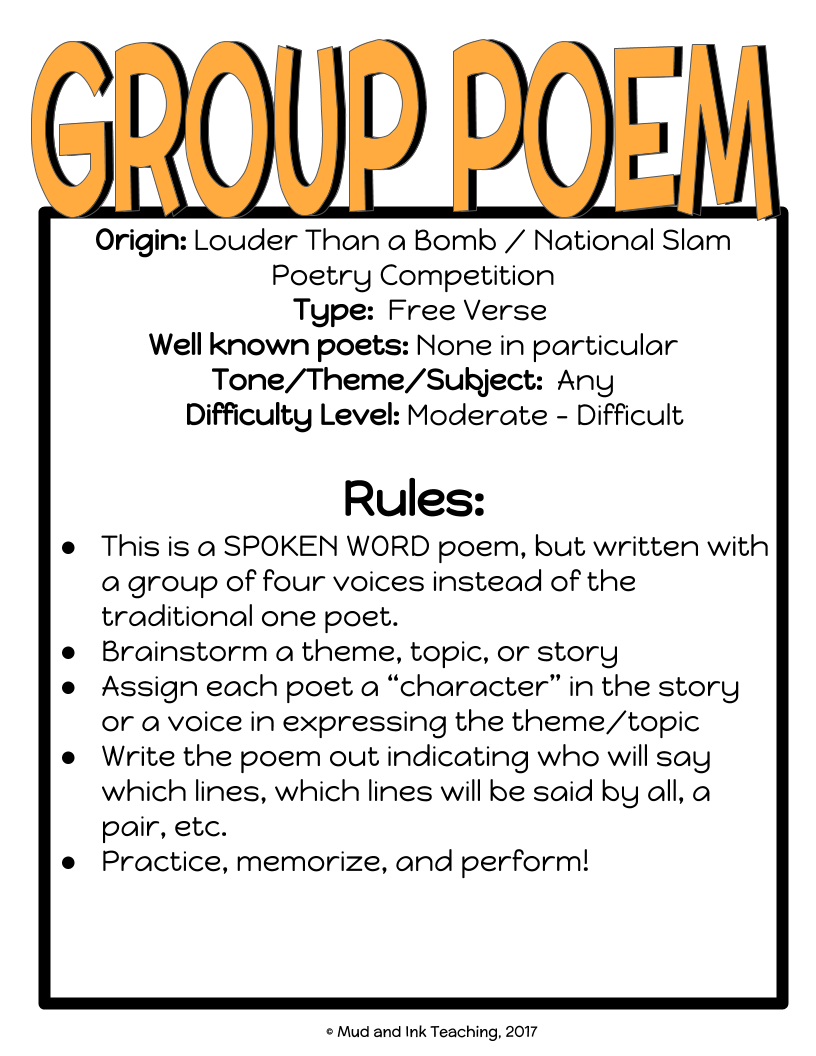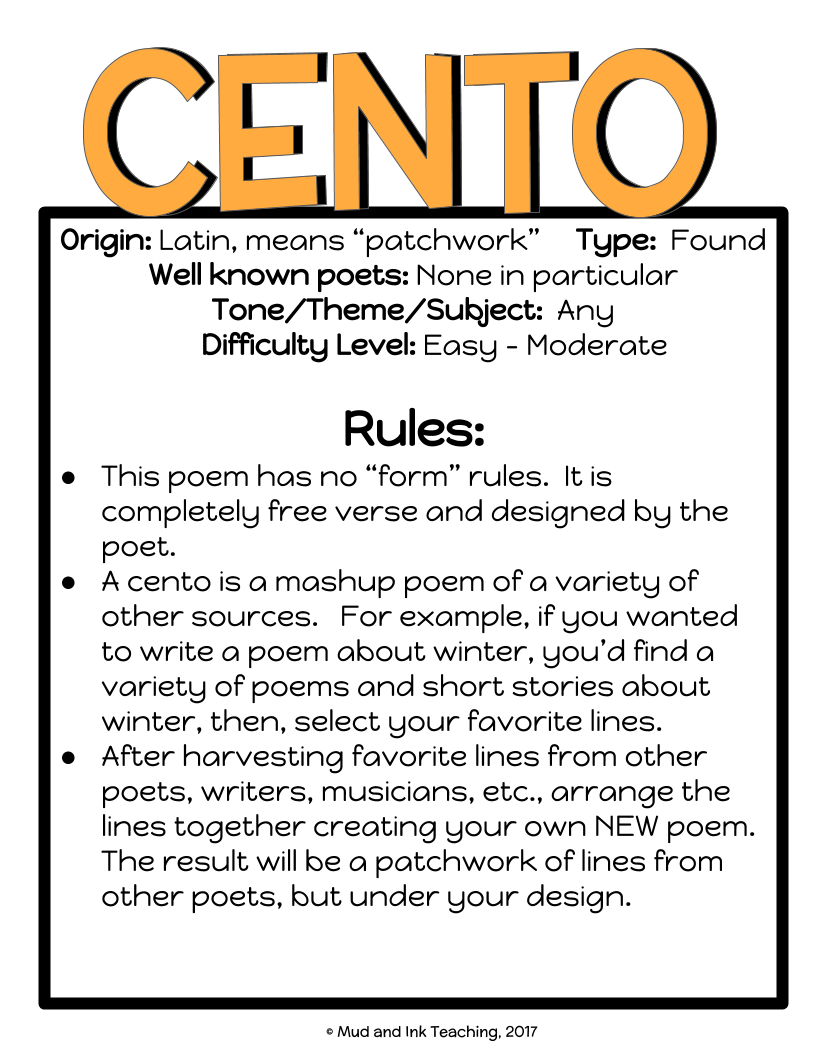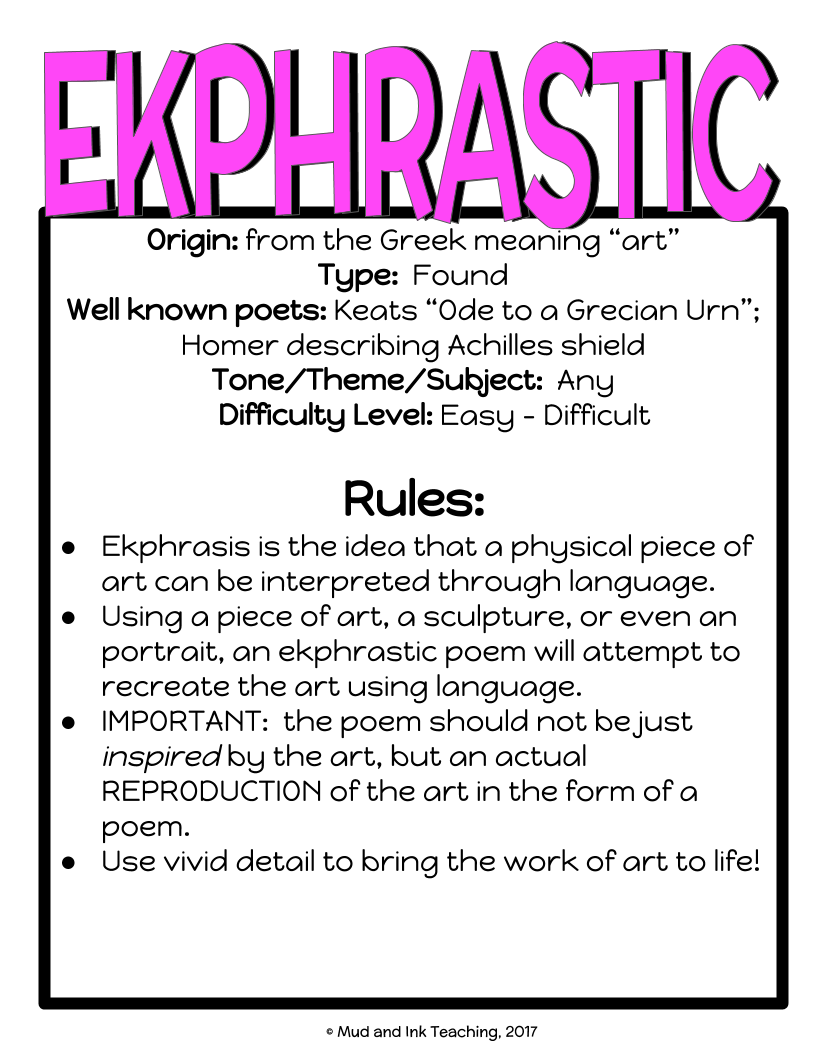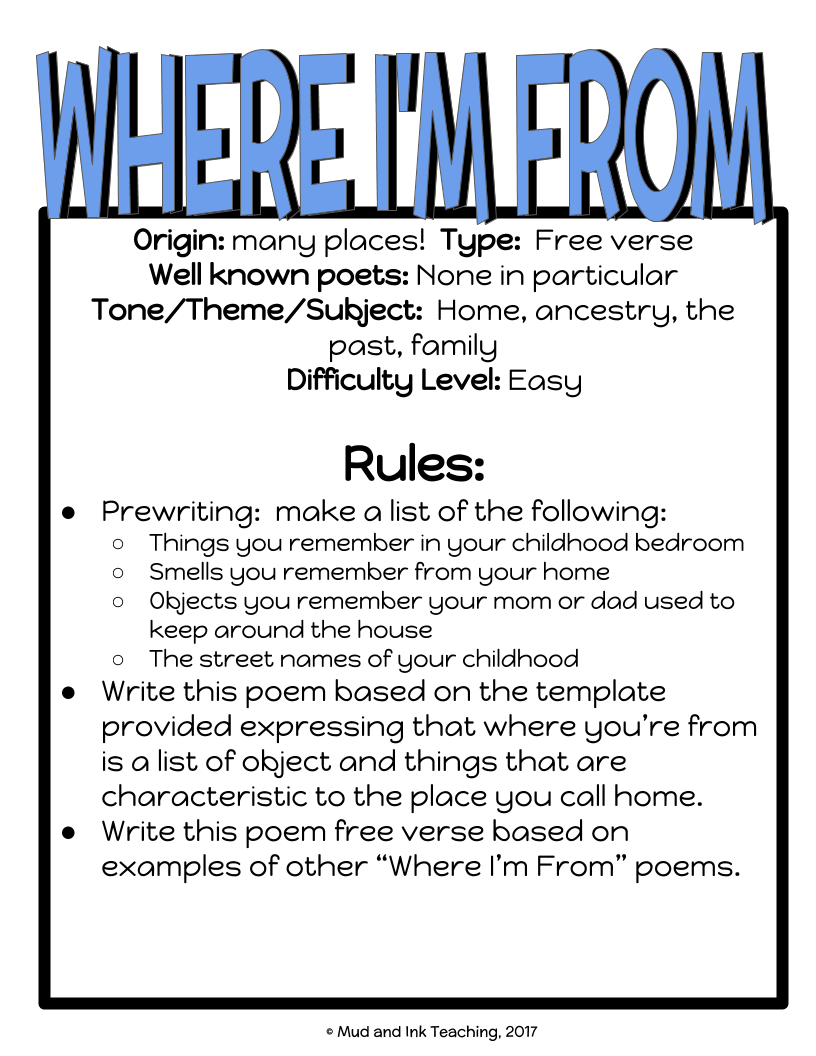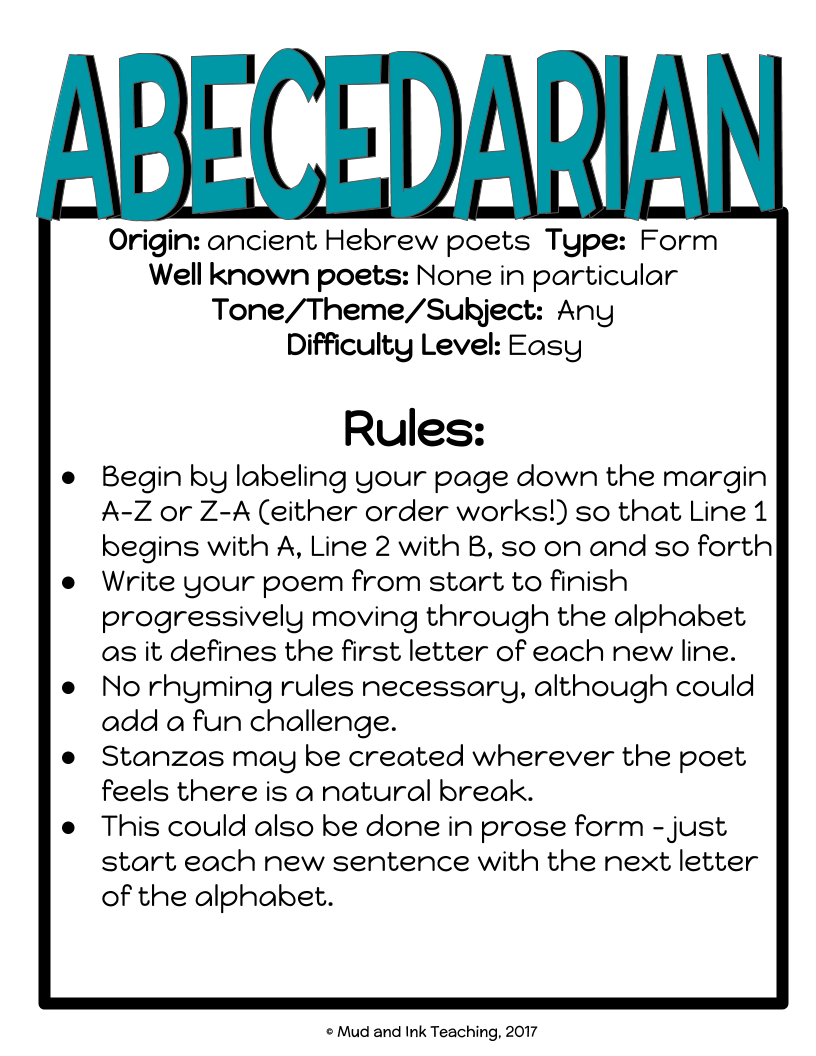
ADVENTUROUS TEACHING STARTS HERE.
22 Teacher Favorites: Poems for Social Justice
Poetry is one of my favorite vehicles to have these critical thinking discussions about social justice. The voices in poetry are so raw, real, and products of the moments from which they came. This list of 22 came from talking to teachers online about their favorites to use in the classroom, as well as my own experience teaching poetry and creative writing.
Through poetry and song, many important movements have been carried through the power of the artistic spoken word. As we work to bring critical thinking and social justice into our classrooms, we not only are providing a powerful content area for skill building but also actively working to support the social and emotional learning of our students as they attempt to figure out the complicated world in which they live.
Poetry is one of my favorite vehicles to have these critical thinking discussions about social justice. The voices in poetry are so raw, real, and products of the moments from which they came. This list of 22 came from talking to teachers online about their favorites to use in the classroom, as well as my own experience teaching poetry and creative writing.
If you’re not sure what do to with a poem, I can help you sort that out:
IDEAS FOR A THEMATIC GROUPING OF POEMS:
Study a group of poems under the same Essential Question and work on building their literary analysis skills using The Big Six
Use this list to update or supplement your poems for Poetry March Madness
Use these poems to supplement an already existing novel unit as a missing voice, a voice to add complexity, or to mirror a character in the novel
Use these poems to create a Digital Poetry Choice Board
Use these poems for imitation: read, discuss, then attempt to recreate a style, a turn, a particular poetic device, etc.
And if you’re ready for an even deeper dive into the power of poetry, I’d love to have you join us in the Teaching Poetry & Creative Writing Workshop! It’s completely virtual and asynchronous, so come in anytime and gain dozens of new ideas and insights into your own practice.
And now, on to the list! Be sure to leave a comment below with additional suggestions and your own experience teaching these poems — your work is so inspiring!
“The Hill we climb” by Amanda Gorman
This poem was hot in the spotlight for the Presidential Inauguration of 2021, but it’s power has not lessened since then. I love the versatility of this poem: study it as a poem in isolation or look at it as an argument with a rhetorical analysis angle! If you need a lesson plan for analysis, I’ve got you covered:
2. A Wreath for Emmett Till
Picture books can be an amazing way to engage students in a lesson, and several teachers have reported that this one if a brilliant overlap between poetry and social justice.
3. “This is America” from childish gambino
This one is not recommended for younger students, but if you have some older students ready to dig into both the poetry of this song and the visual experience of the music video, you’ll have one of the most engaging, important lessons of your career.
4. “LET AMERICA BE AMERICA AGAIN” BY LANGSTON HUGHES
Of all Hughes’ poems, this one was always the one that most resonated and moved my students. It’s rich with imagery and allusion and I recommend taking your time with this one — it’s not a single class period lesson.
5. “IF WE MUST DIE” BY CLAUDE MCKAY
This poem is haunting and a beautiful study in tone and theme. I especially enjoy Kevin Young’s discussion of the poem and his beautiful performance, too.
6. “CITIZEN ILLEGAL” BY JOSE OLIVAREZ
I’ve had the true pleasure of meeting Jose Olivarez back in my days of working with Young Chicago Authors and Louder Than a Bomb, and I can say for certain, this work resonates with students. It’s certainly powerful for me, but whenever I put his work in front of students, something magical truly happens.
In this stunning debut, poet José Olivarez explores the stories, contradictions, joys, and sorrows that embody life in the spaces between Mexico and America. He paints vivid portraits of good kids, bad kids, families clinging to hope, life after the steel mills, gentrifying barrios, and everything in between. Drawing on the rich traditions of Latinx and Chicago writers like Sandra Cisneros and Gwendolyn Brooks, Olivarez creates a home out of life in the in-between. Combining wry humor with potent emotional force, Olivarez takes on complex issues of race, ethnicity, gender, class, and immigration using an everyday language that invites the reader in. Olivarez has a unique voice that makes him a poet to watch.
7. “NOT AN ELEGY FOR MIKE BROWN” BY DANEZ SMITH
This is a beautiful and gut-wrenching piece about the disproportionate attention paid to the death of Black Americans. It’s very short and would work nicely in a choice board where students could tackle it independently.
8. “ODE TO THE ONLY BLACK KID IN THE CLASS” BY CLINT SMITH
This and so many more from Smith’s anthology Counting Descent deserve a spot on this list and in your curriculum. In fact, Clint Smith’s name should be on the tip of every ELA teacher’s tongue when recommending poetry about the Black American experience.
Smith explores the cognitive dissonance that results from belonging to a community that unapologetically celebrates black humanity while living in a world that often renders blackness a caricature of fear. His poems move fluidly across personal and political histories, all the while reflecting on the social construction of our lived experiences. Smith brings the reader on a powerful journey forcing us to reflect on all that we learn growing up, and all that we seek to unlearn moving forward.
9. “NATIVE TONGUE” BY MICHA BOURNES
This poem is a fascinating look at the colonization of language and othering that’s been done to Black speech.
10. “ORAL TRADITION” BY WILLIAM NU’UTUPU GILES & TRAVIS T.
William Nu’utupu Giles is an afrakasi Samoan writer, and this poem focuses on the passing down of stories and traditions through spoken word for thousands of years.
11. “SOMEWHERE IN AMERICA” FROM BRAVE NEW VOICES
In this moving poem about censorship and government control, the speakers critique the contrasting experiences of America’s youth from the books they are allowed to read in school to the histories that are not taught.
12. “BLACK GIRL MAGIC” BY MAHOGANY BROWN
In this poem about belonging and experiencing othering, Brown examines what “Black Girl Magic” looks like through her eyes.
13. “ ELEPHANT” BY JOAQUIN ZIHUATANEJO
This poem focuses on the Rwandan Genocide of the 1990’s and compares the experience of a mother losing her child to that of an elephant holding her lifeless calf. This poem is packed with emotional language surrounding a lesser taught historical tragedy,
14. “SECOND ATTEMPT CROSSING” BY JAVIER ZAMORA
In this emotional poem, Zamora depicts the immense fear, uncertainty, and loss one feels when crossing over the US border illegally.
15. “GLORY” BY COMMON
From the movie Selma, this anthem speaks of an undying hope felt by those fighting for equality during the Civil Rights Movement despite great violence and discrimination against them.
16. “BULLET POINTS” BY JERICHO BROWN
In this poem, Brown explores hate crimes in America and the violence against Black people at the hands of law enforcement.
17. “TO THIS DAY” BY SHANE KOYCZAN
Shane Koyczan, a powerful spoken word poet, delivers a close look at the lasting effects of bullying in one’s childhood.
18. “WHAT CAN A POEM DO?” BY DARIUS V. DAUGHTRY
In this poem by Darius V. Daughtry, he explores the extent to which words, and more specifically poetry, have the power to cross borders and save lives. This poem is rich with figurative language and beautiful metaphors.
19. “CHINESE 101” BY SUN LUU
Luu describes his poem with this beautiful introduction:
“An ode to my mother, to my mother tongue, and all who've given me the opportunity to exist today. This is for all those who've tried to ostracize my people, who've tried to diminish the Chinese language, and have silenced and made caricatures of Asians in America. Here, I take back my language. I take back my culture. And find the voice to speak.”
20. “MISS AMERICA” BY RAMYA RAMANA
This poem is a response to racist comments and remarks after the announcement of Nina Davuluri, an Indian American woman, as the winner of Miss America in 2014.
21. “BROWN BOY, WHITE HOUSE” BY AMIR SAFI
Safi tells the story of living in post-9/11 America and dealing with the racial stereotyping and profiling he experienced.
22. “Passive Voice” by Laura Da
In this short but powerful poem, Da draws attention to the use of passive voice when describing the history of Native American culture.
EVEN MORE RESOURCES
12 Nature-Themed Activities for Secondary ELA
There is a long history of connectedness between literature and nature. From the important role that setting plays in any given story to the prolific use of nature as symbolism, but I somehow always felt distant from the outdoors inside my classroom. Here are twelve lesson plan ideas to engage your students with nature.
There is a long history of connectedness between literature and nature. From the important role that setting plays in any given story to the prolific use of nature as symbolism, novels like Frankenstein, A Thousand Splendid Suns, Lord of the Flies, Into the Wild, and so many dystopian stories rely on multiple connection points with nature to fully understand the themes of the story. Even knowing this, I somehow always felt distant from the outdoors inside my classroom and found it a challenge to incorporate the natural world into my instruction as an ELA teacher.
In an effort to bring nature inside classroom walls, I grabbed eleven ELA teacher friends to give me their best ideas for connecting the beautiful outdoors with the work we’re doing in class.
1. Northern Lights Makerspace
One of my life-long fascinations has been the wonder of the Northern Lights. There’s something so magical and mysterious about the dancing lights, the way legend and folklore have been inspired by them, and one more incredible way that nature and literature have intertwined.
That’s why I had to finally create a project that did this same overlapping -- how might students in my ELA (read: not science) classroom be able to explore this phenomenon while still hitting ELA standards? And that, my friends, is how the Northern Lights Makerspace Project was born!
Here’s option #1: pair nature and poetry. Take the project in this direction, and students will learn about the Northern Lights and then transform that knowledge into a controlling extended metaphor for their lives that carries throughout their poem. Once they’ve written the poem, students then get to create their own chalk pastel drawing depicting their own vision of the Northern Lights.
And here’s option #2: look at other natural and cultural sites that are meccas for tourism. Examine the industry of tourism and special places like Machu Picchu, Easter Island, and small far-north communities that offer lookout points for the Northern Lights and ask students if tourism is more likely to have long term positive or negative impacts on the environment and community around these areas.
Let’s take a closer look here:
Creating opportunities for cross-curricular work has become a deep passion of mine over the years, and especially after the intense screen time and distance of COVID, I’m committed to finding creative, out-of-the-box ways for students to interact with their hands and with the world around them. Also — let’s acknowledge the need for students to have FUN! In Episode 129 of the Brave New Teaching Podcast, I chat about Makerspace, classroom transformations, and other fun activities that can reignite the energy in your classroom. Give it a listen below!
2. Leaf Lantern Poems
One of Simply Ana P’s favorite things about poetry is that there are SO many different types of poems. She loves introducing haikus as a short poem format, but another fun one to teach students about is the lantern poem.
A lantern is a 5-line poem, with the first line being just 1 syllable, and each sequential line increasing by 1 syllable, except the last line, which goes back to only containing 1 syllable. Below is an example:
Life
crazy
yet crucial
constant growth thrives
Live
It’s meant to represent the shape of a lantern or a bell, but it also looks great on the shape of leaves. Ana gives her student this assignment, where they create a lantern leaf poem and need to include at least 1 figurative language or poetic device (like alliteration in the example given).
It’s a short and sweet assignment, but it can last an entire class period because students take a while to decide on topics, break down syllables, and put together the art component of the project.
Students enjoy connecting with nature, and often say the hands-on piece is therapeutic.
3. MORE Creative Writing
Nature is a beautiful thing to explore with your students. Kristy from 2 Peas and a Dog believes that students need to be connected to nature in some capacity with their learning. It is probably not possible to connect every lesson to nature, but the changing of the seasons is a perfect time to get outside and explore.
Once a season, take your classes outside to collect found natural objects e.g., pinecones, leaves, branches, etc. These items will vary depending on your location.
After you return to class, have students select 1 of their found items to write a creative story about. Students can write about how it arrived at the location it was found, they could write about how it came there in the first place, or they could give the item human characteristics and write about it from that perspective.
Kristy loves giving students creative writing choices by turning season items into writing prompts. For example, she has asked students to write a love letter from a garden rake to a snow shovel explaining why they are in love with them. The responses were amazing. These types of creative writing prompts are so open ended that students really get to shine as they do not feel that there is a wrong answer.
For more creative writing information check out this blog post.
4. POETRY TO PROTECT THE PLANET
Years ago Lesa from SmithTeaches9to12 did a Buzzfeed quiz (well tons of them but this one stands out) and there was a question about whether you’d rather have a lovely picnic outside in what looked like beautiful natural surroundings or be on a blanket in a living room that was not so beautiful. Let’s just say the indoor picnic was tops! While she isn’t much for the outdoors, Lesa is a strong advocate for environmental causes and a need for change to protect our communities.
With that in mind, Lesa, in among her many poetry lessons–check them out on her blog–incorporates spoken word that is decidedly pro-environment.
Here are four options to use in your class:
You can use these performances anytime of year but if you want to tie your curriculum to specific moments then Earth Day in April is great since it also coincides with National Poetry Month.
Watch the video to do a notice and note. What do they notice about the performance? Make (jot) notes.
What are the environmental tie-ins with the piece? In what ways does it encourage the audience? Depending on time and your group of students, you can expand this reflective activity to encourage students to take action.
Get student to dive deeper into the poetic aspects - rhyme, rhythm, figurative language. Use the full text versions to help with this.
You can check out the full lesson plan with teacher answers that Lesa created for these performances.
5. PLAY WITH PERSPECTIVE
“Get your snow boots on and let’s go!” Mom would shout as the snow continued to fall from the winter sky. For Krista from @whimsyandrigor, this formed the basis of many memories growing up in the Midwest. As she and her family trudged through the snow, dragging sleds and carrying a thermos of extra hot, extra chocolate-y cocoa to Valley View Park, sometimes she would stop and notice all the boot prints in the snow.
Reflecting back, Krista realizes maybe she was also imagining what it felt like to walk in those boots. By stepping in the literal prints of another person, her vivid imagination would run wild-Were their toes as cold as hers? Were they holding someone’s hand? Would they rather be in front of the fireplace with a good book?
As a middle school English teacher today, Krista harnesses the power of playing with perspective in an activity called “Walk with Me.” This lesson focuses on helping students see new perspectives of either real people or fictional characters. It goes like this:
Students choose two characters that have different opinions or points of a view on a single topic. For example, Aven and Conner from the phenomenal middle-grade book Insignificant Events in the Life of a Cactus by Dusti Bowling or Will and Shawn from the inimitable Jason Reynolds’s Long Way Down.
Students choose a boot print handout for the first character they will write about. Help students to think analytically about the print they choose. What do the shoes say about the character?
Using the prompts on the handout (Where is this person going? What do they see? What are they remembering?, etc), students will write from that character’s point of view. (This could be in first- or third-person and could create an opportunity to demonstrate how switching perspectives impacts the reader’s experience.)
Students then choose another boot print handout and write from the other character’s point of view. Students should stay focused on the same topic or event explored in the first piece of writing. Push writers to dive deeply into what makes the characters different from one another in order to further refine their understanding.
For both perspectives, students will make inferences about each character and dive into the thoughts, feelings, worries, and hopes embodied within.
If you have time to extend the activity, students could have the two sets of prints meet and engage in a dialogue about the topic each was thinking about. If you teach how to write dialogue, this is an excellent way to have students practice those skills in a creative writing activity.
Krista loves a hallway display and these boot prints will make for a powerful visual. She suggests hanging prints in groups of two so other students and teachers can see the contrasting views side-by-side.
Getting students to metaphorically walk in the shoes of another person is a cornerstone to creating a collaborative and caring community. This classroom activity, rooted in close reading and detailed writing, encourages students to always consider other perspectives, both in literature and in life.
If you want more creative teaching ideas like this, hop onto Krista’s email list and get little surprises delivered straight to your inbox!
6. Serene Snowflake Studies
Before moving to middle school, Natayle spent several years as an early elementary teacher. One of the things she missed the most after her move was the hands-on crafts that were a staple in her earlier teaching years. While “crafts” may be a forbidden word in secondary ELA, Natayle found a way to incorporate them here and there in her lessons, particularly those related to nature.
One of the lessons that Natayle kept in her back pocket in December, January, and February (typically snow-heavy months in Colorado) was one on a commonly overlooked feature of nature: snow crystals. On one of those rare academic “flex” days (the day before a break, a half day, or following a snow day), Natayle had her students work through Snowflake Stations. They read about the original Snowflake Paparazzi, Wilson Bentley, watched a TEDed video on the science of snowflakes and got their hands busy making their very own paper snowflakes.
Her students appreciated the brief reprieve from their usual classroom routines while taking a closer look at a wintry wonder.
Learn more about Natayle’s snowflake stations here.
7. Book Flat lays with natural elements
Assessing a text doesn’t have to mean another essay or quiz. Samantha from Samantha in Secondary loves to shake up learning with creative assessments that work no matter what you’re reading. One of her favorite assignments is a Book Flat Lay!
SAMANTHA IN SECONDARY
“Flat lays have become increasingly popular with books, but you can see the technique used with any object, especially food or fashion items.”
A "flat lay" is a photography term for an image shot directly above an object. It includes a bird's eye view of an item with carefully curated elements surrounding it. Flat lays have become increasingly popular with books, but you can see the technique used with any object, especially food or fashion items. Samantha loves to have students curate objects based on a text and lay them out to take a photo.
Not only does this assignment lend itself to critical thinking (Which objects would be best to include and why? How do the objects directly connect to the text?), but it also provides a great opportunity to practice 21st century skills like photo editing and graphic design. Try a free platform like Canva to help your students edit their photos!
Take your students for a walk around your school’s campus to find some nature-inspired objects that could be used in their flat lays. You’ll be amazed at the creative insights they’ll gather
Looking for a done-for-you version of this activity with complete instructions, examples, and a rubric? Click here to check out Samantha’s complete resource.
8. Reading zone
After months of snow, rain, and freezing cold temps, Carolyn from Middle School Cafe looks forward to being able to spend time outside. When the temps warm up enough to spend a lazy afternoon in the park reading, Carolyn knows that spring is just around the corner!
Carolyn share's her love of reading in the park with her students by taking them outside for Reading Zone as a reward for positive behavior. Reading Zone is a magical place where students can immerse themselves in countless stories, genres, and authors. By providing opportunities for reading choice books, students will discover the true joy of reading!
Nothing motivates students more than an opportunity to go outside! By changing up the scenery and reading outside students see reading as fun and not just for academic purposes.
With choice books in hand, Carolyn leads her students to the courtyard at the back of the school. Students can decide where they want to sit - on the benches, at the tables, or even on the ground with the warm sun shining down on them. As long as they are reading, students can choose their spot.
Carolyn looks forward to many afternoons in the sun, surrounded by her students and their books! It's a perfect way to celebrate the end of winter and the beginning of a new season.
Be sure to check out this blog post for more tips and making silent reading more fun and productive.
9. literary snowman
Katie from Mochas and Markbooks works at an Indigenous high school where many of her students come from remote northern communities with strong connections to the land. Trying to find meaningful and memorable ways to connect her curriculum to the outdoors, Katie thought of the ultimate way for her students to conduct character studies in the snowy weather - literary snowmen!
If you’re lucky (or unlucky) enough to have snow on the ground, Literary Snowman Building is a cool idea to try with your students, and the best part is that your students can complete this activity at school or at home, depending on your circumstances.
The concept is simple, students build a snowman and then decorate it with items to signify a literary character.
Students can work individually or as a team and you can turn this into a fun competition by completing a gallery walk of the snowmen and asking students to vote for their favorite, or you can check out this blog post which contains a rubric you can use to assess the snowmen and determine a winner that way!
10. environmental issues bloom balls
Yaddy from Yaddy’s Room loves to use Bloom Balls as a way of getting her students involved with the environment and nature. Bloom Balls are a 3D project where students complete a task for each face of their ball based on Bloom’s Taxonomy. Yaddy’s students absolutely love putting together their Bloom Balls together and displaying them for visitors.
@YADDYSROOM
Yaddy’s students absolutely love putting together their Bloom Balls together and displaying them for visitors.
For this project, students choose one environmental issue that interests them and go deep into research, looking up facts on the environmental issue, what causes it, what effects it has, what policies have been put into practice already, who they can write to right now to tackle the issue, illustrating what the world would look like in ten years if the problem persists and so much more!
11. symbolism scavenger hunt
Olivia of Distinguished English Teacher knows symbolism is all around us, and the sooner our students realize that, the easier their academic lives will be!
One fun way to introduce symbolism is to set a timer for 5 minutes and send kids outside to find and collect natural objects like a blade of grass, a pebble, a leaf, etc.
When the kids come back in, give them five minutes to come up with a lesson they could learn from that object. Maybe the blade of grass teaches them that we should always be growing. Maybe the pebble teaches them that strength comes in all sizes. Maybe the leaf reminds them that there are seasons of life and that change can be a good thing.
As students start to see objects as more than just objects, their minds will be ready to delve into the complexity of symbolism in the literature they read.
For text-based symbolism practice, check out this fun activity!
12. “stewards of the earth” community clean-up
If you’re a nature lover, you likely have some early memories involving the great outdoors - maybe you were raised in a natural environment, or were fortunate enough to spend holidays someplace outdoors. With the growing threat of climate change, it has never been more important to help foster a love for nature with our students.
Daina from Mondays Made Easy has spent the majority of her teaching career in large cities, including Toronto and Bangkok, where the effects of pollution are quite stark. In order to instill a sense of responsibility in students, they participate in an annual “Stewards of the Earth” community clean-up. This stewardship opportunity involves time spent in nature and the shared objective of collecting trash to show appreciation for our earth.
Your community clean-up can be facilitated as a group outing, where you and your students visit a local park or green-space during classroom hours. If leaving campus isn’t in the cards for you, you can have students practice stewardship independently by picking up a piece of trash every day for a duration of time. Have students photograph each piece of trash and compile their pictures in a journal or “pollution log.” Students’ findings can be discussed in class to foster conversation about pollution in their community. Check out this free lesson on the effects of plastic waste to get the conversation started!
Whether you facilitate your clean-up as a class or independently, be sure to model safe practices to your students: ensure that they are always avoiding sharp or hazardous materials, are protecting their hands with a pair of reusable gloves, and are practicing proper hand washing after being outdoors. Speak to your science or geography departments to find out if a class set of reusable gloves can be found at your school.
Valentine's Day Activities for High School ELA
Valentine’s Day is the perfect way for ELA teachers at the high school level to have a little bit of fun and give students the chance to be creative. English classes almost always have a series of novels and characters at the ready, so why not ask students to write some haiku love poems between characters? Here’s the activity, how it started, and how to do it yourself.
February is a busy month in the ELA classroom. In February, that first unit of the second semester is finally cooking, we’ve gotten back in the swing of things after the winter break, and we’re steadily headed toward testing season and Spring Break. I used to think holiday-related lessons were a waste of time, a detractor from the business we were accomplishing, but when I started embracing things like Valentine's Day, I found that everyone was happier and enjoying themselves a little bit more.
Here’s what happened:
Every high school I've ever taught in has some kind of student council spirit week going on, candy grams, book displays in the library, etc. The rest of the school was "in the spirit" but when kids came to my room, it was business as usual.
But then we were interrupted by students delivering lollipops.
And choir kids came to serenade someone.
Kids were buzzing on sugar and little love secrets (or, more often, heartaches).
So things were NOT business as usual. Ever.
Finally, I decided to stop trying to fight it and embrace the little holiday things during the year and blend them into instruction. They became part of my backward design planning process. And what did I come up with for Valentine's day? Simple.
INTRODUCING: CHARACTER LOVE POEMS
"Celebrating" Valentine's Day gave me a creative push -- what could I do that would blend with my current unit (The Great Gatsby), be fun, still maintain some rigor, and go along with the theme?
So I put together a quick lesson on haiku. 5-7-5, baby. I grabbed some clipart hearts and printed them on different color card stock. And then came the creative writing/complex character challenge: write five haikus as if one character was writing to another. What would they say? What tone would be used? What kind of "love" do they share?
All of a sudden, I kept seeing more opportunities to take what we were already doing, flip them into something “themed” for the holiday, and shake things up in a very good way — not a distracted or oversimplified way as I had originally thought.
Once students wrote their character haikus, I had them take part in a Haiku Death Match (basically just competing with their poems with a March-Madness style bracket moving winners to new rounds). Not only did we have tons of fun, but students were practicing speaking and listening skills, they were approaching characterization with a new perspective, and we had a powerful teachable moment about tone.
Are you ready to embrace it?
If you’re someone who likes to stay in her English-teacher lane and rarely ventures out into the holiday activity arena, I totally get it. But if you’re there and looking for a way to try to branch out, this might be the perfect way to try embracing the craziness of a seemingly disruptive holiday and make the most of the sugar-rush and constant interruptions.
Tell me in the comments: where do you stand: team join-in-on-the-fun or team business-as-usual?
Must Listen Podcasts for English Teachers
If you’re new to the podcast world, let me give you a big, warm WELCOME! Podcasts have been a game-changer for me both for professional development and for adding new texture, voices, and perspectives to my Essential Question based units.
The curated list below is broken into these two categories: podcasts for PD and podcasts for content. Each of these will inspire you with new ideas and restore your joy and love of teaching at your core.
If you’re new to the podcast world, let me give you a big, warm WELCOME! Podcasts have been a game-changer for me both for professional development and for adding new texture, voices, and perspectives to my Essential Question based units.
The curated list below is broken into these two categories: podcasts for PD and podcasts for content. Each of these will inspire you with new ideas and restore your joy and love of teaching at your core.
PODCASTS FOR PD:
Looking for a community of teachers ready to break barriers and challenge the status quo? Join us at Brave New Teaching! Marie Morris of The Caffeinated Classroom and I adore hosting this podcast and helping teachers at every step of their journey.
These are two of our most downloaded episodes. Jump in and give them a listen!
There’s a reason Jenn Gonzalez’ podcast has over 8 million downloads — her content is challenging, brilliant, and honest. Start with this episode:
Join Amanda for a her expertise in all things Writing Workshop! As a middle school teacher for over a decade, Amanda will give you support AND ideas!
Betsy Potash just keeps churning out episode after episode full of strategies and inspirational ideas. I love this one about real-world research projects!
Looking for a teacher bestie down the hall that keeps it real? Pop in your earbuds and dial up The Educator’s Mindset!
PODCASTS FOR ELA CONTENT:
If there’s a dystopian unit in your future, it’s time you included LIMETOWN into the mix! This delightful 6-part podcast takes us through the fictional world of Limetown, a city of over 300 residents that vanished virtually overnight. No one really knows what was going on in this town (but we do know it was home to a mysterious research facility), and investigative journalist Lia Haddock is on the case. Follow along with Lia’s story as students watch their own dystopian worlds unfold in their novels. Grab my listening sketchnotes to help you through the podcast part and sit back and enjoy!
“Lore is an award-winning, critically-acclaimed podcast about true life scary stories. Lore exposes the darker side of history, exploring the creatures, people, and places of our wildest nightmares. Because sometimes the truth is more frightening than fiction. Each episode examines a new dark historical tale in a modern campfire experience.”
This episode pairs beautifully with The Crucible or the study of Margaret Atwood’s poem: “Half-Hanged Mary”. If superstition is on your theme list, give this one a listen!
With each episode of This American Life, Ira Glass looks into a slice of American life, typically through profiling a unique individual’s life. One of my favorites is “Switched at Birth”. I love to share this episode with students to talk about writing structure and tension.
This is a wonderful podcast to pair with any unit on memoir or writing — take a look through the huge list of favorite episodes here to get an idea of the huge variety of topics discussed on the podcast!
“What's CODE SWITCH? It's the fearless conversations about race that you've been waiting for. Hosted by journalists of color, our podcast tackles the subject of race with empathy and humor. We explore how race affects every part of society — from politics and pop culture to history, food and everything in between. This podcast makes all of us part of the conversation — because we're all part of the story. Code Switch was named Apple Podcasts' first-ever Show of the Year in 2020.”
Use this podcast to practice the important art of listening to other stories and experiences as we educate ourselves more deeply on the impact of race.
“Lauren Clark is a hair stylist in D.C. When a stranger sexually assaulted her in 2013, it sparked a years-long courtroom saga and a campaign for justice. Her story started The Post’s Amy Brittain on a reporting journey that has lasted for nearly three years — one that played out in the middle of a larger cultural reckoning.”
If you’re working on a unit examining the role of gender, this story gives powerful light to women who are all too often afraid to speak up and be labeled as attention seeking and not taken seriously.
“Each week of On Eyre, Vanessa and Lauren Sandler will take a critical look at the text and ask themselves ‘does this old book still have something to say in our world?’ But before we jump into the first chapter, a few questions need to be answered. Questions like: Who is Charlotte Bronte, and why should anyone (who isn't Vanessa) care about this book?”
This is the most intensive, analytical look at Jane Eyre I’ve ever found. The hosts break down the novel chapter by chapter and analyze through a lens of desire and power. This is a MUST listen for anyone who teaches the novel or is a huge, nerdy fan.
Calling all teachers of literary analysis — here is your podcast. Each season of Dissect tackles an album and analyzes each song one by one. From Beyonce to Mac Miller, the genres range widely and the analysis is pointed, clever, and enjoyable to listen to. Most recently was Season 9:
“Season 9 is dedicated to Mac Miller’s Swimming In Circles. Over 14 episodes, we dissect the music, lyrics, and meaning of Mac’s beautifully honest efforts to swim amidst the often tumultuous currents of the human experience.”
If you’re looking to broaden your own poetry arsenal or you’re working through an exclusive poetry unit, this Poem of the Day Podcast will give you and your students wonderful access to new poetry. This daily podcast has a wealth of episodes to scour through! The Poetry Foundation website has even more to explore, but this podcast just might get you back in the zone when it comes to poetry. If you’re looking to step up your poetry game in the classroom, here are 30 poems to get started with right away!
“What is it like to be famous before you’re famous? What is it like to walk in the shoes of another person? Each episode of Imagined Life takes you on an immersive journey into the life of a world-famous person. It’ll be someone you may think you know, even admire -- or maybe the opposite. You’ll get clues to your identity along the way. But only in the final moments will you find out who ‘you’ really are.” This podcast is fun to do similar to first chapter Friday or in the creative writing classroom.
“Hidden Brain explores the unconscious patterns that drive human behavior and questions that lie at the heart of our complex and changing world.”
I love using this episode when contemplating happiness and the American Dream while teaching The Great Gatsby. It gives us a great non-fiction, research-based look at happiness to apply as a lens.
If teaching the American Dream is on your to do list this year, Gangster Capitalism should also be on that list. This podcast digs into the SAT and college entrance scandals spearheaded by Rick Singer. Hear about how the wealthiest Americans work their way into college — in a much different way than those who are all working hard for it. Pair this podcast with my unit on The Great Gatsby for a rich discussion about wealth in America and how that impacts the American Dream.
Hosted by the brilliant Ada Limon, this podcast shares contextual thoughts related to a different poem each day. Episodes are rarely longer than seven minutes in length, making them easy to use in the classroom or as a starting place for homework. If you teach any YA novel that deals with the ways in which Black young men have been affected by police brutality, this poem is a beautiful pairing.
“Admissions Officers Hannah and Mark share the complex and dynamic work happening inside the Yale Office of Undergraduate Admissions. The podcast gives firsthand accounts of how officers read applications, make decisions within the Admissions Committee, and collaborate with other offices and resource centers. Yale College receives more than 35,000 applications annually for a first-year class of 1,550 students. Hannah and Mark give an inside look into the strategies and processes that enable admissions officers to attract promising applicants from around the world, consider every applicant through a whole-person review process, and build a class filled with strong students from an amazingly diverse collection of backgrounds. Recorded inside the Office of Undergraduate Admissions on Hillhouse Avenue, this new podcast pulls back the curtain to reveal some of Yale’s most fascinating and rewarding work.”
LET’S GO SHOPPING
5 Common Mistakes Teachers Make When Teaching Figurative Language
Raise your hand if the first unit of your school year is a short story unit with figurative language terminology review? Yes? This is unit one in thousands of English classrooms and this makes me wonder…if they’ve done this so many times, why aren’t they experts? How is it that by unit 2, the next time we encounter an example of personification, they’ve forgotten the term altogether?
The thought process here is logical: provide terms, provide definitions, provide examples, practice, practice practice = learning has succeeded. But we see this doesn’t actually happen. So what’s not working?
I want to be very honest about this: I struggled writing the title of this article using the word “mistakes” because I don’t want teachers to feel like there’s one more thing I’m doing wrong. That’s not the heart of this at all. And let’s be perfectly clear: I’ve made ALL of these mistakes MULTIPLE times, and the reason I’m writing this now is that time, experience, training, and more experience have taught me more effective ways to do a part of our job. I wish I would have recognized these things about my attempts to teach figurative language earlier in my career. It would have prevented me from a lot of self-doubt and helped me grow my students into much more critical thinkers.
None of these “mistakes” are harmful to students. And if you’re finding these methods to be highly effective for your population, by all means, keep it up! But if you’re feeling like this is the 1,000,000,000th time you’ve tried to get kids to define “metaphor” and it’s still not sticking, stay with me.
Let’s start with our WHY
Always start here. Why do we teach the terminology, examples, functions, and use of figurative language in literature and poetry? For me, it boils down to a few important things:
These devices create an intentional effect. Analysis of the effect is important in understanding the message, the purpose, and the experience the audience is supposed to have.
These devices contribute to character development. If we value character complexity and development, being sensitive to the nuances in the details authors use to describe them requires an understanding of figurative language.
Many of these literary devices overlap with our study of rhetoric. Recognizing the tone of a particular metaphor or simile used in a speech, commercial, or other argument is important, so it’s highly valuable that this practice overlaps into two skill areas.
ONE: Rote Teaching Terminology (in isolation and otherwise)
Raise your hand if the first unit of your school year is a short story unit with figurative language terminology review? Yes? This is unit one in thousands of English classrooms and this makes me wonder…if they’ve done this so many times, why aren’t they experts? How is it that by unit 2, the next time we encounter an example of personification, they’ve forgotten the term altogether?
The thought process here is logical: provide terms, provide definitions, provide examples, practice, practice practice = learning has succeeded. But we see this doesn’t actually happen. So what’s not working?
Well, the first issue here is that language isn’t logical. And what we actually end up seeing is that the amount of time and energy we place on learning terms tells students that this is the most important part of the process. We know this is not the case (go back and look at our WHY), but in our teacher minds, we think: if they can’t identify a metaphor, how can they ANALYZE a metaphor?
I use to think this too. But then, after an Advance Placement Summer Institue, I was convinced to let go of terminology and see what happened. While close reading chapter 1 of The Great Gatsby students pointed out this line: “Two shining, arrogant eyes had established dominance over his face and
gave him the appearance of always leaning aggressively forward.” The students noted the use of the phrase “arrogant eyes” and debated how it should be identified. Was it personification? Eyes are a non-human object and certainly can’t possess the human trait of arrogance. Was it diction? Specific word choice Fitzgerald was using to create an effect?
I interjected and asked, “Tell me this: if you didn’t have to label the device Fitzgerald is using here, what would you say about this phrase anyway? Or if I told you that both labels work equally well, what do you have to say about the effect they have on characterizing Tom?”
I realized in this moment how little the term actually mattered. What mattered was that they did identify a critical description of a character. Call it diction, personification, description, connotation — that didn’t really matter in the end. But what I also realized is that students who get stuck here at this step, choosing the right term, would rarely make it to the next (and much more important) step of analyzing how this orients the reader to Tom’s character.
Releasing the pressure off of students to "correctly” identify figurative language terms might just help us move the conversation into the harder task. I give you permission to take your hands off the wheel a bit and instead of drilling them with terms, give them a word bank. Build a class website full of rich beautiful examples that you see all throughout the year. Correct students when an interpretation is completely off, but only when it has prevented them from accurate and thoughtful analysis.
NEED HELP KEEPING THE BIG PICTURE IN MIND? YOU NEED AN ESSENTIAL QUESTION AT THE HEART OF YOUR UNIT.
THE ESSENTIAL QUESTION ADVENTURE PACKS ARE HERE TO HELP.
TWO: Assessing Definitions
Let’s go back to our WHY again: if the goal of teaching figurative language is to move students toward rich analysis, then what does assessing definitions do to help us reach that goal? Let’s look at these two definitions as an example:
EXTENDED METAPHOR: a metaphor introduced and then further developed throughout all or part of a literary work, especially a poem
SYMBOLISM: the practice of representing things by symbols, or of investing things with a symbolic meaning or character.
By definition, these two devices seem to have clear differences but put into practice, students have some good questions about the blurry line between the two. In Julia Alvarez’s novel In the Time of the Butterflies, the butterfly serves as an extended metaphor (or is it a motif?) throughout the novel. Students asked me every year, “But isn’t the butterfly a symbol for the girls and the rebellion?” And year after year I carefully explained that metaphor was a better term to use because metaphor requires comparison whereas a symbol is more of a stand-in. The layers of meaning are comparative to the sisters and their experiences and metamorphosis as they grow into rebels.
The famous “Green Light” of Gatsby’s world is a symbol, though. It’s an object that pretty much means the same thing throughout the text and represents a wide variety of interpretations of ideas and emotions for Gatsby.
So here’s the mistake I realized I was making: this level of understanding how language devices function, especially in long works (as opposed to poetry), cannot be assessed by asking kids to define terms. Also, as outlined above in Mistake One, does it really matter? Does it really matter if a student discusses the butterfly as a symbol instead of a metaphor? Or the Green Light as an extended metaphor instead of a symbol? If the analysis in the sentences that come after are spot-on, insightful, accurate, and lined up with the rest of the work, I think we should let it go. I’d rather spend time here, in the text, having hard conversations, than reviewing terms or assessing students on the definitions of terms.
THREE: Teaching Too Many Terms
If you’ve ever bitten off more than you can chew, you’re in good company here. I am notorious for getting super excited about a poem or a book and trying to teach ALL THE THINGS. My excitement and enthusiasm will make the kids engaged, write?
Oof. I couldn’t be more wrong. Too many terms in the lesson or even in the unit is a recipe for disengagement and burnout. This happened to me often with close reading things like Shakespeare or even other types of poetry. Repetitiotition here! Metaphor there! Synecdoche here! Allegory everywhere! Crash and BURN.
FOUR: FORGETTABLE EXAMPLES & Lack of “Flashbulb” Moments
If you haven’t yet read Keeping the Wonder, then maybe you haven’t stumbled across the concept of a “flashbulb” moment or memory. The authors write, “When we think about the moments that stand out in our memory, it’s clear that our minds hold onto the unusual or unexpected. By tapping into students’ innate curiosity, you can design memorable, meaningful learning experiences that captivate their interest and ignite their imaginations.” (Keeping the Wonder, 2021)
This concept is vital in our instruction of particularly important literary devices. I found that when I was scraping for examples to teach definitions or make flashcards on Quizlet, the examples were often unoriginal and oversimplified. Slowly but surely, I started building up a bank of device examples that were so powerful that they were unforgettable. My favorite flashbulb literary device lesson was in teaching juxtaposition, of all things.
This was our juxtaposition flashbulb moment: the ballet scene from The Phantom of the Opera. I haven’t taught the film in a long time, but the memory of this juxtaposition lesson is still crystal clear all these years later. I even get Facebook messages from former students every now and again about this, and it cracks me up! In the scene, the Phantom is chasing the stagehand (who knows too much) back and forth across the rafters of the stage. Below them, a spring ballet, complete with sheep, goats, and baby’s breath, is underway. As the Phantom closes in on his victim (darkness, impending death), the ballet swiftly picks up pace (spring, light, and full of life). The scene ends with a shocking murder of the stagehand, giving students the perfect moment to examine WHY the juxtaposition as an artistic decision works in the scene.
Trigger warning: This scene ends with a hanging
The success of this moment, of slowing down and spending almost two class periods on one literary device (which was not the original plan, by the way!) taught me, once again, that less is more. Did I cram through a huge list of lit terms that year? No. But did my student have a life long impression, memory, and deep analysis practice with one challenging device? Yep. And we still remember it.
FIVE: Missing the Structure of Spiraling
Vertical alignment might be one of the biggest struggles for English departments across the globe. In the coaching work I’ve done with schools, I’ve found that the single-most source of frustration for teachers is that they don’t actually have a hold on what students learned before they got to them or where exactly they’re headed after their class. Teachers crave autonomy, and rightfully so, but autonomy can quickly lead to isolation and problems with skill-building.
The instruction of literary devices and figurative language analysis should ideally be spiraled across grade levels with intentionality. When grade levels select texts, standards, and essential questions are built in curriculum design, this is a layer to consider adding. Here’s an example of what that could look like and figurative language focal points that would work nicely:
FRESHMEN:
Metaphor: Long Way Down
Imagery: Children of Blood and Bone
Point of View: Frankenstein
SOPHOMORES:
Juxtaposition: The Phantom of the Opera
Extended Metaphor: In the Time of the Butterflies
Personification: Fahrenheit 451
JUNIORS:
Symbolism: The Great Gatsby
Paradox: Macbeth
Parallel Plot Structure: A Thousand Splendid Suns
SENIORS:
Allegory: The Life of Pi
Point of View: Homegoing
Flashback: The Handmaid’s Tale
Clearly, these aren’t the only things that each particular unit would cover, but having in mind the flashbulb memory opportunities that naturally exist in each text helps spiral the skills. Now, each teacher knows where each of these devices is highlighted (we’re not skipping everything else, just giving extra attention to these each year), and can align their expectations of students accordingly.
LET’S GO SHOPPING
7 LatinX Poets You Should Be Teaching Right Now
Poems and poets come from all over the world and deliver POWERFUL and NEEDED perspectives to our students in a short, compact manner. Poetry studies don’t take the time that novel studies do. Pairing our texts alongside poems that provide additional voice and contrast is a critical practice that all English teachers should be working to make a regular occurrence in the classroom.
All too often, we blame our inability to showcase a wider variety of authors and perspectives in the curriculum on the “system”: the budget only allows for outdated novels, the curriculum is mandated and I have no room for flexibility, etc. But here’s the beauty of poetry: poems and poets come from all over the world and deliver POWERFUL and NEEDED perspectives to our students in a short, compact manner. Poetry studies don’t take the time that novel studies do. Pairing our texts alongside poems that provide additional voice and contrast is a critical practice that all English teachers should be working to make a regular occurrence in the classroom.
If you’re ready to do this work, I have seven poems here from LatinX poets that work beautifully within so many different kinds of units. Here are my favorites right now:
“One Day” by Richard Blanco
This poem works in any American Literature course (commentary on who we are / can be as a nation) and even treated as a piece of rhetoric and used for rhetorical analysis. The context of Obama’s inauguration is a powerful contributor to tone and impact on the audience, so jump on this piece for those skills!
“Afro-Latina” by Elizabeth Acevedo
Virtually every high school English department has a unit or even an entire course dedicated to themes or essential questions on identity. Here is the CORNERSTONE poem to use for this discussion. Acevedo delivers punchy lines and real-talk about her coming to terms with her mixed heritage: the combination of oppressed and oppressor. Students love this poem (and her books!) every time we watch it.
“Dear White Girls in My Spanish Class” by Ariana Brown
This poem offers beautiful commentary on the soul-searching parts of finding identity and the ways in which language is such an important part of this search. Perfect for a coming of age unit or any other story where teenagers are working out identity issues, this makes for a beautiful pairing.
“Invisible Workforce” by Bobby LeFabre
Bobby LeFabre’s metaphor game is strong, so if you’re looking to highlight that literary device, look no further. This poem is an ode to immigrant workers who mostly go unseen (the invisible workforce) and a celebration of their importance and a chance for them to be admired.
“Instructions on Not Giving Up” by Ada Limon
While there’s not a great video performance of “Instructions on Not Giving Up”, the poem on the page is accessible for students in a variety of contexts. The poem blends the imagery of nature and renewal with themes of resilience and perseverance.
“Abuelito Who” by Sandra Cisneros
Cisneros poetry is not widely available online for free, but this stunning poem about a grandfather is a one-click assignment with a free account on CommonLit. You can also find this poem in her collection My Wicked Ways” (affiliate link). This poem is about a grandfather aging and his inability to recognize himself in the process. The poem pairs nicely with stories that deal with multi-generational characters and, again, wrestling with identity as life stages continue to evolve and change who we always thought we were.
“I loved the world so much I married it” by Jose Olivarez
This poem is a beautiful and tricky poem (tricky in a fun, exciting way) that blends nicely into units exploring loss. Olivarez uses metaphors from nature and from familiar foods and recipes to connect his feelings of loss. Students will love how deeply personal the poem is and even have fun trying their hand at an imitation.
What are your other favorites? Who else would you add to my list? I’d love to hear in the comments!
If you’re working on giving students opportunities to write their own poetry, check out my free download to help students write slam poems that kick ass.
LET’S GO SHOPPING!
How to Use a Makerspace in the ELA Classroom
If you aren’t familiar with a makerspace, it is a place where students can create, problem solve, and collaborate. One of the greatest benefits of implementing a makerspace is that it shakes things up from your normal routine. It gives your students the chance to get silly and creative while giving you the gift of seeing your kids in a totally different light. Not only does it foster learning through inquiry, but it also helps to build overall classroom community.
The Makerspace. A place for all the STEM teachers and students, right? WRONG! A Makerspace is something I couldn’t fully wrap my head around as an ELA teacher at the beginning, but after a few ideas (attempts and failures), I found a few things that helped me embrace the messy, hands-on possibilities for my ELA classroom.
If you’re more of an auditory learner (or you just don’t have time to read because you’re on your way to school!), you can listen to my ideas on the Brave New Teaching podcast on Episode 64. Find us on iTunes or right here to listen to the full episode!
If you have a bit more time to read, then here’s the slightly longer version…
As the great Ms. Frizzle says, take chances, make mistakes, GET MESSY!
The same rings true when using a makerspace in your classroom. You name it, it’s possible in a makerspace.
If you aren’t familiar with a makerspace, it is a place where students can create, problem solve, and collaborate. One of the greatest benefits of implementing a makerspace is that it shakes things up from your normal routine. It gives your students the chance to get silly and creative while giving you the gift of seeing your kids in a totally different light. Not only does it foster learning through inquiry, but it also helps to build overall classroom community.
One of my favorite projects that I’ve done with my students was creating tone bottles to help them analyze the tone shifts in pre-selected passages from The Great Gatsby. The project itself is a bit silly, but the results were powerful in watching my students become more careful and close readers than they ever were before.
THE SPACE
Your makerspace doesn’t have to be organized in a meticulous or beautiful way. It should be full of odds and ends, most of which you probably have lying around your house. No matter what you include, your kids will find a way to use it! Consider:
Making your space mobile and shared. Find an abandoned cart and team up with a few other teachers to fill it with bits and bobs and slowly grow your supply stash over time.
This 3-tier rolling cart is awesome — I used it for a classroom library at school and now it’s a Makerspace cart for my toddlers at home!
Consider purchasing a green screen for anytime you want students to create something to film (reenacting a scene, a parody of a character, etc.)
Fabric scraps
Scrapbooking paper
Scissors
Hot glue and glue sticks
Things with glitter. And maybe some actual glitter. That’s up to you.
THE PROJECTS
The makerspace project that students create doesn’t need to be immediately rigorous, challenging, or even totally purposeful. Lean into the fun, frivolous, and silly for the project itself. We have the (good) tendency to want to make sure every single part of our instruction lines up neatly with skills and standards, but trust me, if you let go of the reins a bit in the “making” portion of this assignment, you’ll get a beautiful bang out of the analysis and reflection portion of the assignment.
WHAT TO MAKE?
A renactment of a scene using Legos (or headless Barbies, finger puppets, old socks, whatever)
An old-school diorama
A shoe box themed and filled to answer a question
A recreation of an important element of setting
A recreation of a motif or symbol
HOW TO ANALYZE?
What did you select in the creation of _________?
Why/how do these items accurately reflect ________?
How does this scene/symbol/object further contribute to your understanding of our Essential Question?
Given the limited supplies you had, why did you make x, y, and z choices?
Did you create your project based on your own interpretation (lens) of the text or did you attempt to recreate the author’s intention? Why?
THE GATSBY TONE BOTTLE
Valerie A. Person’s blog post inspired me to give this a shot in my AP Lang classroom. With her ideas in mind, I decided to challenge my students to select a passage from chapters 4 & 5 of The Great Gatsby and create a tone bottle that reflected the shift in tone from the beginning of the passage to the end of the passage. I then ALSO asked them to find a poem that had a similar tone or tone shift so that we could explore them as a pair.
It’s important to note that although this is a “makerspace project”, something that will involve obscene amounts of baby oil and glitter, the project begins and ends with textual analysis of TONE. I’m not trying to trick my kids here, but the reality is, we’re spending more time than they realize on the analysis part. Even the messy, maker part of the process is dependent on their initial analysis — they won’t even know what to put into the bottles if they haven’t analyzed (and reread and checked in with me!) the passage in the first place.
I’m happy to share my interpretation of this idea with you all. Here are a few pictures of how the project went, the sample I wrote for students, and a form to complete that will allow me to send over everything I have!
12 Ideas for Teaching American Lit
These are 12 fresh, new ideas for shaking up your American Literature curriculum: from essential questions to literary food trucks, take these ideas to change up how you’ve done things in the past.
1. Use a Highly Engaging Essential Question
When it comes to teaching American Literature, it can feel overwhelming deciding how to set up your curriculum. Chronological? Thematic? By text? Each of these methods has their benefits and drawbacks, but by far, the most successful way that I’ve seen American Lit courses flourish is under the guidance of a highly engaging and exciting Essential Question.
In our podcast Brave New Teaching, Marie and I talk about using the question, What is America’s story? I love framing America as a story: something complicated, evolving, and crafted by the people in it. By teaching American Lit with a question rather than pre-designed topics or themes, it keeps units student-centered and focused on pursuing answers to student questions. When we look at To Kill a Mockingbird, we use the unit EQ: When injustice arises, is empathy enough? With that question, we explore everything from the skyrocketing rates of incarceration to more commonly heard narratives of injustice in America. We can look at Atticus and Bob Ewell with the same question - is empathy enough? And if not, then what is to be done? Exploring these texts, topics, and times in America’s history sparks genuine conversation among students.
2. Utilize a Literature Circle Unit
With soooo much available to cover in any American Literature class, Betsy from Spark Creativity suggests that one way to approach time periods or themes is to break them up into literature circle sets. For example, rather than have your whole class read The Great Gatsby, you might let kids choose to read The Great Gatsby, The Sun Also Rises, A Room of One’s Own, or a selection of poetry and short pieces from the Harlem Renaissance. As students work through their selection in their groups, have them share back to the class now and then, so everyone gets to learn from each other along the way. You can also bring everyone together to read complementary essays, listen to podcasts related to the era, or watch part of a documentary together.
Setting up literature circles doesn’t have to be intimidating. Start with a book tasting, and let kids find the work they’re most attracted to. Then have kids gather to break up the reading as they wish. Rather than assign the “roles” often used with younger kids, give older students creative prompts like one-pagers and character Instagram posts to guide them in responding to the literature along the way - these also make ideal visuals for helping groups share what they’re reading and learning back to the whole class.
As your students complete their works, wrap it all up with something fun like a literary food truck festival that will allow them to showcase their selection to the whole class.
3. Ask Yourself, “Who’s Missing?”
“OK-who is missing from my curriculum?” is a question that drives Krista from @whimsyandrigor as she plans for her middle school English classroom. For many teachers, this question can be uncomfortable because it forces us to answer, “Ummm, it looks like my library represents white boys and I teach zero books with a BIPOC as a central character and all of the authors I teach are white…”
Yeah...that got awkward...
Krista developed a tool, inspired by a social location wheel, that enables teachers to analyze their libraries and curriculum so they can answer “Well, my library represents all of my students because I feature books with Black, Native, queer, white, and deaf protagonists that are part of the #ownvoices movement, so, yeah, my students see themselves in our books.”
Mic. Drop.
Here’s how it works:
Download your free copy of a blank social location wheel HERE.
Gather ALL of the texts you share with students.
Dive into that massive stash of Flair pens every teacher has.
Choose a text and choose a pen.
Start filling out the wheel. It might look something like this:
After you have analyzed the first text, continue the process with the remaining books.
When you have finished, step back. What do you see? What do you NOT see? Who is there? Who is missing?
Now it is time to start researching books to fill those gaps. @buildingbooklove, @theconsciouskid, and @readingisresitance are all excellent places to begin.
If you are feeling extra empowered, take your completed social location wheel to your department chair or the administration and start having a tough discussion about who is missing.
Use #findthebookgap to connect with other educators doing the work to bring all voices into the classroom and visit Krista’s blog to get more real-life teaching ideas.
4. Engage with Social Media
Liz Taylor from Teach BeTween the Lines knew keeping kids engaged can be difficult, to say the least! That’s why she would recommend using something that they care about and know well to help guide them in their understanding of their novels and in the understanding of American Lit. Social media is the key! Having them “create an Instagram post” describing the theme/delving into the “American Dream”, or “post a tweet” from a character perspective on their American identity, can give a modern take to teaching American Literature. In her blog post, Using Social Media to Create Engaging Reading Response Activities, Liz goes in-depth with a multitude of ideas on how to make sure your lesson plans are up to date and exciting for your class! This is a fun activity for both in-person and distance learning! She even includes an idea on how to turn a protagonist’s story into a Netflix Comedy Special! These activities could work for nearly any type of novel, and the possibilities are endless!
5. Add Updated Novels Outside the Cannon
American Literature has a long history of canonical texts that are still found in many high school curricula. Samantha from Samantha in Secondary believes that one way to level up your course is to add updated novels that highlight the many complex issues in American society with a fresh lens. All American Boys by Jason Reynolds and Brendan Kiely provides a look at the nuanced issue of police brutality by viewing it through the lens of two very different main characters, Rashad and Quinn. Readers are pulled back and forth as they are shown both sides of an incident of police brutality. Far from the Tree by Robin Benway provides insight into the new American household as she explores what the term family really means. Grace, Maya, and Joaquin are biological siblings who all lead very different lives, but are brought together by a common goal. This complex, heartwarming read will truly highlight all of the intricate themes begging to be explored in an American Literature course. (You can find a longer review and teaching ideas for Far from the Tree on my blog!) Finally, Just Mercy by Bryan Stevenson will give any American Literature curriculum an instant facelift. Captivating and thoroughly real, Stevenson takes readers on a journey through his years as a death row attorney in Alabama. The result is captivating. Stevenson even makes several comparisons to Harper Lee’s To Kill a Mockingbird which would make for an excellent comparative unit. I invite you to explore your own curriculum for opportunities to refresh your texts. There are so many moving, thoughtful offerings that deserve a space in your updated canon.
6. Look at America Through Motifs
Do your students have trouble crafting meaningful analysis from motifs? We often see characters in American literature chasing the American dream, uncovering their identity, feeling alienated, etc., but how does an author develop these motifs and how can we help students unfold the impact?
In her blog post, Motif Analysis: Simple Questions to Prompt Better Analysis, Kristina from Level Up ELA (@levelup_ela) shares a simple strategy which encourages students to look beyond the superficial and into the greater meanings of motifs across a text. She creates a list of 3-4 motifs in the text and assigns each student one motif to track on a graphic organizer while they read. Students document the concrete details and evaluate the context of the quotation, considering what was happening before, during, and after this quotation. Finally, she has them move into analysis. She asks them, “What does this example of the motif do? Does it reveal a theme, conflict, deeper characterization, etc.?”
By giving students the final destinations (theme, conflict, characterization), students are more likely to make more meaningful connections. Finally, Kristina groups together students who tracked the same motif at the end of the reading to share analysis and create a thesis statement and product to showcase to the rest of the class what significance the motif holds. This lends itself well to a group discussion at the end of all of the presentations exploring the common motifs of American literature and why those might exist.
7. Make Real World Connections
Often, when students hear the term “literature” they immediately think of something boring and outdated; and, as a result, they tune out. Elizabeth from Teaching Sam and Scout suggests helping students make real world connections with classic novels by pairing them with contemporary issues and current events. For example, students can debate the pros and cons of “cancel culture” (The Daily, a podcast by The New York Times, has a great two-part series on this topic that’s perfect for the classroom) while studying The Crucible, examine social media addiction and manipulation (Netflix’s documentary The Social Dilemma is a great place to start) as they read Fahrenheit 451, or discuss the 2019 college admission scandal (this investigative report from USA Today gives all the details) as it relates to the American Dream and entitlement in The Great Gatsby. By tying together “old” works and “new” issues, students are more engaged with the text, better able to see literature - yes, even fiction - as a timeless tool for social commentary, and more inclined to think critically about everything they are reading, watching, and listening to. A win all around.
8. Break Up the Serious Discussions with Humor
Much of American Literature deals with themes that are important, yet heavy. In between reading more serious works, Molly from The Littlest Teacher likes to break up the gravity with an American humor unit. Short stories are perfect for this.
Be sure to include classics such as James Thurber’s “The Night the Bed Fell” and "The Secret Life of Walter Mitty,” or Mark Twain’s “The Celebrated Jumping Frog of Calaveras County” and “What Stumped the Bluejays.” Although O. Henry’s beloved “The Ransom of Red Chief” is often read in middle school, high school students would benefit from reading it again, this time with an analysis of O. Henry’s use of staple humor techniques.
For more modern American humor, check out the works of Erma Bombeck, Bailey White, Patrick F. McManus, or Dave Barry. This blog post has links to several more humorous American short stories for high schoolers that can be read online.
9. Infuse the Curriculum with Modern Texts
In order for students to fully comprehend American Literature and participate in meaningful discussions four things need to happen:
Students need to care about the book and topic(s) being discussed.
Students need background knowledge about the book and topic(s) being discussed.
Students need to feel safe to speak their true opinions.
Students need to feel valued by the classroom community.
Amanda from Amanda Write Now recommends reading modern American Literature and providing students with a text/media set before and during your American Literature unit in order to build background knowledge.
This text/media set can include links to articles and videos that provide students with the background they need to fully comprehend the context of the book they are reading.
For example, if you are taking a more modern approach to teaching American Literature (highly recommended if you want students to care about the book) you might choose to read All American Boys by Jason Reynolds and provide students with this text/media set.
Students also need many opportunities to write their thoughts and ideas about what they are reading before engaging in discussions. Check out this blog post that includes 15 inspiring ideas for how to help students have more meaningful discussions about literature, whether those discussions are happening online or in person.
10. Incorporate Authentic Voice
Marie from The Caffeinated Classroom LOVES using podcasts in the classroom in any way possible because they are highly engaging and novel to students. When teaching a class like American Literature, it can be easy to feel stuck relying on the textbooks or pre-written curriculum we are given, but these absolutely do not tell a full story of America.
While there is really no way to include EVERY perspective within American culture in one single course, it is possible to broaden student exposure to varied perspectives quite a bit with authentic experiences told by the people who live them.
Two of Marie’s favorite podcasts to include are Storycorps and This American Life - both tell the stories of average, everyday Americans, as well as US Presidents, and all walks in between.
When students listen to podcasts they can analyze things like the storyteller’s style and craft, as well as the overall production and experience of being a listener. After listening, having students break down an episode together and discuss their own takeaways makes for a very rich small group discussion.
If using podcasts and other nonfiction texts is something you’d like to try in your classroom, check out this blog post and video for ideas on how to work them into your curriculum and current classroom setup. ;)
11. Pull kids in with a hook
It’s all about that hook says Samantha from Secondary Urban Legends. Before starting to plan any unit, we have to think about how the topic relates to today’s learners. If they do not see the connection to their lives and what is happening around them, why would they feel motivated to read and care about themes, characters, etc. Remember, the reading makes sense in the context of the reader. The story doesn’t come alive until a reader connects with it. Pop culture is rich with sagas that you find in many American Literature texts. For example, Gatsby. New money trying to blend with old money or selling out to get ahead. What about Lord of the Flies. For sure today’s students can be hooked on the chaos vs order theme that is essential to the story and there is plenty of that to go around in 2021.
12. Be Brave & Teach Through a Social Justice Lens
I’m back here to wrap up this post with a final thought: when you teach American literature, be brave. We are teaching in a highly polarized political climate, so it feels like any social justice conversation requires us to walk on egg shells. My encouragement to you is to be brave and take on the injustices that we see in our country. I’ve had.a lot of success helping kids think about our country through metaphors. Let’s start with an athletic one: say you (student) are an athlete — an exceptional basketball player. To get to play on the college team of your dreams, however, the coaches are looking at speed, agility, ball handling, and sportsmanship. You (the student) have a few options: insist you’re already the best and have no room for growth, or, request critique from your coaches, accept their recommendations for improvement, and work on those areas of weakness. Our nation is a lot like this: we are a strong, healthy democracy founded on a vision of equality and self-governance, but we’re also a nation responsible for forcible removal of Native Americans from their own lands, a long-time supporter and proprietor of slavery, and often misguided by greed and power. We can be patriotic AND critical in the same sentence. Establishing this understanding with students helps conversations around social justice moving forward, and I hope you have the courage to have those conversations.
Thank you so much for joining us in this blog post collaboration! See you next time!
LET’S GO SHOPPING!
9 Poems from Black Poets to Teach This Year
All to often, our list of Black poets and artists gets limited to the writers who have been anthologized over an over again. I see Langston Hughes “Harlem” and Gwendolyn Brooks’ “We Real Cool” and Maya Angelou’s “Still I Rise” over and over again. These poets, phenomenal poets, are often reduced to that one single poem, or, even more damningly, the end of the list of Black poets that students are exposed to in high school. LET’S CHANGE THAT.
All to often, our list of Black poets and artists gets limited to the writers who have been anthologized over an over again. I see Langston Hughes “Harlem” and Gwendolyn Brooks’ “We Real Cool” and Maya Angelou’s “Still I Rise” in so many curriculums, but the problem is that these poets, these phenomenal poets, are often reduced to that one single poem, or, even more damningly, they represent the end of the list of Black poets that students are exposed to in high school.
Here are a few familiar poets and a few new ones to help energize and change that single narrative that’s traditionally offered. These poems will not only help you have authentic conversations about racial literacy in your classrooms, but they’re small lessons that build up toward a year-long goal of an anti-racist/anti-biased curriculum. As always, if you’re new to teaching poetry in general and struggling with how to get started, start here. with my comprehensive ebook or grab my signature poetry analysis tool The Big Six to help you start having deep conversations about poetry with your classes. Otherwise, here’s your list. Enjoy!
CLINT SMITH
There’s not just one poem of his to recommend to you — it’s his entire book Counting Descent. These poems range from black history to contemporary black experiences with police brutality. Smith is a teacher and his writing is elegant and sophisticated, while still work that is approachable for students. Get a feel for his moving voice in his TED Talk: “The Danger of Silence”.
Muriel Rukeyser’s* “Poem (I lived in the first century of world wars)”
*NOTE: Muriel Rukeyser is a white woman, not a Black woman, however; the video animation of this poem has been designed to illuminate the civil rights struggle of the #BlackLivesMatter movement and is worth studying and discussing this school year*
This video is a gorgeous animation of the poem that uses a split screen to tell the story of two women growing up in two different civil rights movements. This is immediately applicable in the 2020/21 school year, but will be for a long time after that as well. Have students read the print version of the poem, then have them watch the video, and finally have a conversation about the artistic interpretation of the film. Did the film do the poem justice? Which moments were powerful on the page and which were powerful on the screen? Do you think the original poem was intended for the animator to tell the story this way? Why does that matter - or not matter?
Audre Lorde
Another fabulous yet overlooked Black poet is the feminist and activist Audre Lorde. The Poetry Foundation shares this quick bio of Lorde that’s important to read to build some context for reading her work. She was a ferocious, unapologetic “warrior” (her own words” and her pieces are a great study when looking at the element of Speaker (if you’re using The Big Six, you know what I mean!). I especially love teaching “Who Said it was Simple” as I approach the idea of complexity with my students. The poem is about protest and could be a beautiful parallel with some nonfiction about the #BlackLivesMatter protests of the summer of 2020.
Black Lives Matter Tribute (Memphis Poets)
This particular poem haunts me. It has low viewership considering how long it’s been on YouTube and it’s a piece that should be seen by everyone. This poem/video production is emotionally raw and will absolutely start a powerful discussion in your classroom. The opening alliteration alone makes for a great moment to stop and think about using that tool to open the piece and the visual representations chosen to accompany the poem make for a poignant lesson that could easily take an entire class period. This poem will position you to start or continue conversations about police brutality, #BlackLivesMatter, and the injustice in the American criminal justice system. Consider pairing this poem with discussion about Tom in To Kill a Mockingbird.
Gwendolyn Brooks: “We Real Cool”
If you’re going to teach “We Real Cool” (and you should, because it’s amazing!) think about using this video to accompany your anthology or text book. The Poetry Foundation created this beautiful artistic version of the poem that uses Brooks’ own voice and you can hear her comment on her own surprise that that poem, of all her poems, is the one that people have held on to.
Rudy Francisco
If you haven’t listened to Rudy Francisco yet, I humbly urge you to GET ON THAT. Francisco is one of my student’s favorite poets — he is one of my go-to spoken word poets for so many reasons: his charisma, his use of metaphor, his use of irony…truly the list goes on and on. Again, for teachers working through The Big Six, his poems are long making them a great place to study the poetic turn. I like to section Francisco’s poems by their emotional curve, making them a perfect place to get into analyzing the power of turns in poetry.
Taylor Lauren Davis: “Coming of Age”
You guys. This. Poem. Is. FIRE. “Coming of Age” will resonate with so many students and is perfectly primed for students to write their own imitation. In her poem, Davis explores the roots of her name and how she has reckoned with the “colonizing” that must have made her mother name her Taylor. Have your students listen to her poem, put it in the context of other coming of age stories, and have students write their own coming of age poem that has an element of research about their own names. This one will be added to my classroom this year and I can’t wait to see what my students think!
Raych Jackson “Church Girl Learns to Pray Again”
Raych is a teacher and fellow Chicagoan and, simply put, she’s good people. Raych has a heart and a mission to educate students that’s as big as I’ve seen in an educator. Her poetry is stunning - especially this piece. In the poem, the speaker retraces the steps of her faith journey and the struggles of accepting and resisting God and prayer. It’s real, raw, and beautiful.
Lamar Jorden: “Shooter”
Lamar is another Chicagoan and friend of mine whose poetry always gets my students talking and reinvigorated about poetry in general. I teach “Shooter” at the beginning of the semester to showcase the power of student voice; at the time of the performance, Lamar was in high school. We also talk about how the world has changed, for better and for worse, since his poem was published. The discussions that follow this poem are important and worth having in your classrooms. Lamar has moved more into the hip hop/musician route since high school, and that’s also worth checking out.
Maya Angelou: Phenomenal Woman
Every year I teach Angelou’s “Still I Rise” (because it’s amazing, not because it’s anthologized!), but I also teach “Phenomenal Woman” on International Women’s Day every March. The two poems have a similar style and rhythmic pattern (which we look at and talk about), but I love “Phenomenal Woman” for the scope of womanhood that it encompasses. My students love it so much that we actually performed our own version of it — check it out below!
Ready to try slam poetry in your classroom?
Grab this free download to use and share with your students. This is a step by step guide on a single page that will give your students a way to get started.
How to Make a Digital Poetry Choice Board
In five easy steps, let me walk you through and demonstrate how easy it is to create a digital poetry choice board. I even have a free template for you to download and get started!
Don’t let the word “digital” or the trendy assignment phrase “choice board” intimidate you. This blog post will lay out the process for you simply and helpfully. There are a few things you need to know in order to get started.
STEP ONE: UNDERSTAND WHAT A CHOICE BOARD IS
A choice board is simply an assignment handout structured in the form of a grid. On each of the boxes is a “choice” that students can make. Some choice boards are 3X3 and set up like a tic-tac-toe board, others are bigger than that with titled columns. You can set up your board however you like depending on how you plan to use it. To make these digital, simply use a Google Doc and a table or a Google Slide and a table or shapes to create your board.
STEP TWO: DEFINE YOUR PURPOSE
Will your choice board function as an assessment? Is your choice board something that students are doing over the course of an entire unit for homework practice? Before designing your board, it’s critical to define the type of assignment it will be as well as the skills that you are trying to teach, practice, or assess.
STEP THREE: SETTING UP THE BOARD
Randomized: If this board is for enrichment or simply as something to refer to for practice over the course of a unit or a few weeks, your board can have tasks randomly arranged.
Organized by Columns: On this choice board, you can easily create controlled choices for students - this is my personal favorite! Title each column of your choice board with the skill focus that you want to make sure students tap into during their choice board experience. For example, if you want students writing poetry with their board, you might have your columns titled:
Write with Rhyme
Write a Form Poem
Write Free Verse
Write a Spoken Word Poem
Under each of these headers, you can list links to websites explaining the poem, YouTube videos of examples, or other documents that you have personally created.
Tic Tac Toe Rules: This option uses a 3 x 3 grid. You can also use columns if you like. The goal of this board is that students must choose any three boxes to complete, but they must create tic-tac-toe with their choices (across, down, or diagonal).
STEP FOUR: GOING DIGITAL:
Check out my YouTube for a how-to tutorial that walks you through the digitization of this activity. Remember, don’t let the word “digital” scare you! This is on the low-tech end of the spectrum. Click below to watch and download my free template to get started!
WATCH MY TUTORIAL BELOW!
STEP FIVE: ASSIGNING & DIRECTIONS
Once your choice board is built, the last thing you’ll need to do is write clear directions about how students will complete the board. Do you want them to complete one square per week? Complete ten squares by a certain deadline? And how will they turn their work in? For turn in, I personally like for students to attach the individual pieces that they’ve written in separate Google Docs to the assignment that I create in Google Classroom. You could also post the choice board every week and collect something from students each week. Keep in mind the purpose that you identified in step two, and you’ll be good to go!
Looking for more poetry support in your classroom?
I have a book for that! Twice per year, I publish an edition of Teaching Poetry: Pedagogy and Best Practices for Secondary ELA. This book will help you wrap your mind around incorporating poetry meaningfully and regularly into your secondary ELA classroom. Grab your copy today!
READY TO GIVE SLAM POETRY A TRY?
Keep up with the latest on Instagram
Where I'm From - A Video Poem for Teachers
Teachers are amazing humans. Teachers take care of everyone around them, quell fears, and keep marching forward no matter how dire the situation. To show our love for this amazing, exhausting, and vital work that we do, a few creative online teacher friends got together to write a poem. Yes, we wrote a poem together from entirely different parts of the country, and compiled a video version here to share with you.
Teachers are amazing humans. Teachers take care of everyone around them, quell fears, and keep marching forward no matter how dire the situation. To show our love for this amazing, exhausting, and vital work that we do, a few creative online teacher friends got together to write a poem. Yes, we wrote a poem together from entirely different parts of the country, and compiled a video version here to share with you.
This poem, entitled “Where I’m From” is inspired by the popular spin offs of George Ella Lyon’s original piece. The poem takes the concept of being “from” a place and associating all kinds of concrete nouns and memories of that place in a variety of stanza and line lengths. For us, we did a version similar to this NPR “crowdsource poem”: it’s a fun way to involve a huge variety of people from all parts of your school community with just a camera and internet access. If you’d like to recreate our experience with your staff, students, or the entire school, here are a few simple steps to take:
Post the model/mentor text somewhere where all participants can see it (for me, that’s Google Classroom)
Record your own sample stanza. This can be selfie-facing or a voiceover of the camera shooting things that are mentioned in the poem.
Set up a Shared Google Drive Folder. Upload your sample.
Send out an email with your directions and invite everyone to contribute to the folder.
Using a movie editor such as WeVideo (paid), Adobe Spark (free with limits), iMovie, or other video editing platforms that you might like, drag and drop each video into the timeline. Lightly edit to make sure each video smoothly transitions into the next video.
Add some music and share!
This is a fun, doable way to connect with your students through both distance learning and in traditional classrooms. Let me know below if you give this a try! Drop your email below and I’ll send over a PRINTABLE COPY of our poem so you can see how the whole thing looks!
12 New Poetry Lesson Plans for Secondary ELA
If you are ready to tackle some fresh, new ideas this upcoming National Poetry Month or during other parts of your school year, I gathered together some of the best poetry minds that I know out here in the teacher blogging community. Together, we’ve come up with twelve ideas to try during National Poetry Month and I’ve broken them into categories for you: COLLABORATE, PLAY, DIG, CREATE, & REACH.
A Fresh Approach to Teaching Poetry:
12 Ideas to Try During National Poetry Month
When I was in high school, I was already convinced that I had found my life’s passion: becoming an English teacher. It was a no-brainer. My original love for teaching had been planted early in elementary school and only continued to grow as I got older and fell in love with yet another passion: literature and writing. You guys, I took EXTRA English classes in high school because I loved it so much and I even got to “student teach” for a senior lit class when I was a senior. I loved all of it, but looking back, I can still remember that one, dark shadow of doubt that lingered over my shoulder. POETRY. I sucked at poetry (I thought at the time, in those exact, teenage words). How could I ever get an English degree and teach English if I was so bad at poetry? I remember genuinely worrying about my inadequacies and the intimidation of confronting a poem on the page.
I recently took a survey on Instagram asking English teachers about their own fears teaching poetry. A shocking 58% told me that they shy away from teaching poetry because they doubt themselves and their own pedagogical practices. That’s a lot of teachers hanging out in the same boat feeling pretty discouraged about poetry in the classroom.
Luckily for me, I found poetry in college. It called me. The right professor at the right time impacted me in profound ways and poetry became my joy instead of my nightmare. For over a decade of teaching, I have made it my teaching focal point. To me, teaching poetry has become one of the most vital components to my curriculum and every year, it’s also the most memorable. Students remember scenes from novels we’ve read (sometimes), but they ALWAYS remember the poems we read and their experiences with those poems.
I have recently published an eBook to help teachers navigate this experience and I’m so excited to share it wth you! It’s called Teaching Poetry: Pedagogy and Best Practices inn the Secondary ELA Classroom. i’ve outlined tons of philosophy and suggestions for pairing poems with novels, themes, and skills. Check out a preview here!
If you’re not ready for a book, but you are ready to tackle some fresh, new ideas this upcoming National Poetry Month or during other parts of your school year, I gathered together some of the best poetry minds that I know out here in the teacher blogging community. Together, we’ve come up with twelve ideas to try during National Poetry Month and I’m ready to share them with you now!
COLLABORATE
Poetry offers unique opportunities for collaborative exercises in you classroom and online.
1. GROUP POEM VIDEOS
After spending a few years coaching my Louder Than a Bomb spoken word poetry team, I came to love watching, writing, and performing group poems. Pulling them off in the classroom can be difficult, but one fun alternative that I’ve found is to create a group poem VIDEO. First, students in their groups select a theme or choose a poem they’ve read that they’d like to imitate. For me, I like doing something with a pretty open ended structure like a “Where I’m From” poem, inspired by this original piece. Then, each student writes their own stanza. Next, the students read their stanzas and work together to decide how the poem best fits together. Students then record themselves reading their poem, either selfie-facing or filming something that goes along with the content of the poem. Students drop all of their video files into a Google Drive folder and using an easy video editing software (I like WeVideo and Adobe Spark), students stitch together their stanza videos to create a whole, new poem! Have a day set aside to watch and read everyone’s poems -- this is always a wonderful day in my classroom.
Some of my fabulously talented friends here on this blog post helped me out by creating a sample for you. Here is our “Where I’m From” poem, a poem by teachers, for teachers. I hope it inspires you and makes you feel all the silly, warm, tender, and ridiculousness that teaching is all about!
PLAY
All school year long, we take language seriously, but when you dive into poetry, one of the best opportunities that you have is the chance to play! From small language activities to full on lass challenges, take this time to let students enjoy experimenting with language and being playful.
2. POETRY MARCH MADNESS
Want a sure-fire way to engage your middle and high school students in poetry? Try Poetry March Madness. Taking a page from the college basketball playbook, Poetry March Madness is easy to implement, and the competitive sports tie-in will get your students to buy into poetry!
Emily from Read it. Write it. Learn it. suggests starting with a Sweet 16 of poets. The Sweet 16 refers to the final 16 teams in college basketball who battle it out to make it to the Elite Eight, the Final Four, and finally the Championship round where one team is declared the best in College Basketball.
Poetry March Madness works the same way. Choose 16 poets to match up in brackets. Read one match up each day and have your students vote on the poet who will advance forward to the Elite Eight. Once in the Elite Eight, students can read the poems in new match ups to see who advances to the Final Four. Continue rereading poems and peeling back layers of meaning as poets enter new match ups and the champion poet is crowned!
The best part of Poetry March Madness is that it motivates students to deeply analyze poetry in a non-threatening, low-stakes context. Emily asks her students to rate poets on four categories: meaning and themes, form and structure, language, and mood. As students are examining poems and choosing the poet who will advance, they’re really participating in a higher level analysis of the poems. Students are also learning how to read poetry. When Emily kicks off March Madness, she spends the first few days modeling and teaching her students how to read poetry: students read poems more than once, the first time for the gist, the second time to begin peeling back the layers. They complete additional readings, annotating and working to unpack even more meaning.
Poetry March Madness will immerse your students in poetry, giving them daily poetry practice in a context they will love. Emily shares her best tips for implementing Poetry March Madness on her blog along with suggested match ups. Check it out here.
3. MIMIC POETRY
Another fun way to celebrate National Poetry Month is with mimic poetry, says Shana Ramin from Hello, Teacher Lady. Much like it sounds, the goal of mimic poetry is to intentionally imitate the structure and style of an already-established poem. It’s a super simple, low-prep activity that can easily stand alone or complement an existing unit.
Not only can mimic poetry help students develop a more critical poetic eye, but it can also encourage them to step outside their comfort zones in terms of writing. In Shana’s experience, the low-stakes nature of mimic poetry can be especially helpful for students who may feel nervous about, or even averse to, the idea of writing their own poems.
To create a mimic poem, students begin by performing a close read of their mentor poem — making note of specific elements such as stanzas, line breaks, rhyming patterns, and syllable count. Once students have a firm grasp on their mentor poem’s structure and style, they can begin brainstorming ideas for their own. Shana recommends creating a collaborative poem as a class first, especially if your students don’t have a ton of experience analyzing or writing poetry yet.
While just about any mentor poem can be used for this, Shana loves to kick off the month with “April Rain Song” by Langston Hughes. It’s short and sweet, but packed with tons of literary and poetic devices.
DIG
Another way to approach poetry this April is to think about the opportunities it affords us to DIG into deeper thematic subjects and even get acquainted with a wider diversity of authors. We can’t read an entire globe’s worth of novels in one school year, but we certainly can dig into more culture and more experiences with poems. Poetry offers layers of understanding and chances for students to work in small groups, digging together to find their own shades of truth. Take a look!
4. CONNECT TO SOCIAL JUSTICE
Tanesha from Love Tanesha uses poetry to engage students in social justice issues. While she usually aligns this unit with National Poetry Month, this idea can be used at any point in the year. The concept of freedom extends beyond the topic of a given poem. Poetry is the language of the free that liberates students from the confines of other genres.
Tanesha starts the unit by discussing key terms and concepts that will provide students access to analyzing and creating poems that connect to social justice. She starts with defining the terms justice, injustice, equity, power, and racism. She holds space for students to share examples from events either past or present that have centered on justice. Note: This is a heavy content area that teachers should unpack for themselves and provide boundaries for discussion. In the spirit of poetry being a free art form, Tanesha emphasizes how the real and raw emotions from social justice oriented movements can serve as catalyst poems which has been true in the past. Additionally, students might have experienced some form of injustice, so be mindful and plan accordingly.
The second component invites students to engage with a poem using a social justice lens. For the last component, students complete a free write as a start to creating their own social justice poem. Teachers can increase requirements by having students incorporate elements of poetry in their writing.
This is a multi-layered activity that creates a beautiful bond between poetic analysis, inspiration, and creation. Check out this post with more specifics on the activity.
5. USE A VARIETY OF AUTHORS
Poetry is beautiful and engaging, but some students might find the concepts intimidating. Lauralee from ELA Classroom admits, “Poetry once intimidated me, and I don’t want students to feel overwhelmed with poetry. To begin lessons, I front load information. I cover definitions and examples through videos, textbooks, and songs. Before we begin actual poems, I send out a simple Google Form that asks students to gauge where they are in their understanding. If students are confused, I will try a more straight-forward approach. If students simply have a few questions, I will provide targeted practice or examples.”
She then says it’s time to dive into poetry together. With younger students who maybe have not read much poetry, Lauralee suggests using a variety of authors to illustrate common poetic devices. With older students, ask them to find the poetry for the class. Students can then submit poems, the teacher reads through them, and then as a class, complete graphic organizers or one-pagers and study them together.
Because many poems are short, poetry lends itself to station work. Students interact with each other, and teachers can rotate to clarify confusion. With longer poems, you could jigsaw the pieces and ask students to present their analyses. Teaching poetry for the first time can be intimidating, but by providing various learning opportunities and asking for student feedback, you will reach all students.
6. POETRY COMIC STRIPS
Staci Lamb from The Engaging Station loves all things poetry, especially living poets. This year, she had the opportunity to read a collection of poetry by Alakkuu (@alakkuu), a poet from Washington D.C., and he even offered to come perform for the students for free!
Her student teacher had a great idea for working with the poems. His collection, wet grass vanilla, details the experiences of love and heartbreak, and all that happens in between.
Students worked in small groups to each cover a chapter of the collection. Then, they had to create an image that represented or captured an element of that poem. They had to cite at least one line from the poem in their drawing and focus on the strategies that Alakkuu used in his work. In the end, each group created what looked like comic strips that detailed the progression of the relationship.
Want to see some amazing examples and slides from the lesson? Check out this Instagram post! . his idea helps students process the poetry, analyze the strategies, work collaboratively, create visual representations of the poems! :)
CREATE
All too often, we are convinced that poetry needs to be in the curriculum for analysis purposes. Think again! Poetry is a wonderful mentor text for all kinds of writing skills, and allowing students the chance to create something new with language. Here are some great ideas for getting students out of the analysis seat and into the driver’s seat, instead.
7. TWO-VOICE WHERE I’M FROM POETRY
Where I’m From poems can be a great addition to your classroom! They require the writer to reflect on important sayings, foods, and family traditions that are important to who they are. Have your students begin brainstorming with an Identity Web where they can capture personal qualities, people that have influenced them, and places that are special. Then, using a template like this or their own style, students can craft their very own Where I’m From poem. If your students have already written a Where I’m From poem, have them take on the perspective of a character from a book you’re reading!
Staci over at Donut Lovin’ Teacher loves Where I’m From poems and even has her students add an extra layer to these already awesome poems. She has students recite them aloud--not alone, but as two voice poetry. In other words, students alternate between sharing lines or stanzas. Hearing the shift in student voice is extremely powerful and helps to highlight similarities as well as unique qualities! Click here to read her full post on two voice poetry.
8. BLACKOUT POETRY
One way that Christina, The Daring English Teacher, loves to incorporate creativity and excitement into her poetry unit is by assigning students a blackout poetry project.
Blackout poetry has quite a few benefits for students. First, it provides students with an opportunity to do some close reading. Afterall, your students will need to read the passage to find specific words that jump out. Secondly, when creating a blackout poem, students get to expand their creativity by creating a work of art that goes beyond your standard poetry analysis.
An easy way to incorporate blackout poetry into any novel unit you are currently working on is to spend a day or two with some photocopied pages of the novel. Teachers can also require that the blackout poem be related to the central idea or theme of the text.
9. DIAMANTE POEMS
Ashley Bible of Building Book Love believes that National Poetry Month should be treated like Black History Month, Women’s History Month, Native American Heritage Month, and the like in that the poetry activities you use this month should be for extra celebration rather than a single month use. In fact, one of the most important reasons to integrate poetry into every ELA unit is to ensure ALL students see diverse experts and creatives throughout their entire ELA experience. Because of their short, powerful, rich, and diverse nature, poems provide the perfect opportunity to pair classic literature with contemporary voices. Ashley lists and explains several creative ways to integrate poetry by embedding it into your ELA curriculum in this post: Teaching Poetry within Curriculum Context ,but for one quick idea, here is an example. Instead of assigning students to write a traditional compare or contrast reading response, have them create a Diamante Poem to show what they know.
A Diamante Poem follows an exact pattern and can be used for either synonyms (compare or explain) or antonyms (compare and contrast). It was invented by female author, Iris McClellan Tiedt in 1969, and its name is Italian for “diamond.” A Diamante Poem is 7 lines long and follows this pattern:
Noun
Adjective, Adjective
Verb, Verb, Verb
Noun, Noun, Noun, Noun
Verb, Verb, Verb
Adjective, Adjective
Noun
Here are two examples to spark ideas for how you can use this poetry activity instead of a traditional reading response.
You can find several other poetry activity ideas here: Teaching Poetry within Curriculum Context
REACH
A fresh way to think about poetry in your curriculum is to consider the ways in which it reaches across subjects, time periods, music, and even film. Here are three ideas to help you use poetry to make connections.
10. MUSIC & POETRY
Our students are so connected to their music (just one scan around the classroom and you’ll likely see AirPods and Beats blasting music), yet when we bring up poetry, they often fail to see the connection. That’s why Jenna from Doc Cop Teaching emphasizes the connection between music and poetry with task cards or learning stations.
Here are some question ideas to get you started:
What type of figurative language is used, and what is the effect?
What type of sound devices (e.g. repetition, alliteration, consonance, assonance, rhyme, etc.)are used, and what is the effect?
What influenced the author to write this song?
What personal connections do you have to this song?
What type of imagery is used, and what is the effect?
Using this activity is a great starter so students can explore the connection between lyrics and poetry for themselves and not just take your word for it. Students can play their songs and share their analyses as an extension.Music is only one connection that we can use to channel our students interests.
Jenna has five other poetry ideas here.
11. DIVERGENT THINKING WITH POETRY ANALYSIS
Students always seem to be more engaged when you throw an unexpected element into the learning process. With poetry, Melissa from Reading and Writing Haven does this in a couple different ways.
One strategy is to have students analyze poetry through the lens of music. Using a metaphor - a sound equalizer - students color code and visually map the tone and mood throughout a poem. It’s engaging and leads to deeper understanding of how the poet’s unique style impacts the reader.
The second way Melissa encourages divergent thinking is by pairing poetry with short films for a completely unexpected paired text analysis experience. Animated short films always draw interest, and, by nature, they lend themselves well to thematic connections. This list of five poems and short film pairings will save you time getting started!
12. OPENING WITH SCAFFOLDING
Poetry can be tough to teach, and it’s no secret that many students come to us claiming to *gasp* “hate” it. While this can feel discouraging for any poetry fan, it’s important to address and validate this fear of poetry at the beginning of any poetry unit. That’s why Abby from Write on With Miss G likes to give her students the chance to discuss their feelings toward poetry. She encourages her students to get their feelings out while assuring them she will not be offended as an English teacher. Accepting these loaded feelings is much more productive than trudging through a poetry unit annoyed at students’ attitudes. Ultimately, these feelings and discussions are very helpful in pinpointing why students dislike poetry, where they may struggle, how to scaffold, and what you can do to engage students.
After listening to students’ concerns, Abby likes to start her poetry unit with lots of scaffolding (like this “how to read a poem” brochure) and high engagement (with activities like this poetic devices question trail or this poetry escape room).
Validating students’ fears, providing support, and adding in engagement will go a long way in making sure your poetry unit reaches all students (even the ones who “hate” poetry).
BONUS 13. PERSONA POEMS FOR ANY SUBJECT
A persona poem is the perfect poem type to use when you need to reach different time periods, different subjects, or different areas of the learning outside of English. Essentially, in a persona poem, students assume the PERSONA of a person or object other than themselves.
When teaching OMAM (which I will affectionately be using as a nickname for Of Mice and Men from here on out), it’s critical that we provide students with some context about the time, place, and economic circumstances in the 20s and 30s. Find an opportunity to allow students to browse some of Dorothea Lange’s famous photography and take note of the circumstances, emotions, and tone of the photographs.
With their notes, introduce students to PERSONA poetry: poetry written in the voice (or persona) of someone other than the poet himself. Have students write a 20 line poem taking on the persona of one of the people (or a collection of people) that struck them in the photographs. This is a very cool way to start pretty much any unit that has relevant contextual background photography possibilities, so feel free to repeat all year long!
For more poetry activities that reach different areas of your classroom, be sure to grab a copy of my eBook!
Ready to give slam poetry a try?
The Cento Poem
The word CENTO means “patchwork”. The goal of a cento poem is to pull together lines and phrases from the writers and world around you and arrange them in a meaningful way to create something new. If scraps of fabric can form a brand new object (a quilt), then so can language form a brand new poem. And that’s what I love to teach my high school students.
POETRY & PEDAGOGY: THE CENTO POEM
Lesson Ideas for “Patchwork” Poetry
I love the art and beauty of poetry as a person, not just as a teacher. I initially fell in love with poetry in high school thanks to the influence of some truly phenomenal English teachers, but everything changed for me when I got to my freshman year creative writing experience.
At my university, we had something called “May Term”. For students who wanted to take an extra course before going home for the summer (I think we took four in the fall semester and four in the spring), we could elect to take a May Term - a three week long class that met for about four hours a day Monday through Thursday. Man, do I miss college! So to get a leg up, I enrolled in May Term Creative Writing as a freshman. This meant that I had nothing but poetry and beautiful prose four days a week for an entire month. It. Was. A. DREAM.
One thing I learned in that class was how important it was to explore and write poetry out of my comfort zone and to also write in styles and forms that didn’t already feel like they were my “type” of poetry. The more I did things that I didn’t know, the better I wrote!
And the second thing that I learned about poetry was that sometimes the composition of the poem can be more interesting, more challenging, and more fascinating that writing the words. In all of my previous poetry experiences, teachers had always focused on the language and the writing of the poem. When I learned about the CENTO, all of that went out the window.
The word CENTO means “patchwork”. The goal of a cento poem is to pull together lines and phrases from the writers and world around you and arrange them in a meaningful way to create something new. If scraps of fabric can form a brand new object (a quilt), then so can language form a brand new poem.
For an example, I showed my students what could happen if I pulled some of my favorite lines from some of my favorite poets, songs, artists, and plays. These lines don’t necessarily have anything in common, but that would be my challenge later as I attempted a cento with these lines:
She’s all states, and all princes, I, Nothing else is. (Donne)
About suffering they were never wrong (Auden)
She let him look, sure that he wouldn’t see (Frost)
The lights begin to twinkle from the rocks (Tennyson)
A man and a woman and a blackbird (Stevens)
Old age should burn and rave at close of day (Thomas)
I keep inside a pumpkin shell (Cisneros)
These hips have never been enslaved (Clifton)
Kicking the leaves, I uncover the lids of graves (Haas)
and my skin has betrayed me (Lorde)
He is one of them now (Oliver)
But that’s the point: he musn’t know! (Ibsen, “A Doll’s House”)
That’s just Chicago, though (Hansberry, “A Raisin in the Sun”)
Thinking from a Psychoanalytic Perspective
The potent poison quite o’er-crows my spirit (Hamlet)
Nobody in the lane, and nothing, nothing but blackberries (Plath)
To children ardent for some desperate glory (Owen)
It hides our cheeks and shades our eyes (Dunbar)
The yellow fog that rubs its back upon the window-panes (Eliot)
I was six when my mother taught me the art of invisible strength. (Tan)
So, with brave, fearless clicks of the keyboard and mouse, I took these twenty lines, cut, pasted, and rearranged them (right in front of the kids!) to compose the following poem (masterpiece):
A Cento
By Amanda Cardenas
But that’s the point: he musn’t know!
Thinking from a Psychoanalytic Perspective
my skin has betrayed me
It hides our cheeks and shades our eyes
About suffering they were never wrong
That’s just Chicago, though
I was six when my mother taught me the art of invisible strength
The yellow fog that rubs its back upon the window-panes
Nobody in the lane, and nothing, nothing but blackberries
Old age should burn and rave at close of day
A man and a woman and a blackbird
To children ardent for some desperate glory
The lights begin to twinkle from the rocks
Kicking the leaves, I uncover the lids of graves
These hips have never been enslaved
She’s all states, and all princes, I,
let him look, sure that he wouldn’t see
I keep inside a pumpkin shell
The potent poison quite o’er-crows my spiritHe is one of them now
Nothing else is.
We then took this experiment a few steps further. What would happen if we crafted centos that contained lines all from the same source? Could we discover a theme? An artist’s thumbprint? So I set off to investigate. The following cento is composed only of lines from Nicki Minaj songs. It turns out, not so surprisingly, that most of it is complete and total nonsense, which begs the question...
Why Does Nicki Minaj Make More Money Than Your Teacher?
By Amanda Cardenas
Yes my name is Roman, last name is Zolanski
I ain't paying my rent this month
We're overdosing
I mean my,
my, my, my...
you're like pelican
fly!
Let's go to the beach
beach!
Look bubbles,
go back to your habitat
Let's go get away
Rip it off, no jokin'
Like your name Hulk Hogan
He can tell I ain't missing no meals
Quack quack to a duck and a chicken too
Put the hyena in a freakin' zoo!
Raah raah like a dungeon dragon
Can't stand it, but I still love you
Hang it up, flatscreen
…plasma…hey Nicki, hey Nicki
…asthma
I pull up and I'm stuntin' but I ain't a stuntman
Might pull up in a Porsche, no boxster though
My ice is so cold, it should come on a cone
If you could turn back time…Cher
You used to be here now you gone…Nair
You a stupid hoe, you a, you a stupid hoeSources: All text above belongs to Niki Manaj
This exercise in poetry is also really useful when teaching a novel. One assignment I love to give is the Novel Cento. In this assignment, I ask students to choose a character or theme from the novel we are reading. Then, I send them off with a highlighter in hand to go back through the story looking for lines that are the best representations of that character or theme. Students create a nice long list (20 lines or more is best!) and then take those lines to compose their poem. I also have had students compose these poems over a weekend where they’ve collected snippets of conversations that they overhear, lines and phrases from the places they go, and any other language they encounter. Then, on Monday, they write for me “The Weekend Cento” and we discuss what their poems reveal about their environments.
What I love about teaching with the cento is that it takes away the fear of “writing” for students who are intimidated when asked to write a poem. This form seems approachable for almost all kids and I tend to get high buy-in. It also gives you a chance to teach the nuances of stanzas, line breaks, and building the emotional curve of a poem without the stress of ALSO writing the words of the poem itself.
If you try the cento in your classroom, be sure to come back and tell us all about it! I’d love to hear how this gave your students a new opportunity for critical thinking, artistic expression, and even some end of unit assessment options! Also, be sure to check out my Amazon Poetry Favorites - each of these books has been INVALUABLE in my poetry teaching experience!
LET’S GO SHOPPING FOR YOUR CLASSROOM!
30 Poems to Teach Using The Big Six
I love this poem. I love the imagery, the title, the metaphor, but most of all, I love how teachable it is. The poem has a great deal of mystery and room for debatable discussions about author’s intent, but it’s also accessible to students who might feel intimidated by poetry - or even just intimidated by language.
That was the goal I had in mind while making this list: I wanted to find poems that were challenging and worth discussing in class, but also poems that could be tackled by students in one or two class periods. As a guide, I used The Big Six as my foundational analysis tool . If you’ve never used it, get on board!
“More than the fuchsia funnels breaking out
of the crabapple tree, more than the neighbor’s
almost obscene display of cherry limbs shoving
their cotton candy-colored blossoms to the slate
sky of Spring rains, it’s the greening of the trees
that really gets to me. When all the shock of white
and taffy, the world’s baubles and trinkets, leave
the pavement strewn with the confetti of aftermath,
the leaves come...”
I love this poem. I love the imagery, the title, the metaphor, but most of all, I love how teachable it is. The poem has a great deal of mystery and room for debatable discussions about author’s intent, but it’s also accessible to students who might feel intimidated by poetry - or even just intimidated by language.
That was the goal I had in mind while making this list: I wanted to find poems that were challenging and worth discussing in class, but also poems that could be tackled by students in one or two class periods. As a guide, I used The Big Six as my foundational analysis tool. If you’ve never used it, get on board!
THE BIG SIX
The Big Six is a tool that I developed in graduate school to help teachers take a consistent, rigorous, and focused approach to teaching poetry analysis. When teaching poetry, the goal for teachers is simple: GET OUT OF THE WAY. The worst damage we can do as teachers is setting the stage for teacher-led and teacher-dictated conversations about poems, what they mean, and how they should be interpreted. Yes, there are ways that students can veer of into wildly off-base territory, but for the most part, if the can be anchored by a few key concepts, most students are more than capable of discussing and thinking their way through a poem.
The Big Six components are meant to be entry points, or doors, into analyzing a poem: students can enter from any place they choose or feel most comfortable. Let’s stay your students just read the above poem by Ada Limon. One student might be curious about the title’s relevance and impact on the rest of the poem, another student might be laser-focused on the use of color imagery, and yet another student might have picked up on some of the themes suggested in the subtext of the piece. Now, those three students have three different places to start: title, tools, and theme.
TEACHING WITH THE BIG SIX
Here are my favorite ways to use The Big Six:
STATIONS: This couldn’t be any easier - create six stations, one for each of the components. Assign or keep a single colored marker at each station (title - yellow; turns - blue, etc.). Have students move through the stations annotating for each different element in the designated color. Once students have moved through all six stations, come back as a whole class and start the conversation!
SMALL GROUPS: Put students into six different small groups. Assign each group a different element of The Big Six. Read the poem together as a whole class at least twice (be sure to define difficult language and answer preliminary questions), then, have each group analyze for their element. Come back together as a whole class and have a spokesperson from each group share out their findings.
30 POEMS TO USE FOR ANALYSIS WITH THE BIG SIX
After lots of thoughtful consideration and practice in the classroom, I’ve found these to be my thirty favorite poems to use when analyzing with the Big Six. The poems I’ve selected are poems that I would use to specifically teach ONE element of the Big Six. When you’re introducing the tool, it’s critical that students are able to practice the tool, not just glance at it and start discussing all six elements from the get-go. Spend a few days and poems working on title. Dig into the nuances and subtle (and not so subtle!) ways that title can impact a poem. Do the same for the other elements! Then, once students have really LEARNED the tool (not just been handed a copy of it), the best analysis conversations and writing are ready to take place.
TITLE:
“Design” by Robert Frost
“Oranges” by Gary Soto
“Instructions on Not Giving Up” by Ada Limon
“How to Be a Person” by Shane Koyczan
“In a Station of the Metro” by Ezra Pound
SPEAKER:
“Shooter” by Lamar Jorden
“Pig Song” by Margaret Atwood
“Skinhead” by Patricia Smith
“Totally, Like, Whatever, You Know?” by Taylor Mali
“Facing It” by Yusef Komunyakaa
THEME:
“Remember” by Joy Harjo
“Ode to the First White Girl I Loved” by Jose Olivarez
“B” (If I Should Have a Daughter)” by Sarah Kay
“Phenomenal Woman” by Maya Angelou
“New Clothes” by Julia Alvarez
TOOLS:
“Ode to a Lemon” by Pablo Neruda
“Invisible Workforce” by Bobby LeFabre
“Shoulders” by Shane Koyczan
“My Papa’s Waltz” by Theodore Roethke
“Chicago” by Carl Sandburg
MORE POETRY IDEAS FOR YOUR CLASSROOM
TURNS:
“Stopping By Woods on a Snowy Evening” by Robert Frost
“You Fit Into Me” by Margaret Atwood
“We Real Cool” by Gwendolyn Brooks
“‘Hope’ is the thing with feathers - (314)” by Emily Dickinson
“Awkward Scars” by Robbie Q. Telfer
PARAPHRASE:
Queen Mab speech from Romeo and Juliet
Prologue from Romeo and Juliet
“Her Kind” by Anne Sexton
“One Art” by Elizabeth Bishop
“Let America Be America Again” by Langston Hughes
I hope you found these poems to be useful as you work on your essential question units or your poetry unit! Let me know which ones you taught, how The Big Six is helping you teaching poetry, and what you’re up to in your classroom these days!
SHOP THE MUD AND INK STORE
"How to Be A Person" A Spoken Word Poem to Reset Your Classroom Culture
Whether I’m starting a brand new school year, returning after winter break, or even just starting a new quarter, there’s always this itch in my gut that tells me to take a breather on those first few days together to regroup and reset our classroom culture and community. It’s vitally important to take the temperature of your classroom - has it been feeling toxic lately? Are students there to be the best versions of themselves? Are we having fun but not working hard? Are we working really hard and don’t know each other at all?
Whether I’m starting a brand new school year, returning after winter break, or even just starting a new quarter, there’s always this itch in my gut that tells me to take a breather on those first few days together to regroup and reset our classroom culture and community. It’s vitally important to take the temperature of your classroom - has it been feeling toxic lately? Are students there to be the best versions of themselves? Are we having fun but not working hard? Are we working really hard and don’t know each other at all?
These, among many others, are questions that keep me up Sunday night before starting anew. In search for a solution, I turned to my BFF poetry and here’s what I have come up with.
SHANE KOYCZAN.
He’s brilliant. He’s engaging. He speaks directly to the hearts of students (and adults for that matter!). My classes have seen “To This Day” (his most famous work by far!) about a billion times, so I went in search of something else he had that just might do the trick. And then I found it. “How to Be A Person”.
I haven’t found the text published anywhere, so I set to work copying this YouTube video into a Google Doc (which I can’t share because I don’t own the copyright). I gave it to my students and we watched and discussed. That was the first time through. Here is a more experienced version of a lesson plan you could try with your kids. For me, this is best used at the return of winter break, but as I said earlier, it can be used anytime you need to hit that reset button and refocus your class on their WHY.
OPENING:
I like to start with a little listing exercise to begin this lesson. Listing is easy, engaging, quick, and is a form of prewriting that really helps students when they try to compose their own pieces later on in the lesson.
5 in 5 (5 Lists in 5 Minutes)
MINUTE 1: List 5 things that annoy you about other people’s behavior in this class/school/hallways/pep assemblies/cafeteria
MINUTE 2: List 5 academic things you are proud of from last semester/last year
MINUTE 3: List 5 personal things you are proud of from last semester/last year
MINUTE 4: List 5 ways you could easily improve your own life
MINUTE 5: List 5 ways you could easily improve the lives of the people around you
THE POEM
Whenever we study poetry, my class works with a framework that I designed in my master’s program called The Big Six. Today’s lesson focuses mainly on two of these six elements: tools and theme.
Make sure that you’ve previewed the poem ahead of time (there are a few lines that you may or may not include/show to your students depending on their grade/maturity level).
If possible, hand students a hard copy of the poem to annotate as they watch and listen to the video a few times.
Watch and enjoy the video once and be casual about it. Ask questions around content, impressions, favorite lines, etc.
Send students in for a second, closer look. Stanza by stanza, I have students try to identify one MAJOR poetic device/technique at work. After watching and reading the poem a second time, I’ll take hands raised for any stanzas that students think they have encountered a “showcase technique”
For any remaining stanzas that we can’t identify on the spot, I’ll assign students to think, pair, share about those. During this time, I’ll filter around the room facilitating discussions about the things they’re noticing. Depending on the level that you teach, you might scaffold this experience with a word bank or some kind of structure that helps students use the kind of language that you’re looking for. Here’s what we usually find and discuss for this poem:
Stanza 1: Metaphor
Stanza 2: Repetition
Stanza 3: Anaphora
Stanza 4: Cause & Effect
Stanza 5: Listing
Stanza 6: Metaphor
Stanza 7: Alliteration
Stanza 8: Powerful Diction
Stanza 9: One-Word Sentence
Stanza 10: Visual Imagery
Stanza 11: Personification
Once we have found these techniques, we then work through what each of the techniques reveals. How does personification demonstrate the speaker’s message? What about repetition? As we look through each technique, what themes and messages are emerging about being a person? Does Koyczan qualify whether or not he wants to be a “good” person? Why or why not? (As you can see, the questions just start to write themselves after a while!) . I don’t spend a long time analyzing the poem, but just enough that students have an engaging discussion
TIME TO WRITE
Now comes my favorite part - the part where students WRITE THEIR OWN. You can structure this as strictly or loosely as you’d like, but so far what’s worked for me (I try to keep this whole lesson down to one class period and a homework assignment), I have the students try a three stanza imitation. Each of their three stanzas uses a different technique that Koyczan implemented in his poem and all of their poems are also titled “How to Be A Person” and roughly follow the same thematic approach. Here is a student sample (used with permission and changed name):
How to be a person!
By Jasmine (10th grade, ELL, double block ELA support)
One: Be like the world, Strong even if you’re ugly on the inside. Be strong because if you aren’t you won’t be able to succeed.
Two: Be like the clouds, cry if you have to because pain inside, will kill you. The clouds cry too!
Three: Be like the wind, invisible to those who don’t like you so that you can blow on their faces to let them know that you aren’t weak like they thought you were.
Four: Be like the sky, blue so that others who are younger admire you, so that others look up to you, and show them that you can achieve what you want.
Five: Be like the doors, Open just in case someone wants you to let them in, but if you feel like the that person is not worth your time and if you feel like that person doesn’t treat you the right way don’t let them in.
Six: Don’t be like the planet ‘Pluto’ far far away so that no one will notice you, because one day they will forget you. Get Closer to the world don’t fear to be wrong.
Seven: Don’t be like the grass, on the ground so that everyone who walks would always step on you with their dirty shoes. Stand up from there!
Did you try this lesson with your class? I’d love to hear about it! Leave a comment below and let the Mud and Ink community know what you did and how it worked! Also, remember to tag me on Instagram @mudandinkteaching!
RESOURCES FOR YOUR ELA CURRICULUM
Slam Poetry 101: An Introduction
I can't think of a more authentic experience that I've had teaching poetry with my students than through the incredible power of slam poetry. Here in Chicago, we're lucky. The slam poetry scene is strong. We're actually the city that gave birth to the slam poetry movement in the 80s...
I can't think of a more authentic experience that I've had teaching poetry with my students than through the incredible power of slam poetry.
Here in Chicago, we're lucky. The slam poetry scene is strong. We're actually the city that gave birth to the slam poetry movement in the 80s. Blue collar, steel worker Marc Smith decided that he was sick of the elitist stigma attached to poetry and he was determined to change that. With a drink in one hand and a poem in the other, Marc Smith took the stage at the Green Mill Lounge (formerly one of Al Capone's secret hideouts), and began building the slam poetry movement.
From there, Chicago continued to grow on the poetry scene as the famed Louder Than a Bomb was created for the youth in Chicago as a way to patch together a massively segregated city. Louder Than a Bomb is the world's largest teen poetry competition and cities all over the world are starting to create their own Louder Than a Bomb tournaments. We had the incredible opportunity to bring teams several years in a row to competition: we took kids from mixed backgrounds, all different kinds of stories, wrote poems, practiced and rehearsed them, and finally performed them on a stage in front of total strangers and five judges.
What is Slam Poetry?
Slam poetry is a competitive form of spoken word poetry. Students can perform poetry all they want, but for it to be a SLAM poem, that means that it's ready for battle! The idea of poetry being a "competition" is ludicrous, as admitted by founder Marc Smith. As the saying goes, "the point is not the points, the point is the POETRY". The only reason slam poetry is a competition is to get the audience to fill seats. Before slam, poetry readings were characteristically boring and not really an event anyone was interested in attending. By adding the competition element to poetry, slam helps to build a new, energetic, excited community around poetry. Please remind your students that, essentially, the competition is a complete and total joke.
Who are the judges?
At a "real" slam, the judges should be total random people pulled in from the street or even the audience. The "judges" should be ordinary people who like poetry - not professors or other experts. The judges usually provide a "reason for selection" to the MC and those reasons are usually pretty funny! Before the start of the slam, the MC introduces the judges with lines like, "Alright everyone, it's time to meet the judges. Let's cheer for them now because later, you'll probably be pretty mad at them! Let's meet Leslie - she's qualified for judging a slam because she has a pet bulldog. Let's clap for Leslie!" Once all of the judges are introduce, they will usually judge a primary "sacrificial poet" to calibrate their scoring. Each judge has a whiteboard and is directed to score the poems on a scale of 1-10 with only one decimal place. If you are able to get five judges, you will drop the high and the low score, then total the three remaining scores for each performance.
What are common themes or topics in slam poems?
When I listen to the young people in Chicago speaking their truth on the stage, these poems are filled with passion. They are typically deeply in touch with a social justice issue, namely: equality, gun violence, cultural acceptance, and poverty. Poems are often about family, about how childhood has affected these students, and about their uncertain futures. The poems are optimistically hopeful and painfully despondent. The answer is, there is no common theme or topic, but the poems are deeply personal to each and every poet. And you can FEEL IT. You can feel it coming out of their souls on stage. If your students are searching for a slam poem topic, have them start with where they're from, a story from their lives. If they're faking their passion in the poem, the audience will know right away.
How does one "win" a poetry slam?
At the end of the slam, all of the points have been added up for each poet. The top TWO poets move on to the final round. In this round, the audience chooses a completely random topic by shouting them out to the MC. The MC chooses one of them, let's say "hippos", and then gives the two final poets two minutes to write a new poem on the topic of "hippos". At the end of two minutes, the poets read and the audience decides on their winner based on the almighty applause-o-meter.
How can I host a slam in my classroom?
Let me stop you right there. First, you need to decide what kind of atmosphere you want in your classroom. An OPEN MIC might be a better option for some teachers: at an open mic, all students read their poems aloud to the class, no judges, no scores, no competition.
My recommendation would be starting with an open mic, and then have students vote on the top 10 students they'd like to see compete in a SLAM. Those 10 students would need to have another poem ready to perform, so consider having your students prepare TWO poems: one for open mic and another in case they are selected for the class slam!
Next, pick your slam day, pick your judges, and come up with a fun prize for the winner. Voila!
Need a helping hand? Here's a quick, free, one-pager ready to download and print. Get your students writing slam poetry today!
SHOP THE MUD AND INK STORE:
Teaching the Poetry Mashup
If there is one thing that is constant among generations of teenagers, it is the love of music. And if there’s one thing that English teachers know, it’s that music is the perfect gateway to getting students into poetry. Today, I’d like to share an awesome poetry/music pairing to try in your own classroom: Carl Sandburg's “Chicago” meets Patrick Stump’s “This City is My City”. The Literary Maven has an incredible blog post out about poetry mashups (coming in April!) with lots of suggestions from other ELA teachers, but I wanted to share my mashup here in a bit more detail for you all.
Make sure to read to the end for your FREE LESSON DOWNLOAD!!
If there is one thing that is constant among generations of teenagers, it is the love of music. And if there’s one thing that English teachers know, it’s that music is the perfect gateway to getting students into poetry. Today, I’d like to share an awesome poetry/music pairing to try in your own classroom: Carl Sandburg’s “Chicago” meets Patrick Stump’s “This City is My City”. The Literary Maven has an incredible blog post out about poetry mashups (coming in April!) with lots of suggestions from other ELA teachers, but I wanted to share my mashup here in a bit more detail for you all.
My Glee Mash-up nickname for this lesson is “This City is My City of Broad Shoulders”. Clever, huh? I thought you’d like that. When you teach paired poetry, you’re asking something truly unique and rigorous of them: you’re asking them to consider similarities and differences across genres and often across huge time gaps in history. Asking your students how and why the pieces relate to one another, even just casually, is a beautiful exercise in critical thinking. But you can construct something more purposeful, too! I love the mashup of these two pieces and I’d like to discuss why these two pieces are so cool together.
Stump’s “This City” has lyrics that describe pride in a city despite its flaws and corruption and Sandburg does something very similar in his poem. Stump writes:
“From every high rise
Down to every slum
From every unethical politician to the wise old beat up bum
My city and I our hearts beat, beat, beat together
When I’m home we both breathe, breathe, breathe together
This place is my home, wherever I go, I, I, I, I, I take it with me”
and Sandburg writes:
“And they tell me you are crooked and I answer: yes, it is true I have seen the gunman kill and go free to kill again.
And they tell me you are brutal and my reply is: On the faces of women and children I have seen the marks of wanton hunger.
And having answered so I turn once more to those who sneer at this my city, and I give them back the sneer and say to them:
Come and show me another city with lifted head singing so proud to be alive and coarse and strong and cunning.”
These two voices, so distant in time and genre, have such a scrappy, unapologetic sense of pride for their cities. Both poets use a counter argument structure: they acknowledge the faults of their cities, then come right down and defend their homes. Stump identifies the “unethical politician” while Sandburg references having “seen the gunman kill and go free to kill again”. The reason I enjoy pairing these two together is because Stump’s version is so simple and approachable. His language is plain and the song is catchy, so it makes for a nice scaffold. Once you layer on “Chicago”, the language gets more difficult, but since you’re approaching it in the same context as “This City”, the students already have a frame for the poem.
As you look through these parallels with students (and there are several more!), I would suggest focusing in on four major aspects of the poems: the tone, the message, the speakers, and the figurative language. Depending on your class, you might even narrow that list down to just two things to focus on.
Wouldn’t this be a great opportunity for some close reading practice? I have a few ideas to share with you. Ready?
THREE WAYS TO ENGAGE STUDENTS WITH MASHUPS:
1. The Mashup Poem
Just like this blog post title, this activity asks students to combine the two works together into a unique poem of their own. Have you ever had students write a blackout poem? This concept is similar! Provide both the poem and the song to students printed out. Have students place the two pieces side by side. With a pen, highlighter or sharpie, have students read the poem as if they were blended together across the margins. For example, in the Sandburg/Stump Mashup, the first line would read: “This city is my city/Hog Butcher of the World”. As the students read across the two poems like this, they should use their writing utensil to underline the phrases they like the best and start blending their favorite parts together and eliminating some of the text as they go. By the time they’re done, everyone will have a unique poem even though they all started with the same two sets of text!
2. Compare/Contrast
For this lesson, I give students a regular ole’ venn diagram, but with a twist. This venn diagram is sectioned off into the four elements that we focused on an annotated as we were reading. To use this venn diagram, you could do stations, you could do a jigsaw, or you might even break students up into small groups and have them present what they found. I would suggest doing one of the sections together as a model and then assign the rest for small group work or homework (depending on their skill level). Encourage students to write direct lines (textual evidence) in the venn diagram as much as they can! They should avoid vague statements and summary as they work through the organizer.
3. Deeper Analysis
Once they’ve finished comparing and contrasting, now they can move on to some writing about their observations. For this next level part of the lesson, students will choose one element that they identified and defend how and why this similarity or difference is significant. For example, if the students identified the tone of “This City” as joyful and the tone of “Chicago” as empowered, students would then discuss how that ultimately impacts the message of each poem and makes them different from one another. This is the part of the lesson that higher level students should work on the most and younger, more inexperienced students should practice with you and be encouraged to try. Don’t skip this step -- it’s HARD, but it’s IMPORTANT!
What are some other mashups that you’d like to try? Let me know in the comments!
SHOP RESOURCES
How to Design a Poetry Unit that Doesn't SUCK
Have you ever done a Google search for "poetry ideas" to teach in your high school English classroom? Let me spoil those search results for you - THEY'RE LAME! Poetry, especially at the high school level, it too important to be treated as a coloring activity, or worse, ignored completely.
Have you ever done a Google search for "poetry ideas" to teach in your high school English classroom? Let me spoil those search results for you - THEY'RE LAME! Poetry, especially at the high school level, it too important to be treated as a coloring activity, or worse, ignored completely.
So many of the poetry resources out on the internet and on Pinterest are, quite honestly, not rigorous at all. If you're truly looking to teach poetry (like, more than just rhyme scheme and a few adorable forms), you're not going to be happy with the coloring-book, bubble-lettered poetry activities out there. And maybe that's the problem: studying poetry isn't an activity. It's hard work that requires a lot of patience, confidence (on the part of the teacher), and clear teaching targets. Don't get me wrong...poetry can and should be fun! But we need to be very careful, as high school English teachers, to not oversimplify our poetry study. If you need help designing your poetry curriculum for this year, I've got a few things for you to keep in mind...
Choose Your Targets
What will the goal of this unit be? Do you want students to study a particular genre or school of poetry like the Harlem Renaissance or Romanticism? Do you want a diverse array of poetry so that you can focus on the basic analytical skills needed to approach any poem? Are you considering a mini-unit focusing on just one poet's works? All of these approaches are very exciting and relatively easy to organize, so decide on the approach you like and the targets you hope to achieve. This will help keep the unit focused on a skill or two that you can measure at the beginning and end (pretest/posttest). If you're using Common Core to write your targets, you won't find a lot of poetry-friendly areas, but certainly consider the language standard:
“CCSS.ELA-LITERACY.L.9-10.5
Demonstrate understanding of figurative language, word relationships, and nuances in word meanings.”
If you have enough time in this unit, you might also consider adding in a few of the speaking and listening standards (have students perform and read their work for an audience) or even the writing standard about publication. If you're lucky enough to not have to "prove" you're teaching "standards", still make sure you have a few focus goals for the unit: what are the things you want students to be able to do once they're finished with the few weeks you've studied poetry?
Decide on an Analysis Tool
There are lots of approaches to teaching poetic analysis. If you've been teaching for a while, you might be familiar with TPCASTT. I can remember being a student hating TPCASTT (who knows why), but I do have an alternative analysis tool that I can share with you. As a senior in college, poetry instruction in the high school classroom became my focal point in my seminar research. Here I began the process of creating The Big 6, and I have since refined it over many more years of teaching. Essentially, The Big Six is an open circle that invites students into a dialogue with each other and with the poem. We tackle each poem with The Big Six in a variety of ways. Sometimes I have students move around the room stopping at each Big Six Station to talk and annotate about each element. Other times, we vote on the top two we want to examine for a particular poem. If you want to know more, I have some free lesson ideas, graphics, and handouts here.
Select Your Poems Carefully
This is a task taken too lightly by many teachers. Here is where you hold great power - are you going to keep stuffing the old, white, dead, male cannon down students' throats? I suggest you make every effort to diversify your unit's anthology of poems. Keeping in mind the targets of your unit (do not abandon these!), consider a global map of poets from many places. Teach female poets. It's OKAY if you don't teach Frost. He'll be fine with it. Have the chutzpah to try some lesser known poets, even some LIVING poets, to teach your students. The poems you teach shape your students' perception and attitudes about poetry. Here are some tips to help with this monumental task:
Try pairing contemporary and old school poetry together:
Willie Perdomo "Where I'm From" and Carl Sandburg "Chicago" (both about where the poets are from, both urban landscapes)
Alfred, Lord Tennyson "The Charge of the Light Brigade" and Juanes (Columbian music superstar) "A Dios Le Pido" (both poems about senseless death, both have a prayer-like feel)
Consider some of these rockstar contemporary poets:
Check out these female poets you know, but probably don't already have in the curriculum:
Make Sure Your Students Write
No matter what you do in your unit, make sure there is room set aside for students to try their hand at their own poetry. You don't need to organize any formal instruction for this -- seriously! The best way to teach students how to write poetry is to show them great mentors. Your directions can be as simple as "Now, try your own version of "Phenomenal Woman". What is "Phenomenal" about you that you'd like to celebrate? Experiment with your own version for homework tonight". It's that simple.
If you'd like to spend more time with students writing, you might consider this 30 Poems in 30 Days challenge in my shop. I have 30 types of poems ready for students to try as well as a simple digital interactive notebook for the students to use. If you want help with SLAM POETRY or some POETRY PROJECT IDEAS, I've got you hooked up there, too.
Need help getting started with slam poetry?
That about wraps it up here, folks. Remember, the fact that you're here reading this post means that you care about poetry instruction. We must be powerful forces in our English departments - for so many students, high school is the place where poetry goes to DIE. We can't let that happen. It's just too important. Teaching poetry helps students be more analytical across so many other kids of literature, it stimulates creativity, and it brings them in touch with so many more writers and great moments in our world's history. Let me know in the comments below what you're teaching in your poetry units!
SHOP THE MUD & INK STORE
Can your class write 30 poems in 30 days?
If you love poetry, and you're a little bit competitive (like me!) then I have just the challenge for you! How about jumping on the #30poems30days Challenge!
This year in creative writing, I've decided that I want my students to have access to as many different styles of poetry as possible. That's why I've narrowed down my 30 favorite types of poems to teach - and I'm going to teach them all in just 30 days!
If you love poetry, and you're a little bit competitive (like me!) then I have just the challenge for you! How about jumping on the #30poems30days Challenge!
This year in creative writing, I've decided that I want my students to have access to as many different styles of poetry as possible. That's why I've narrowed down my 30 favorite types of poems to teach - and I'm going to teach them all in just 30 days! It's going to be crazy, and I won't be able to get into great depth with each poetic form or style, but what I will be able to do is expose my students to a huge variety of poems so that they can decide for themselves what kind of poets they want to be. Here's everything you need to know about Write 30 Poems in 30 Days...
Poem Types
I've broken down my selection into three major categories: form poetry, free verse poetry, and found poetry. Form poetry consists of the kinds of poems that require adherence to a very strict rhyme scheme or syllable pattern. Free verse poetry is just that - free to the stylistic discretion of each poet! I've provided a few themes and topics and "kinds" of poems to help jumpstart student writing. Finally, found poetry is the type of poetry that is a gathering of language in the world around the poet, then composed and arranged in a brand new, unique way! Click through some examples below...
Setting Up the Challenge
In my classroom, I've laminated 30 pieces of scrapbook cardstock and numbered them 1-30. I then printed off my Write 30 Poems in 30 Days handouts, and one by one, I'll be posting those up on the wall in the order that I teach each poem (see image gallery for an idea!). Next, I will be assigning students their digital poetry interactive notebooks (included with the product!) and each day they write, they will add to their notebooks. Everything is neatly organized through Google Classroom, so no crazy notebook lugging back and forth from home for me!!
Are You READY for the CHALLENGE?
I sure hope so! Follow along using #30poems30days and catch my students on Instagram @mudandinkteaching.
I want to do poetry in April, but this sounds too intense for me...
Never fear! I have a really simple Poetry Teacher's Ultimate Survival Guide handbook for teachers just like you! Grab your free copy right now!
SHOP THE MUD & INK STORE
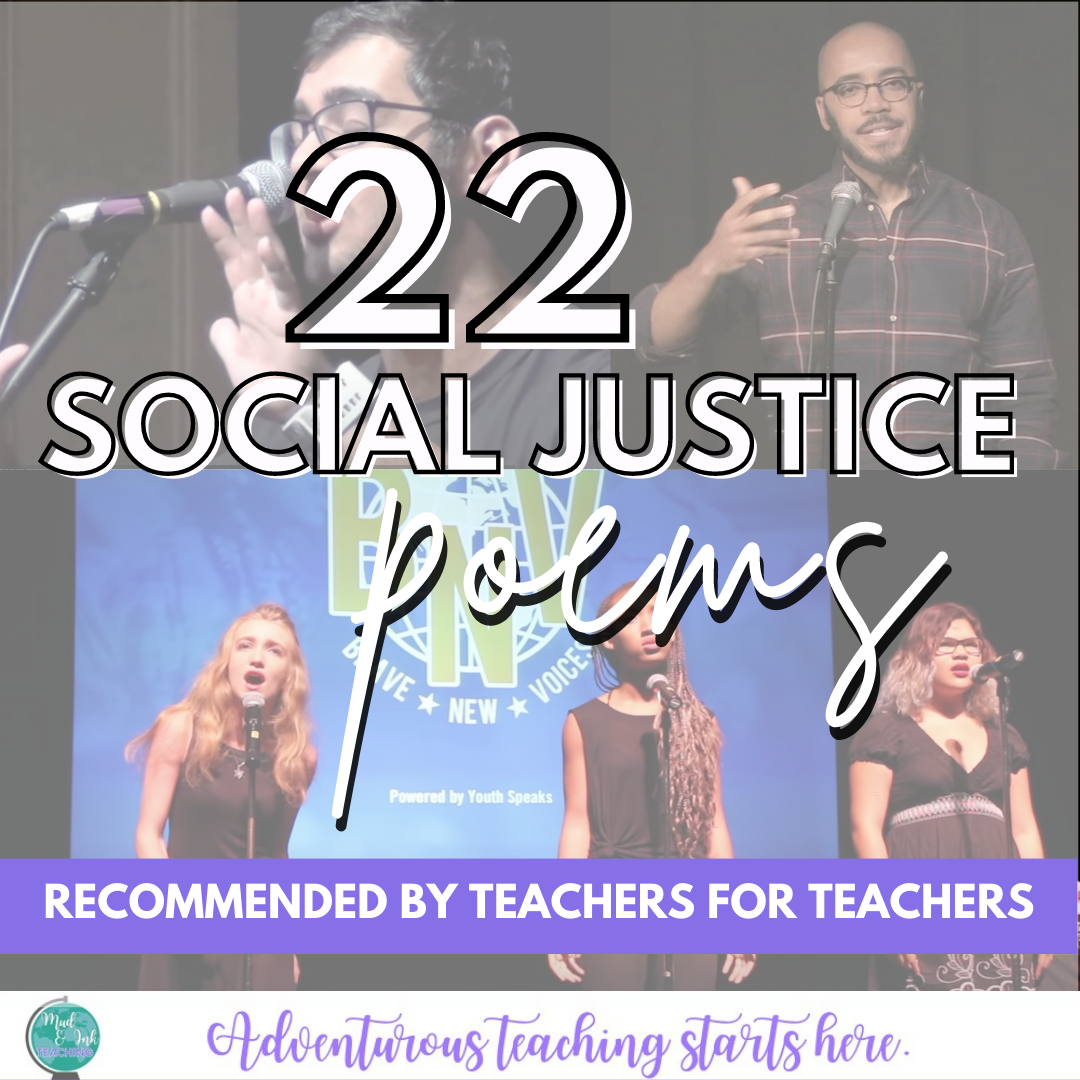



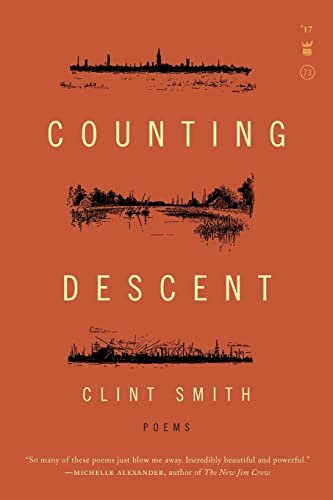
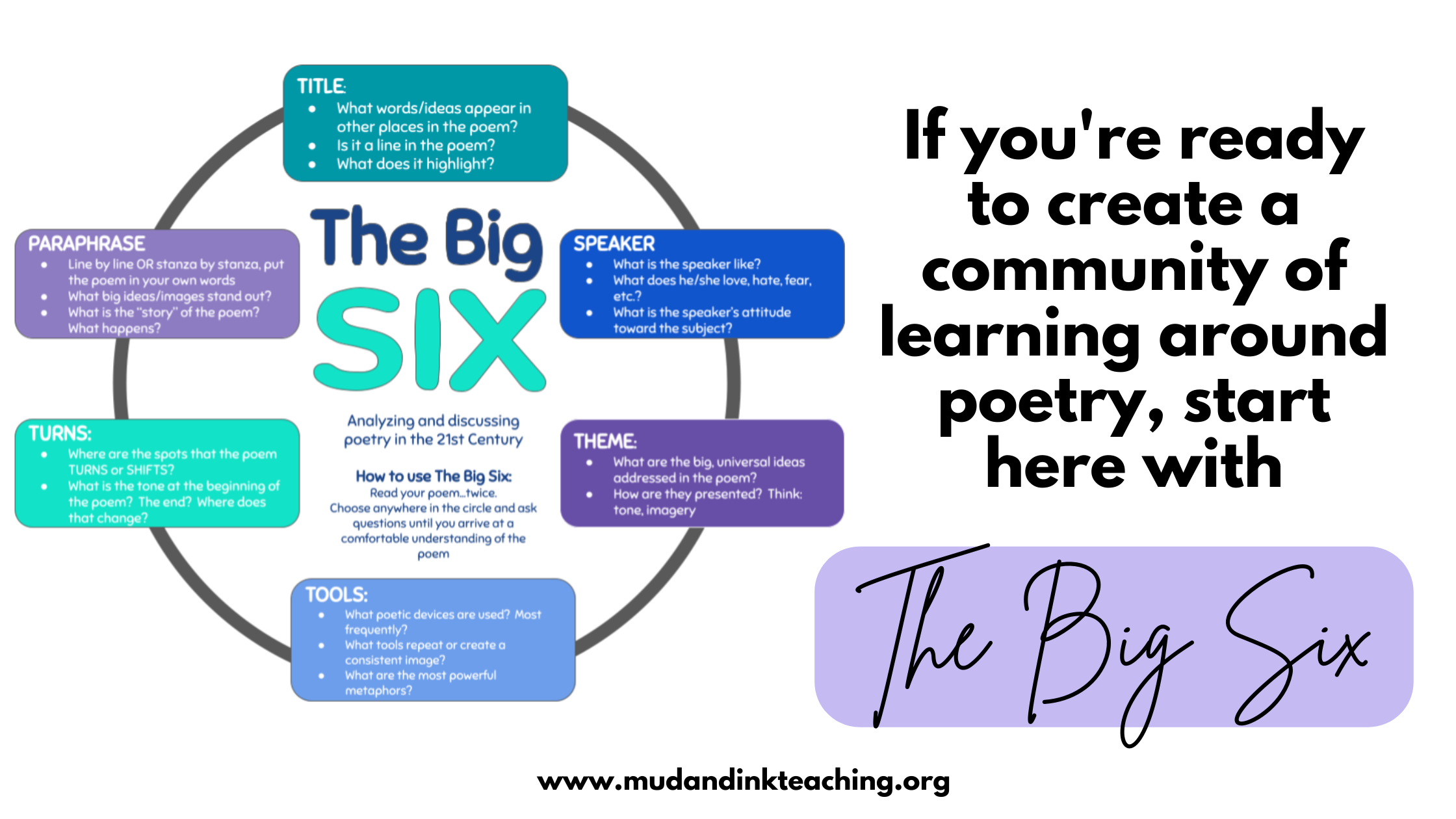




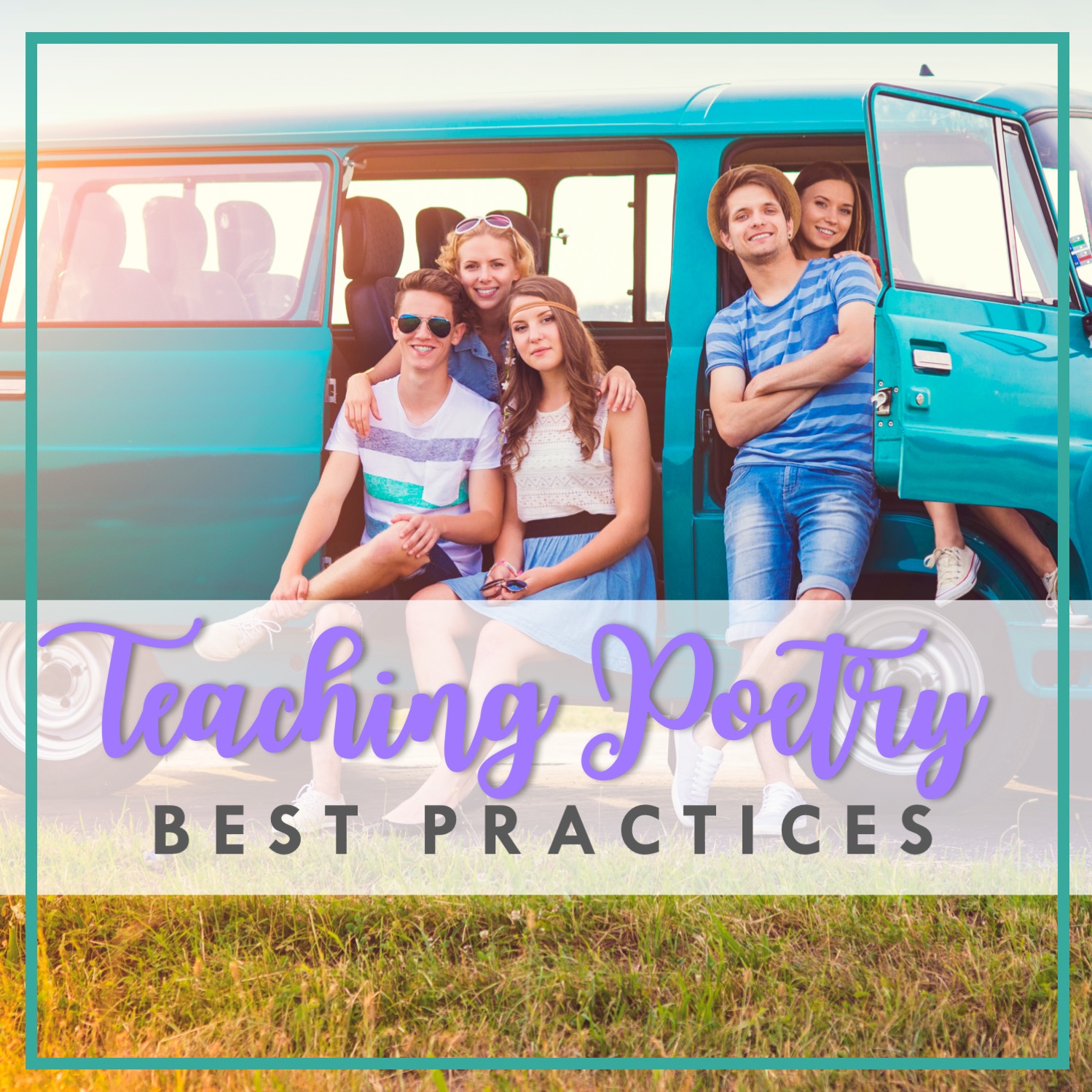
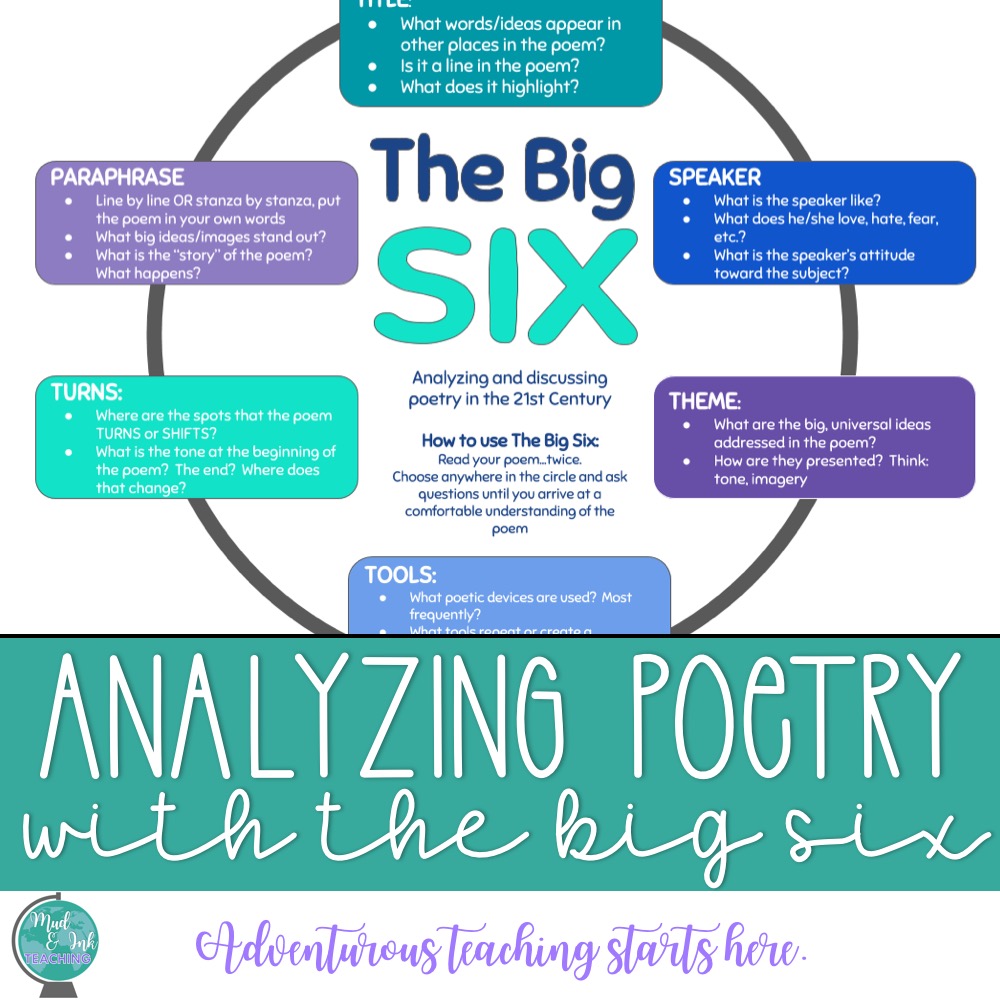
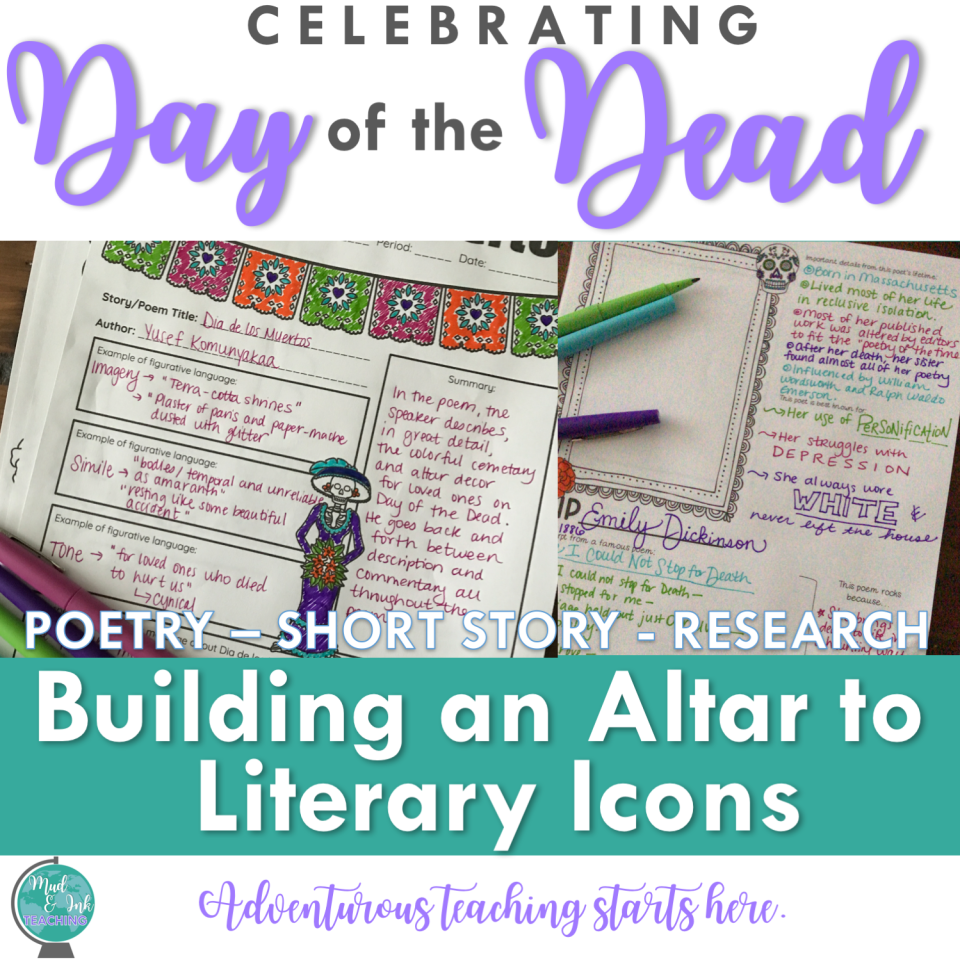
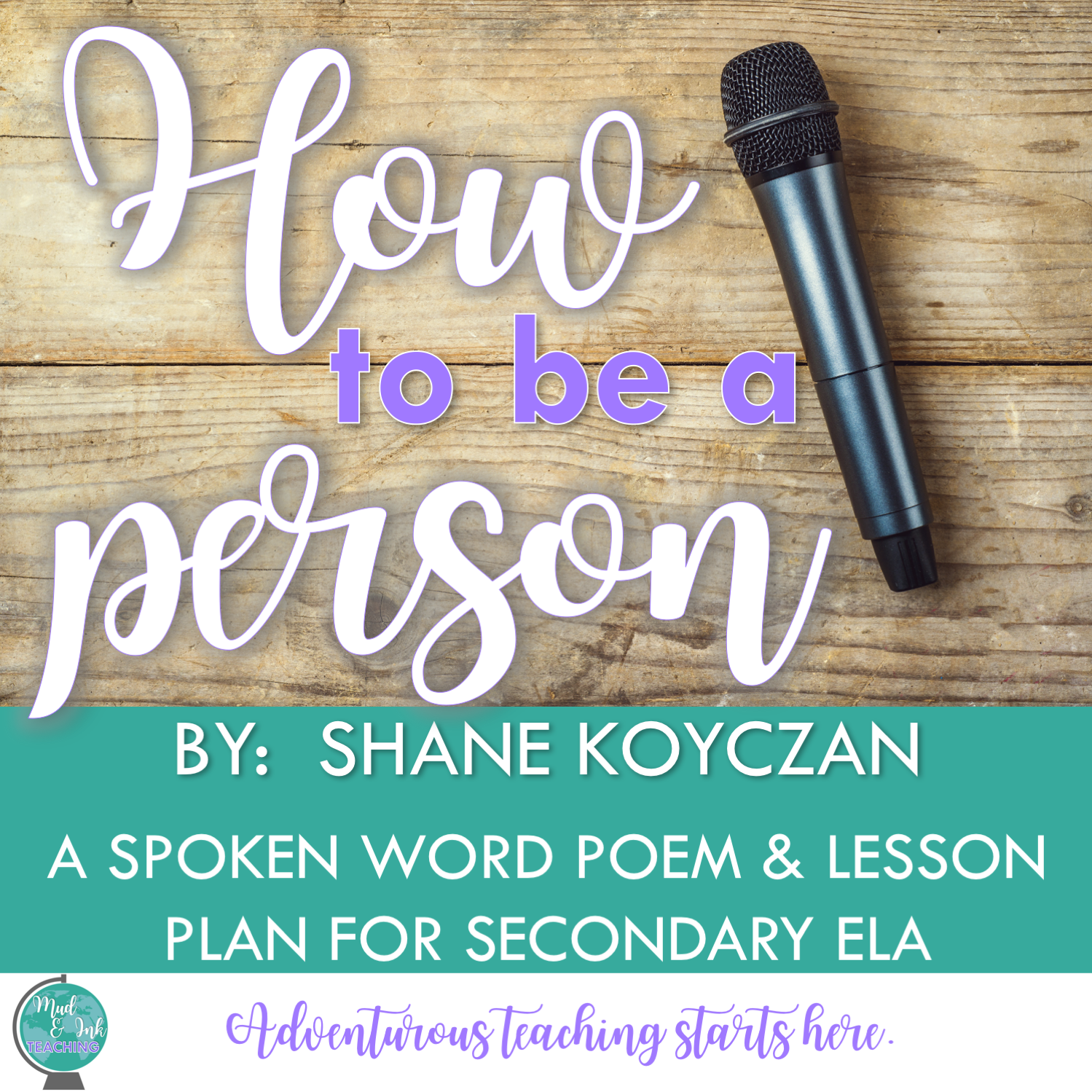



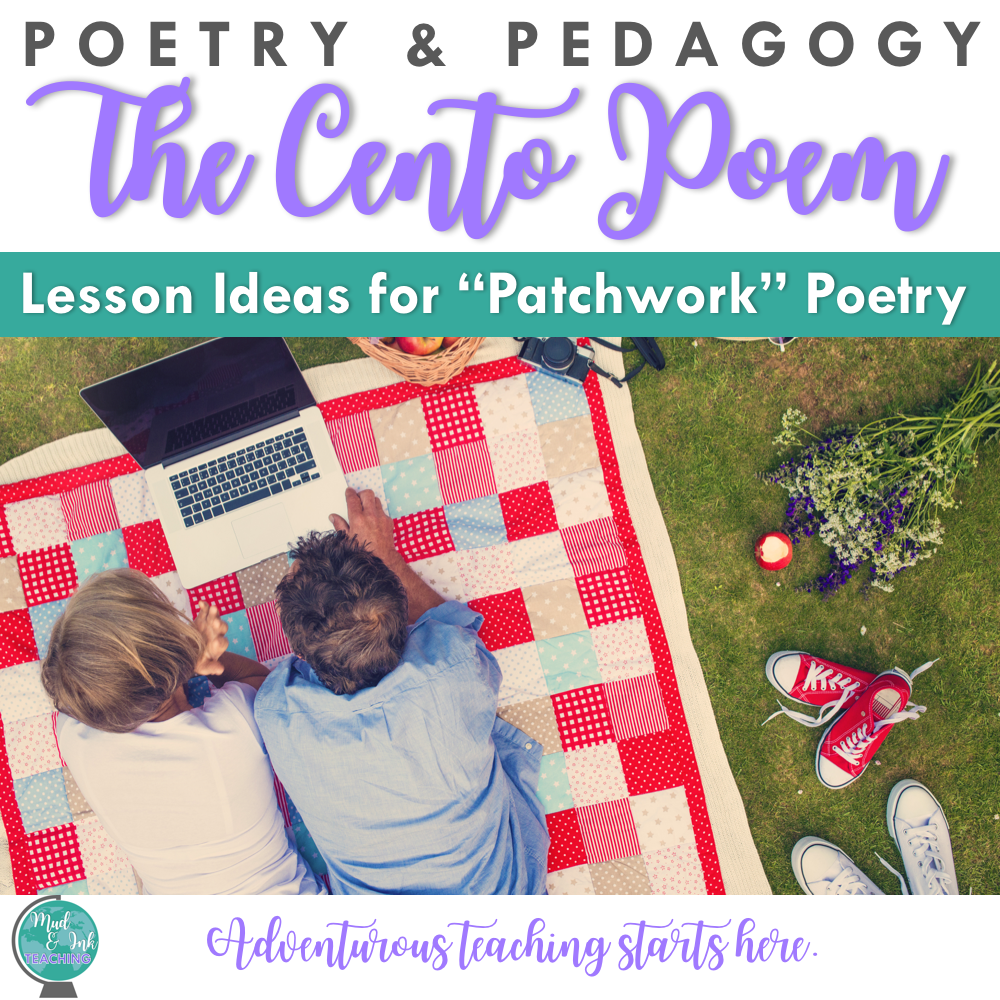










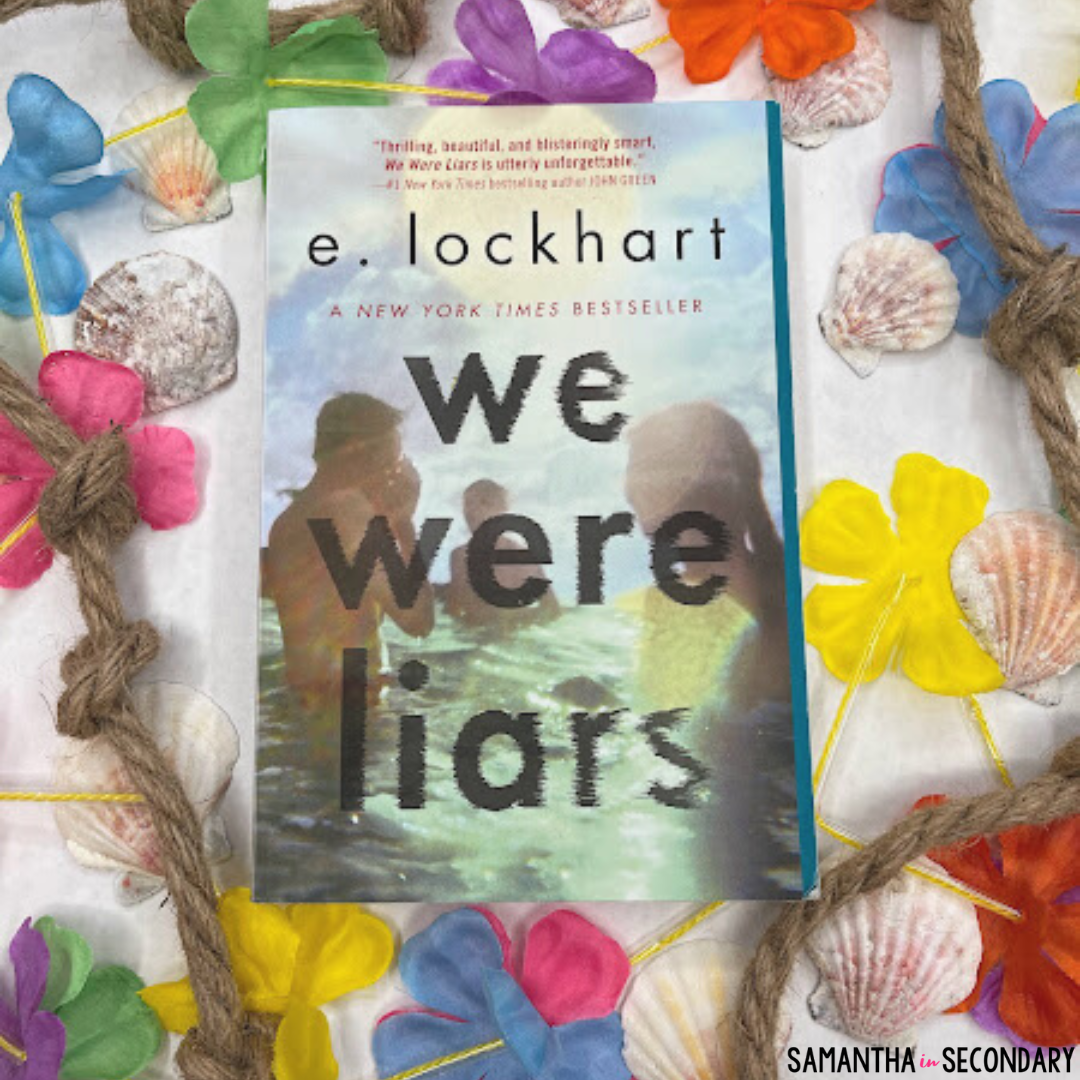
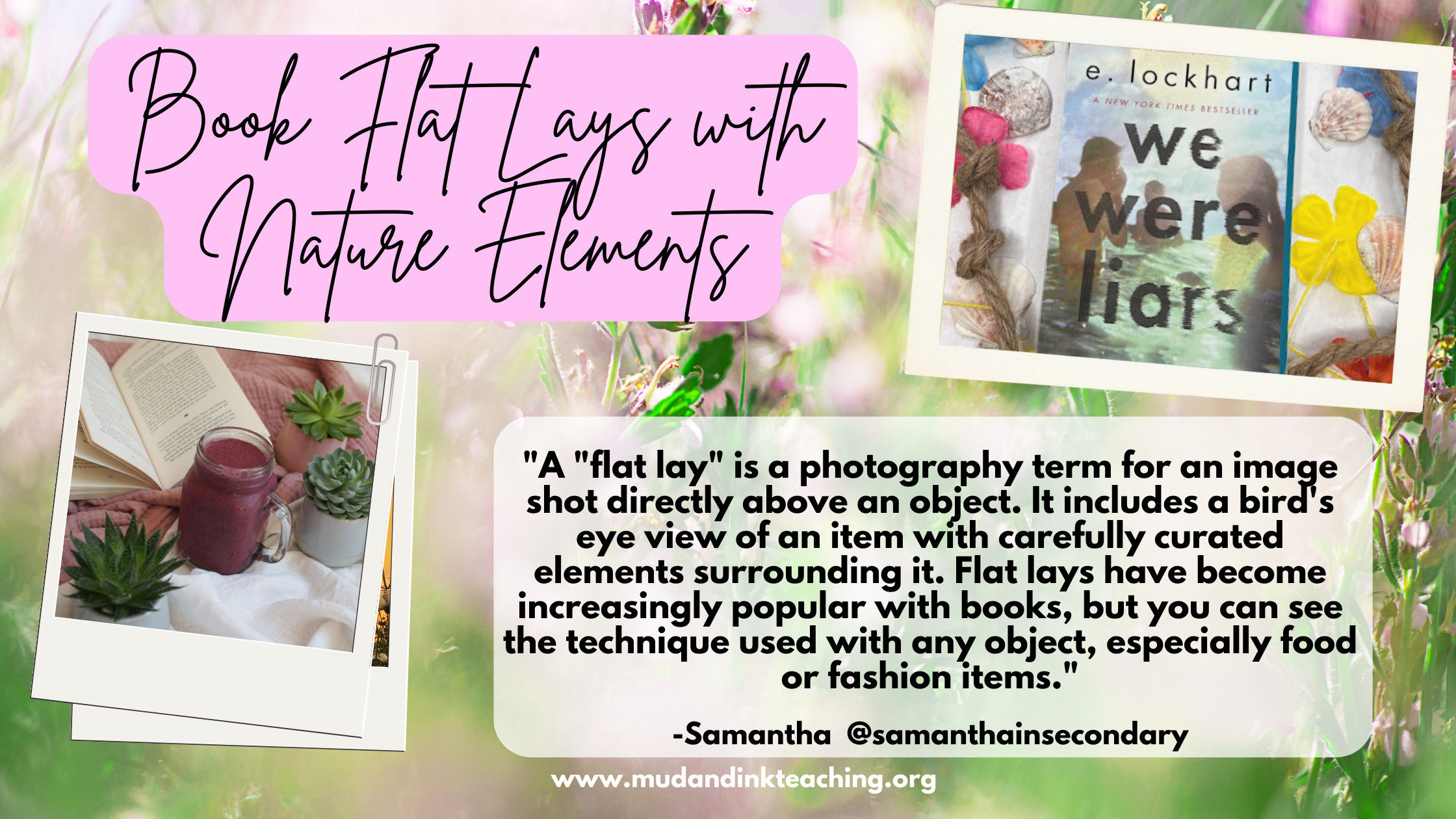













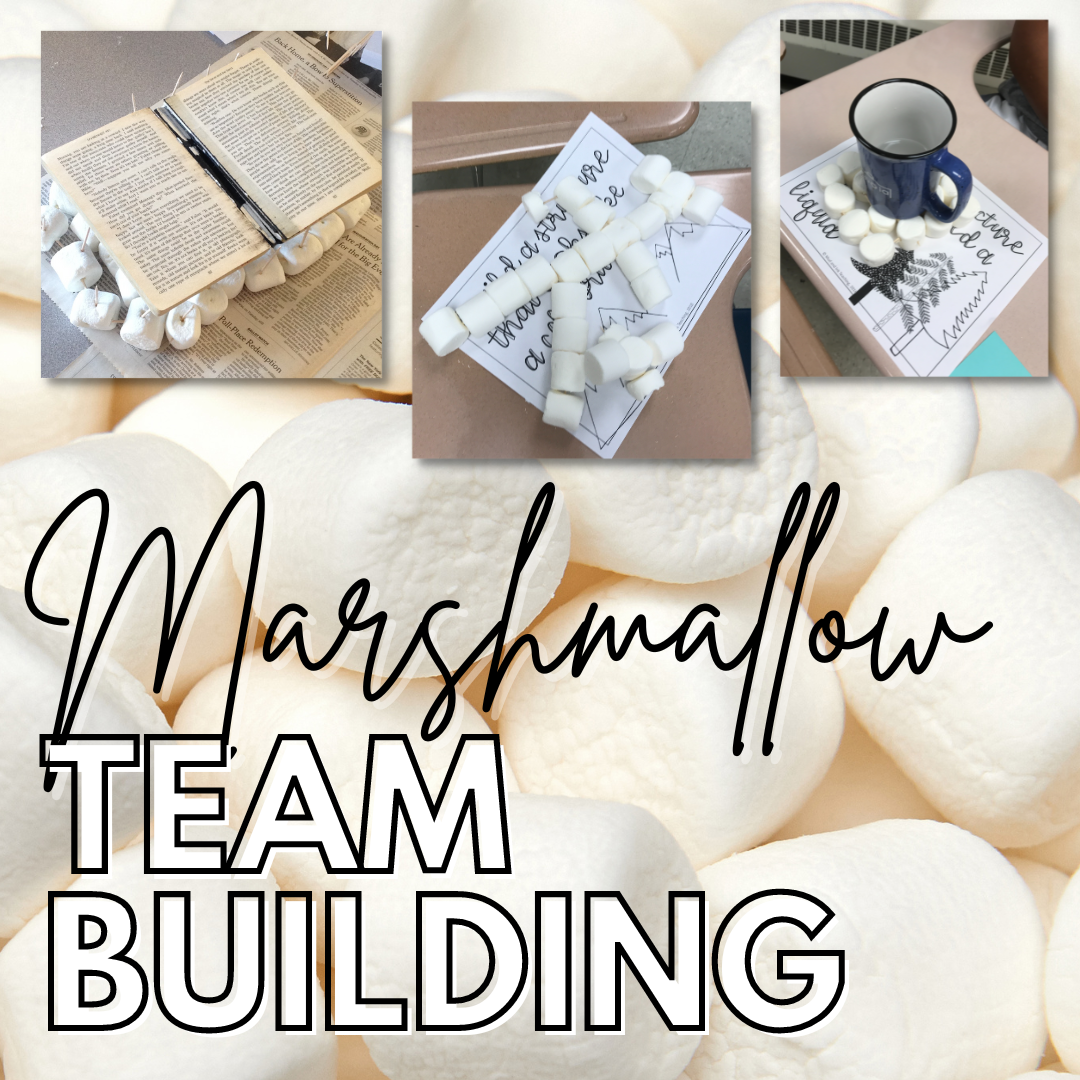
















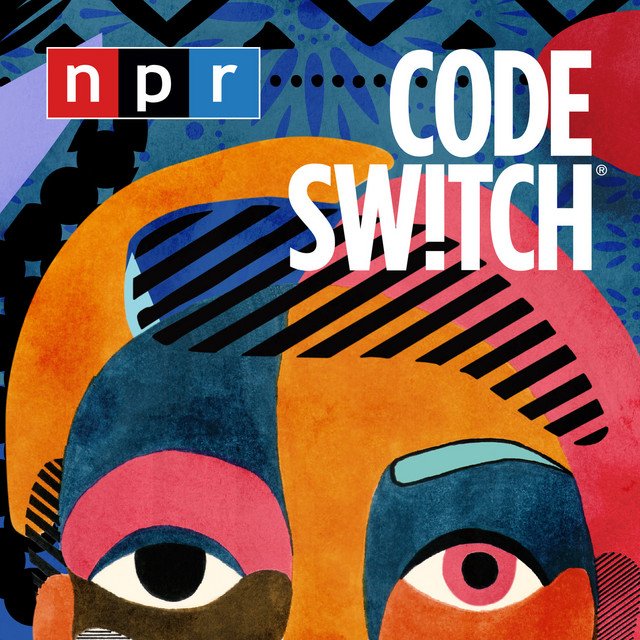



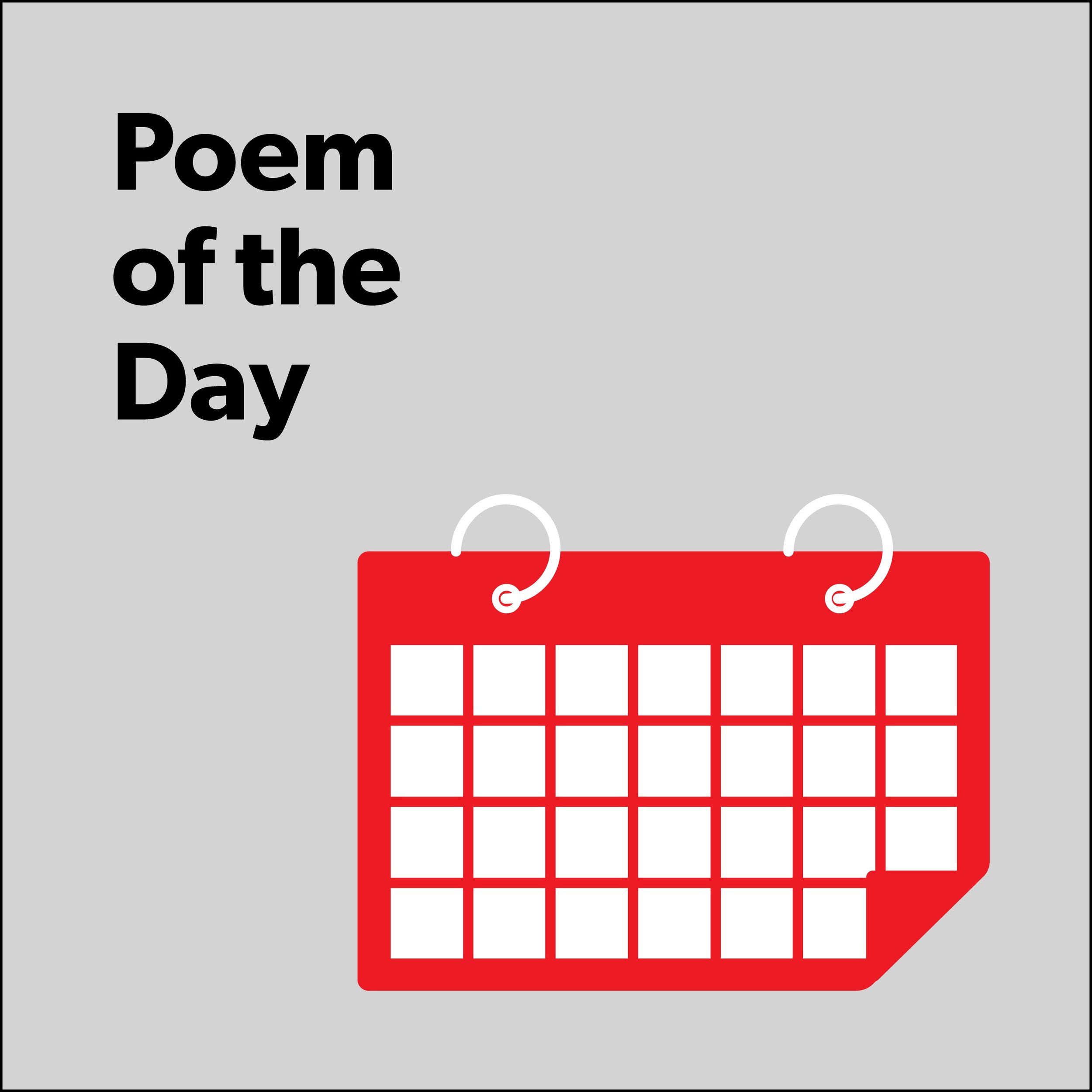
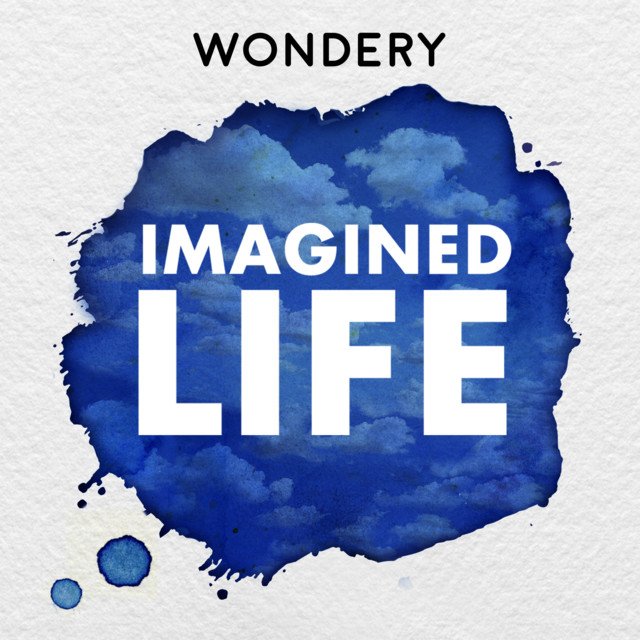

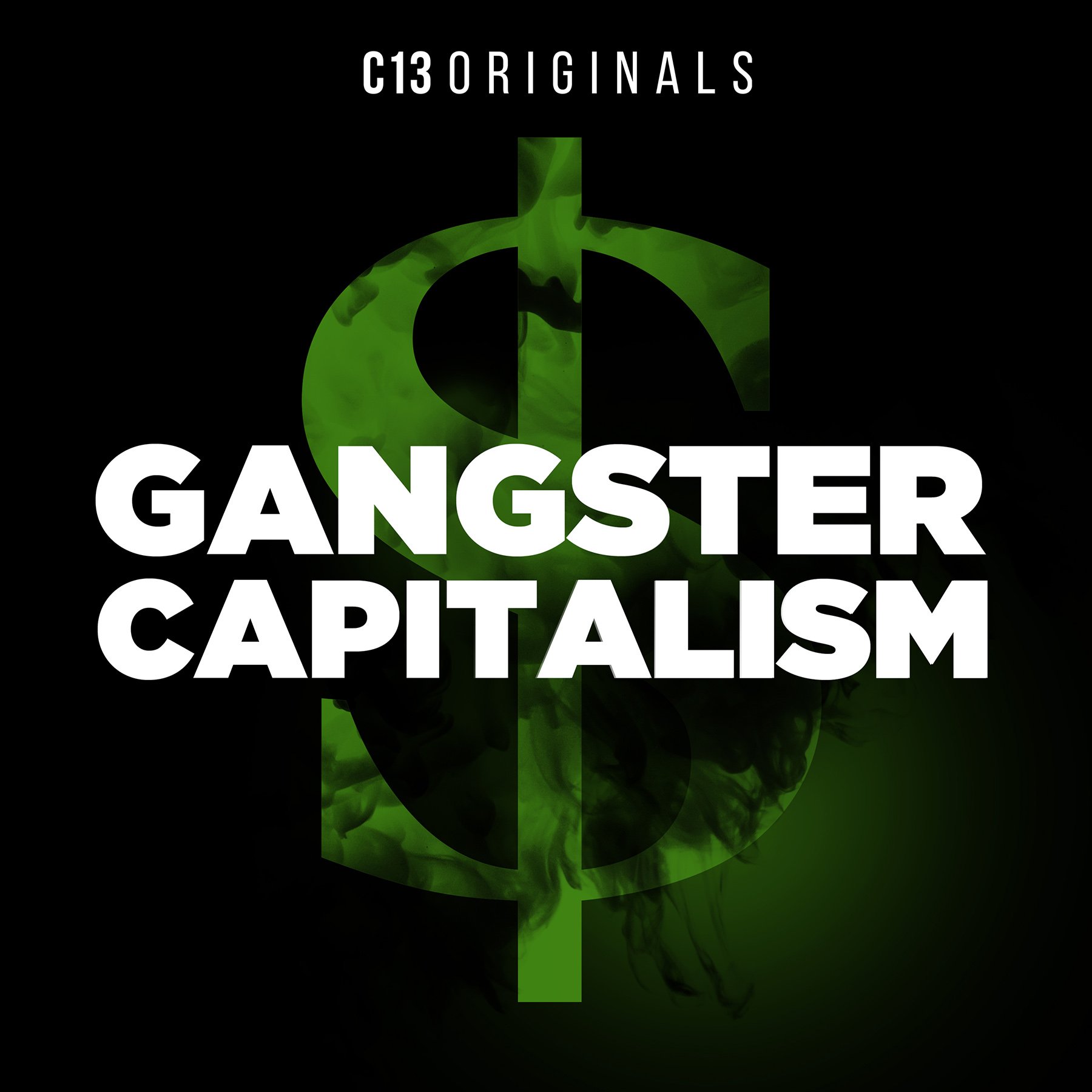
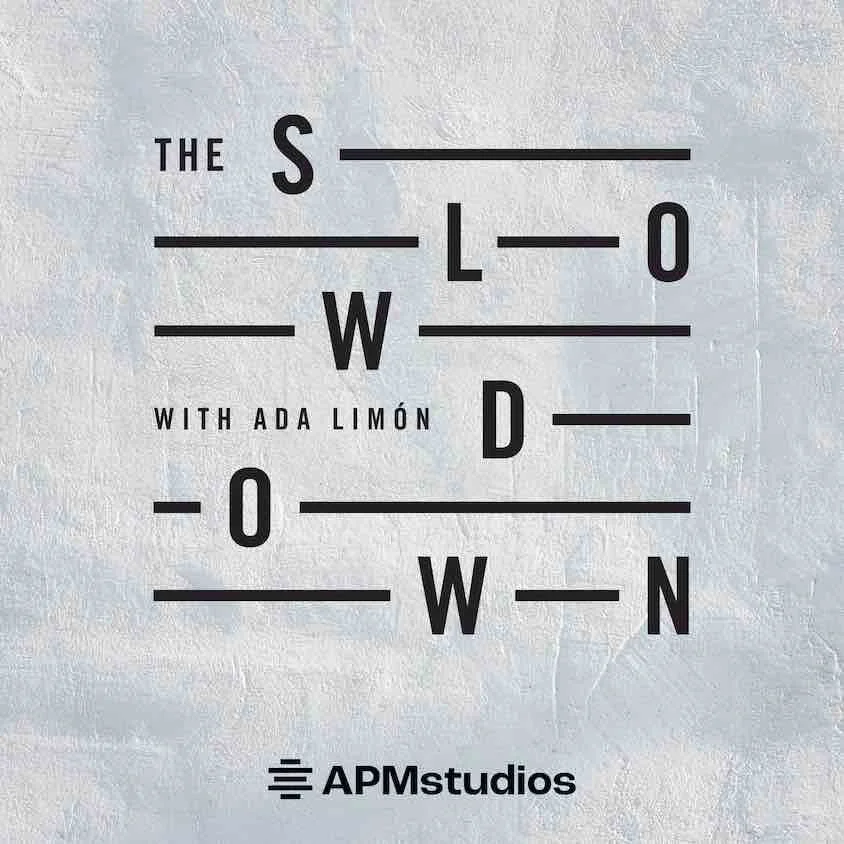

























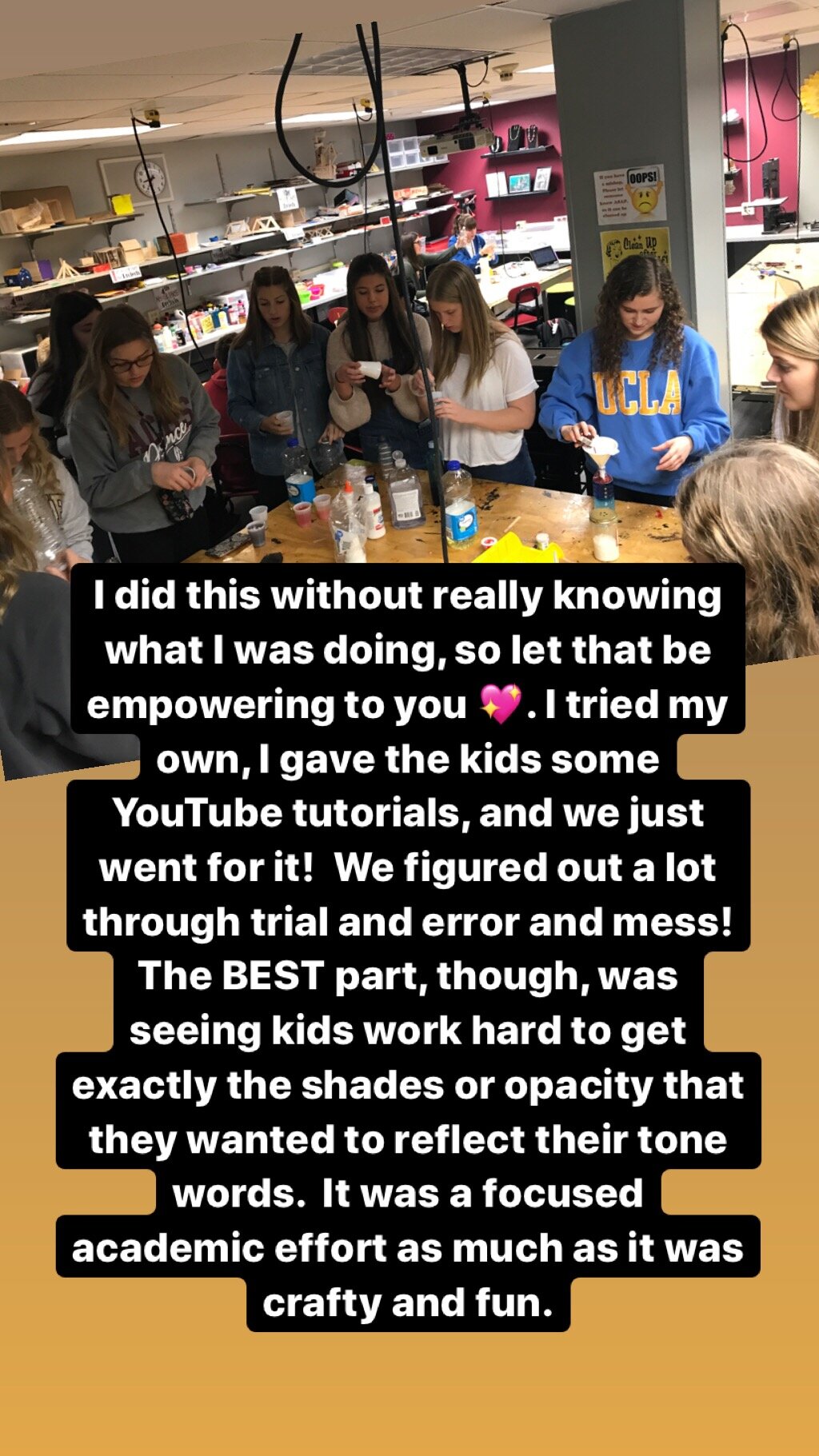
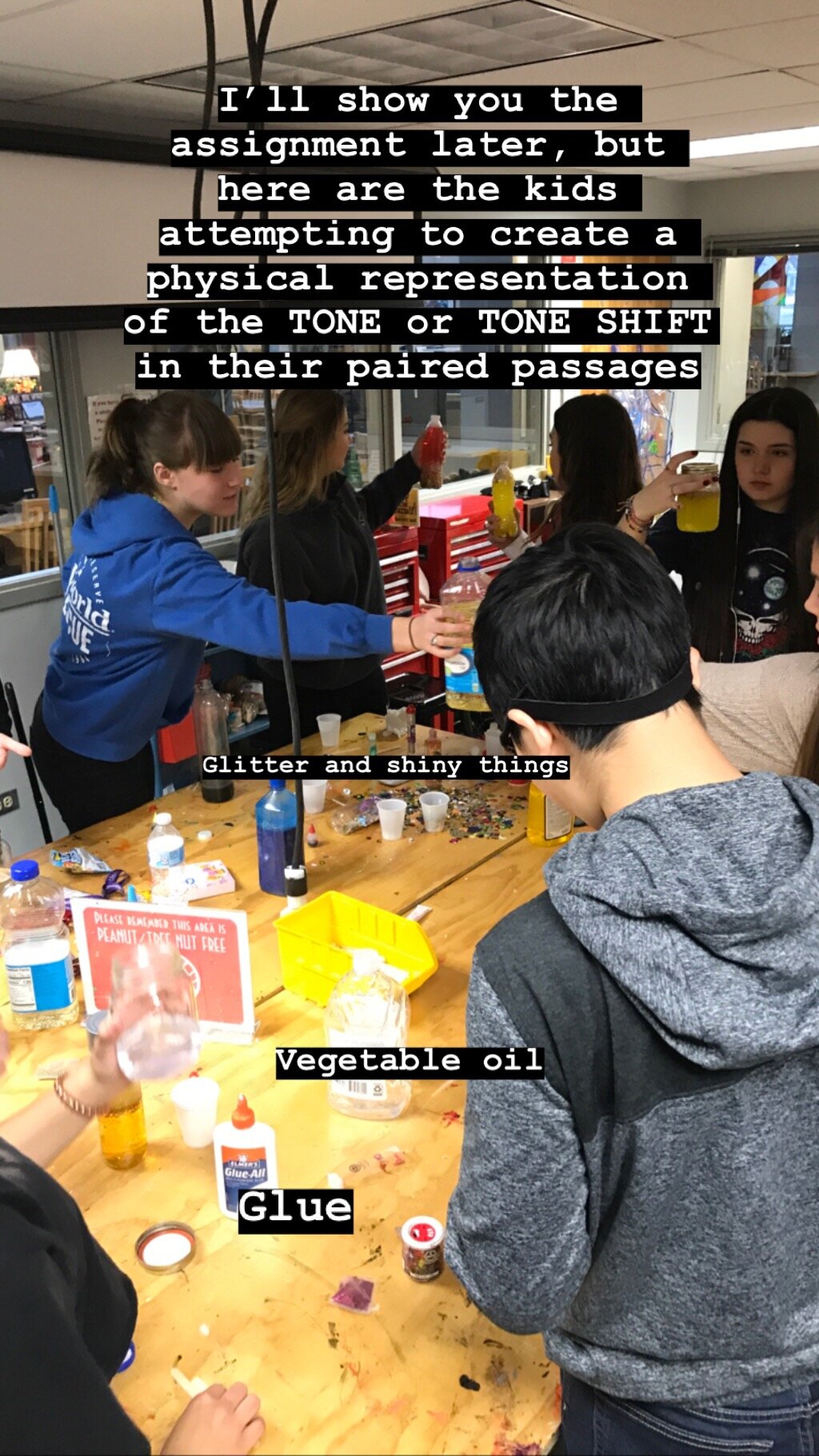
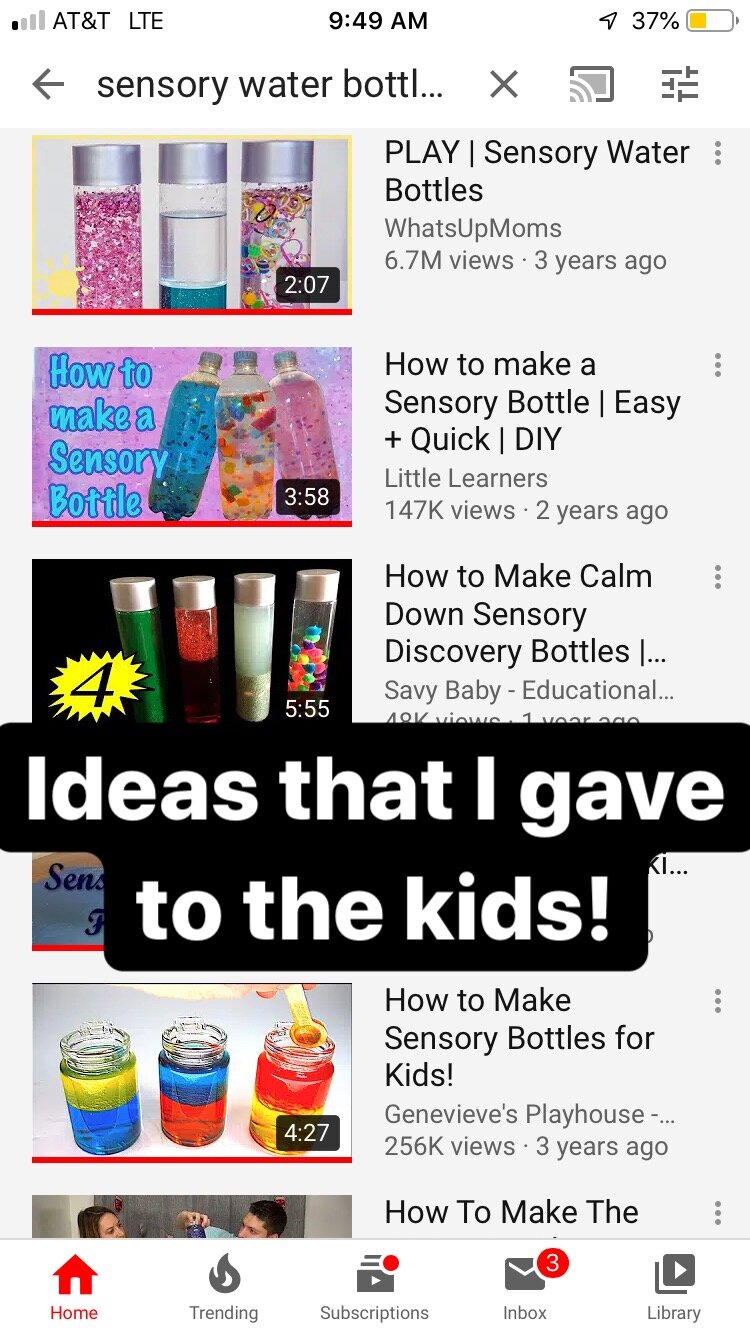
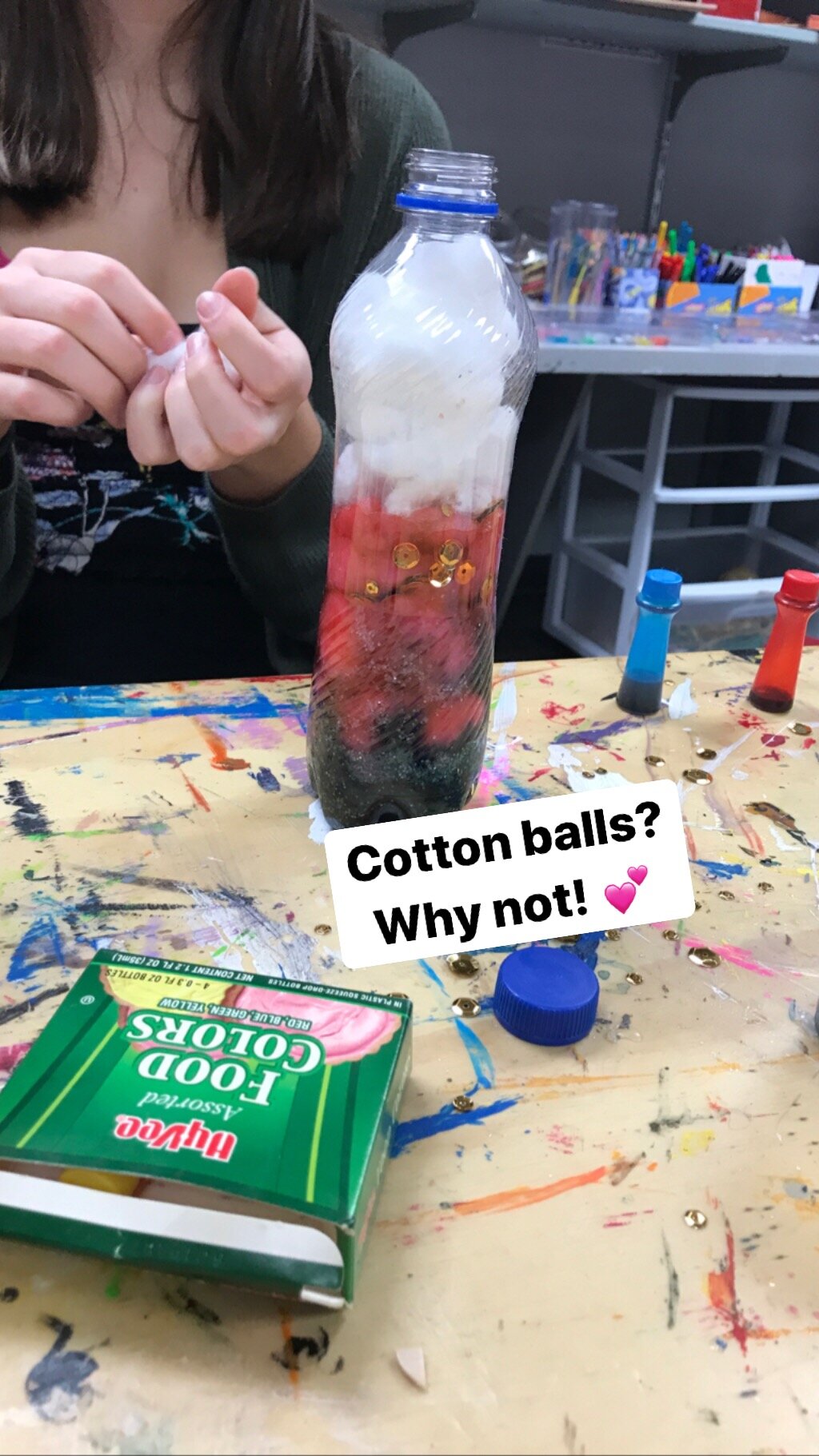






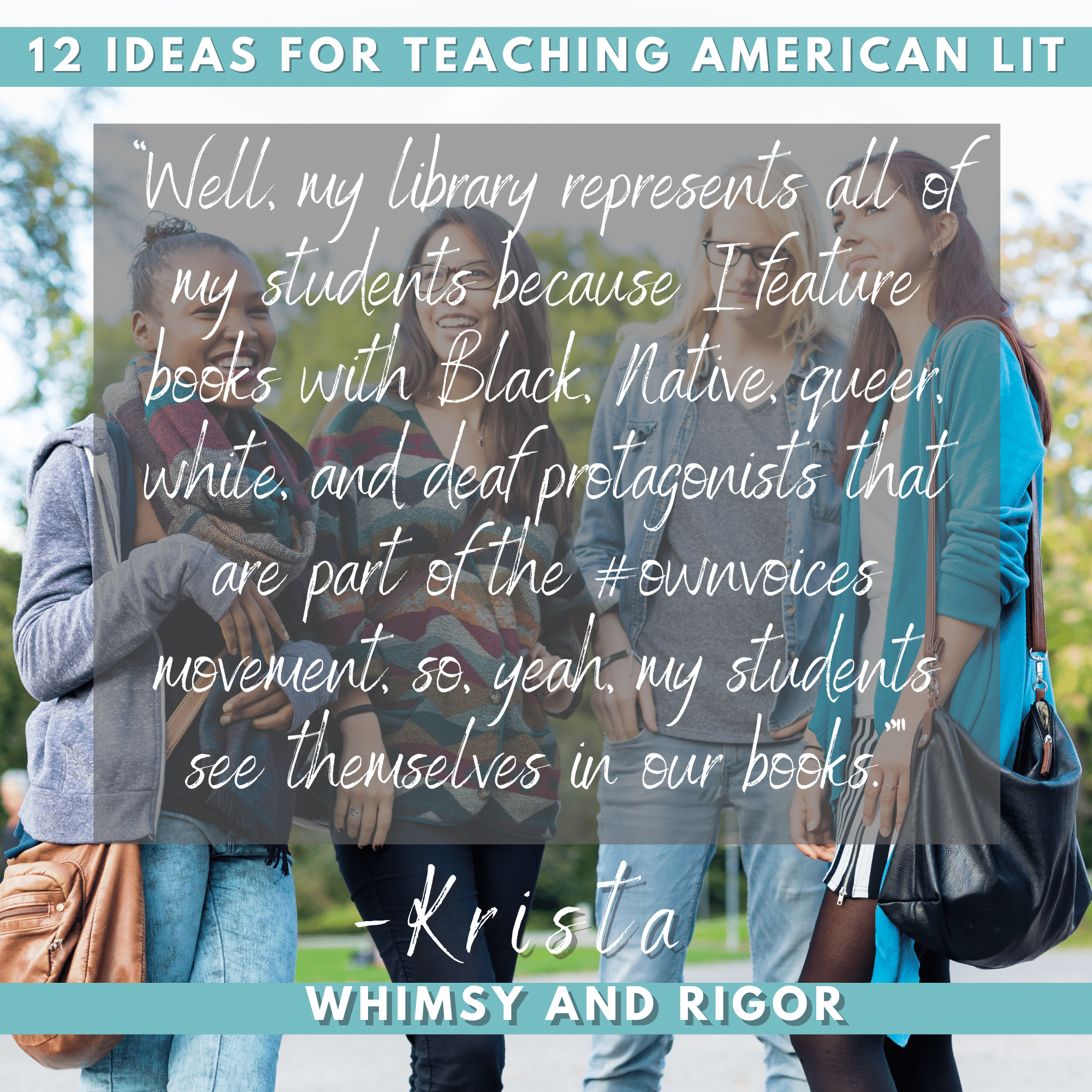





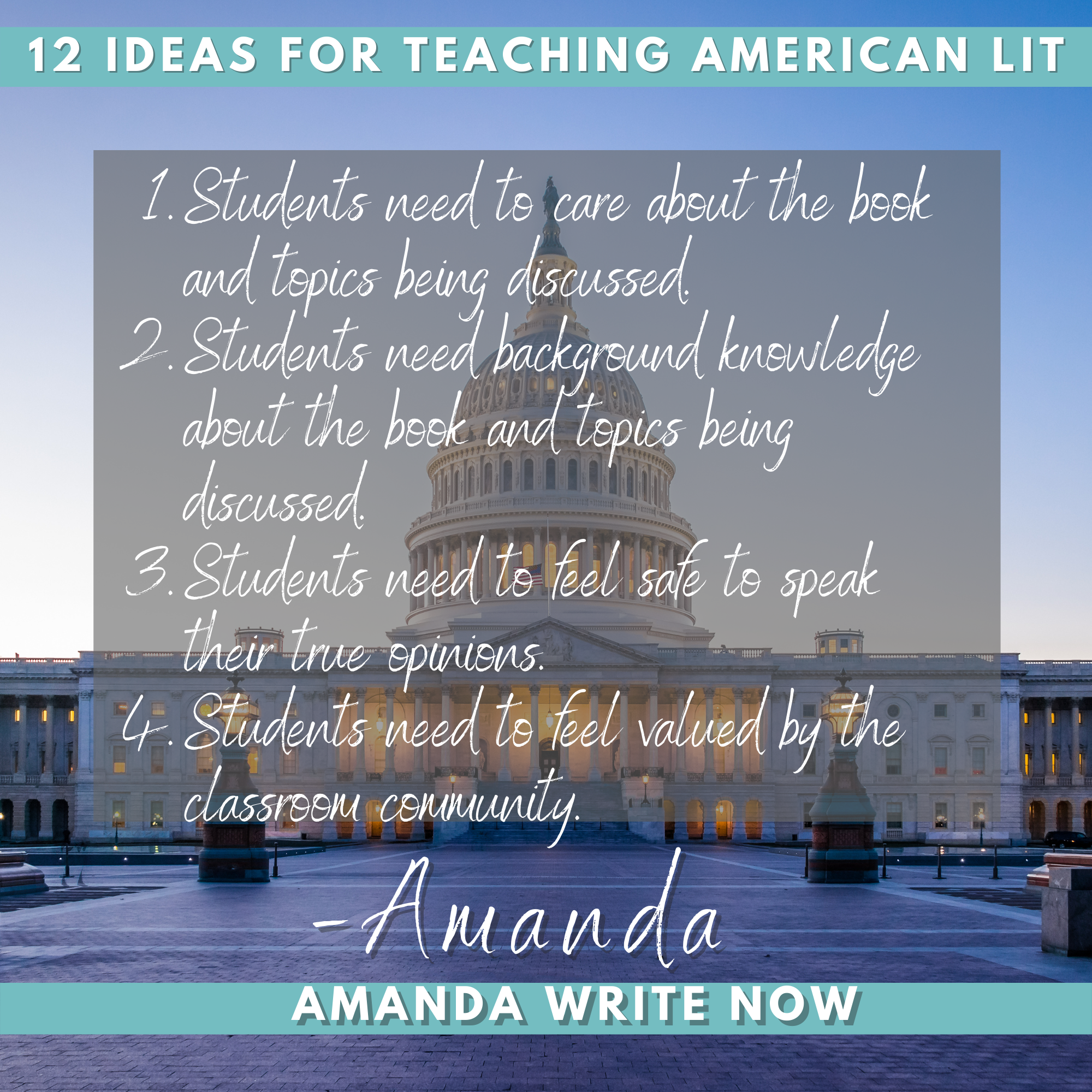

















![Where I'm From Poem [Autosaved].jpg](https://images.squarespace-cdn.com/content/v1/56f2c68022482eb8ffb71e44/1588468103432-ZH2GZZTYTNRBESPR3XV0/Where+I%27m+From+Poem+%5BAutosaved%5D.jpg)

